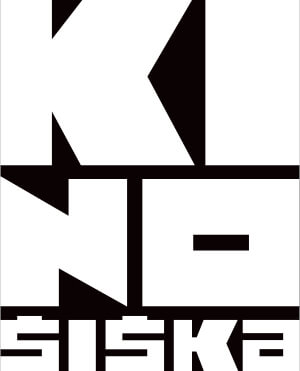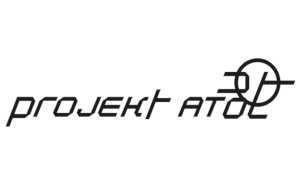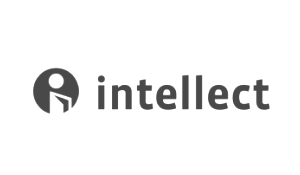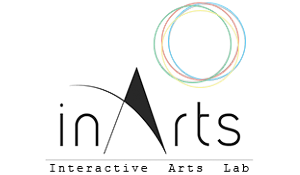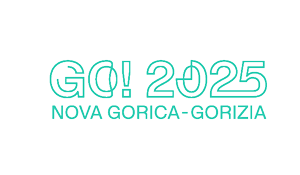Interdisciplinary Conference
TABOO - TRANSGRESSION - TRANSCENDENCE
in Art & Science
9-13 September 2025, Kino Šiška, Ljubljana
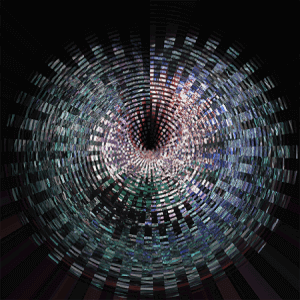

Elena Giulia Abbiatici is an art historian, researcher, and curator of contemporary art. She is a lecturer at POLI.design (Milan) and a PhD candidate in New Media and Critical Curatorial Practices at the Albertina Academy of Fine Arts in Turin and Université Paris 8. Her research explores the intersection of contemporary art, synthetic intelligence, posthuman theory, and decolonial thought, with a focus on speculative curating and poetic technologies. Her work often investigates the ethical, aesthetic, bio- and psychopolitical implications of human–machine relationships through transdisciplinary methodologies and hybrid narratives.
She has exhibited and developed projects at numerous contemporary art venues, including the first, second, and third editions of Something Else – Off Biennale Cairo (2015, 2018, 2023), the 56th and 57th Venice Art Biennale (2015, 2017), the 15th Venice Architecture Biennale (2016), the 15th Istanbul Biennale (2017), Berlin Art Week (2017), Manifesta 12 Palermo (2018), MACRO Museum, Rome (2012), AW Museum, South Korea (2018), Silent Barn, New York (2014), and BSBG – Italian Capital of Culture (2023).
Her research projects have been developed and/or presented at institutions including the University of Naples "L'Orientale", Tor Vergata University of Rome, Concordia University (Montreal), RWTH Aachen University, MOME – Moholy-Nagy University of Art and Design (Budapest), Politecnico di Milano, Lusófona University (Lisbon), Palazzo delle Esposizioni (Rome), and ISEA – International Symposium on Electronic Art.

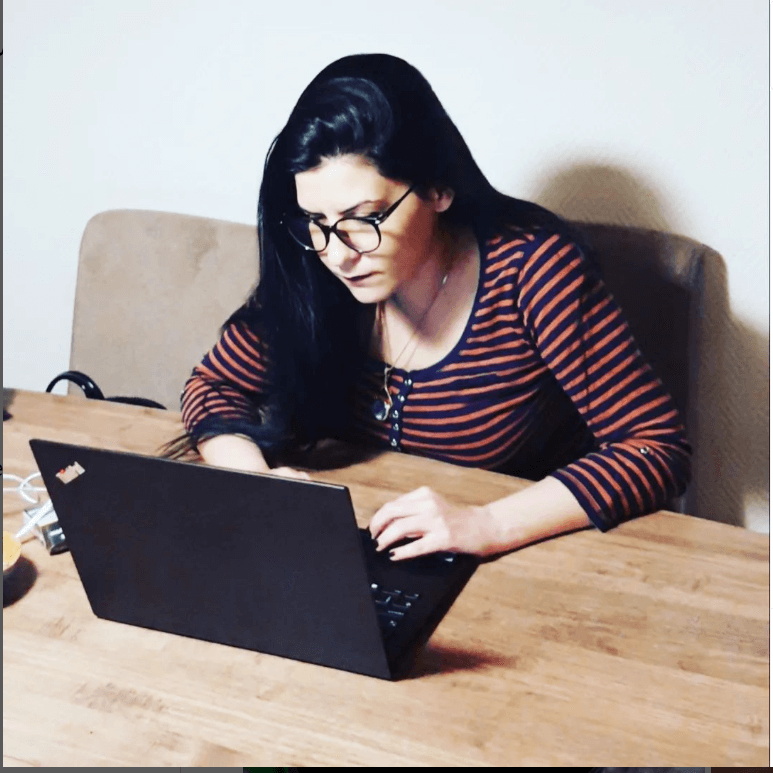
Başak Ağın, PhD, is Associate Professor of English literature at TED University, Ankara, Türkiye. She is the founder of PENTACLE, the first Turkish website on environmental and post-humanities (https://thepentacle.org), the author of Posthümanizm: Kavram, Kuram, Bilim-Kurgu [Posthumanism: Concept, Theory, Science-Fiction] (2020), and the Turkish translator of Jane Bennett’s Vibrant Matter: A Political Ecology of Things, which is currently in its production stage. In 2021, she edited the Turkish translation of Simon C. Estok’s Ecophobia Hypothesis (Routledge, 2018). She also co-edited two volumes, Posthuman Pathogenesis: Contagion in Literature, Arts, and Media (Routledge, 2022) and Beşerî Bilimlerin 50 Rengi: Çevreci, Dijital, Tıbbi ve Posthüman Sesler [50 Shades of Humanities: Environmental, Digital, Medical, and Posthuman Voices] (2023), the only handbook available for the Turkish academia in the relevant fields, the second volume of which is forthcoming in 2024. Her scholarly articles appeared in such journals as Ecozon@, CLCWeb, Neohelicon, Translation Review, Configurations, and EJES.
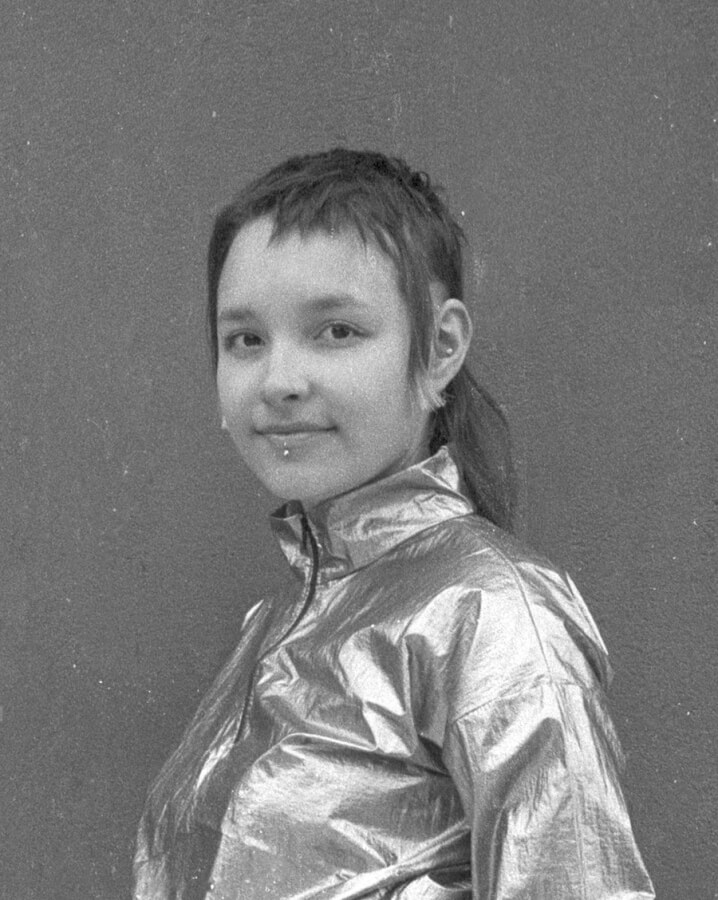
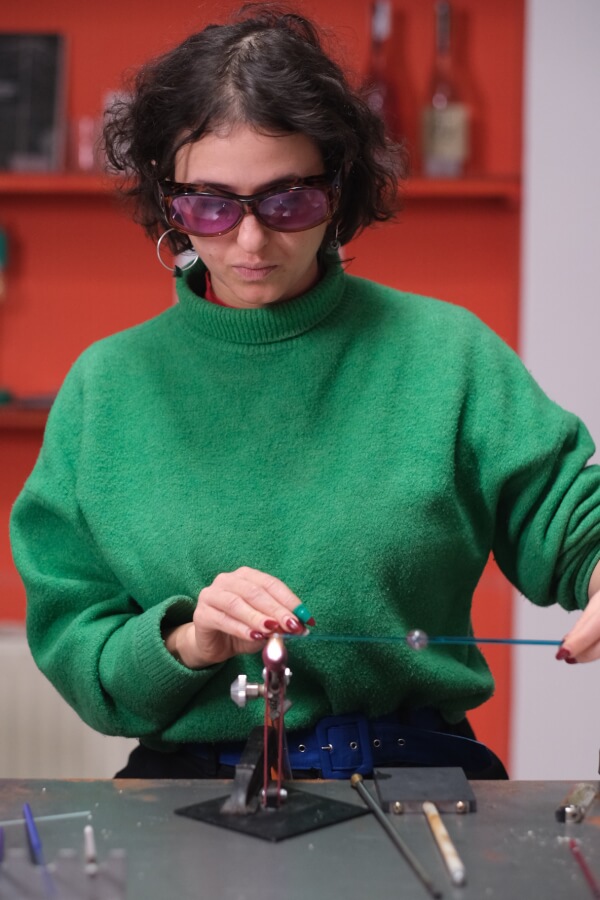
Rimon Alyagon Darr is a glass artist and cognitive scientist. In order to create multi-sensory works she often works with candy as a secondary material, using traditional glass blowing and sculpting methods on molten candy.

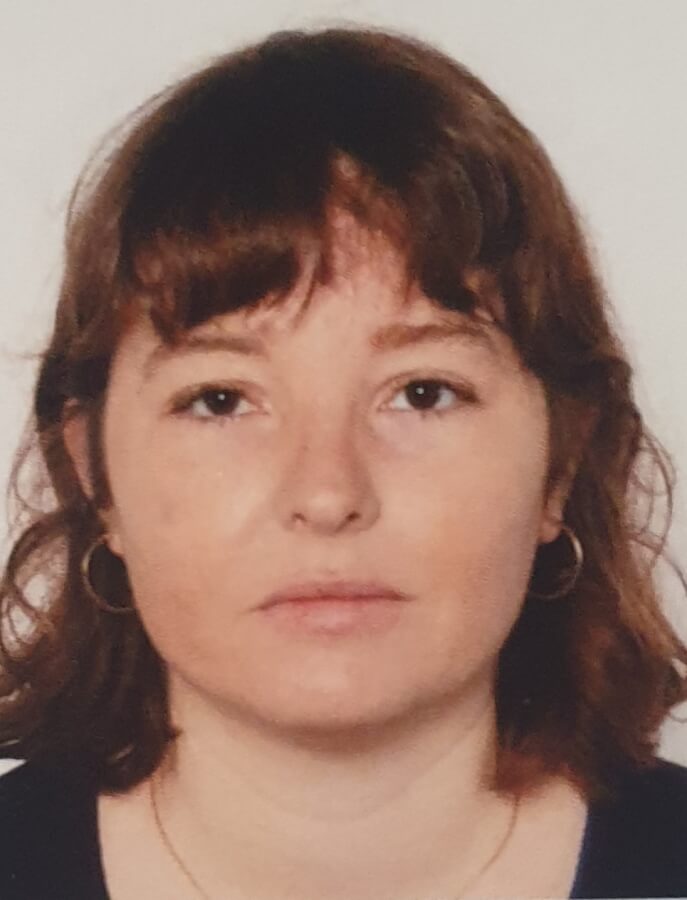
France and Montreal based
As a research artist Ph.D , she tries to demystifying the myth of singularity. Her works raise awareness of a philosophical, aesthetic, biological and anthropological vision. She wants to question our attachment to the ecosystem, while projecting possible scenarios; she criticizes the Cartesian separation between nature and culture. Her practice attempts to "disentangle" the codes and implications of computational society. Drawing on scientific methods and artistic inspiration, she regularly collaborates with scientists and engineers to create and design her installations.
Her artistic works are presented in Europe (Tabakalera, Frac NoA, Kapelica gallery, Ars Electronica, Wrofest, Basis e.V, Foundation Hippocrene, Galerie Vivoequidem, Centro Huarte ..). In 2024 she received a price from Artofchange21 for the price Art Eco Conception. In 2018, she founded a bio-art and technological research group called NeuroBioticArt.

Rudolf Arnold, a mathematics and physics graduate from the University of Ulm, has been a media educator since 1980, co-founding Radio Free FM in 1995. A cosplayer since 2006, he has embodied Hatsune Miku in "Still Be Here" and joined the smart fashion community in 2013. Since 2014, he has been an experimental musician and won Berlin's Fashion Hack Day awards. In 2018, he collaborated with Dr. Nicole Prause to develop a novel sensor for the sonification of sexual arousal, showcased globally. His "Pleasure Space Suit" concept debuted at the "7th International Congress on Love and Sex with Robots." Presenting as "Cassiopeia, the Science Space Girl," Rudolf's art merges technology, gender identity, and space exploration, with works like "Cosmic Caresse" featured internationally. Recent performances include "Cassiopeia's Secret" at NIME 2024, exploring themes of space sexology, music, astrophysics, and gender identity.
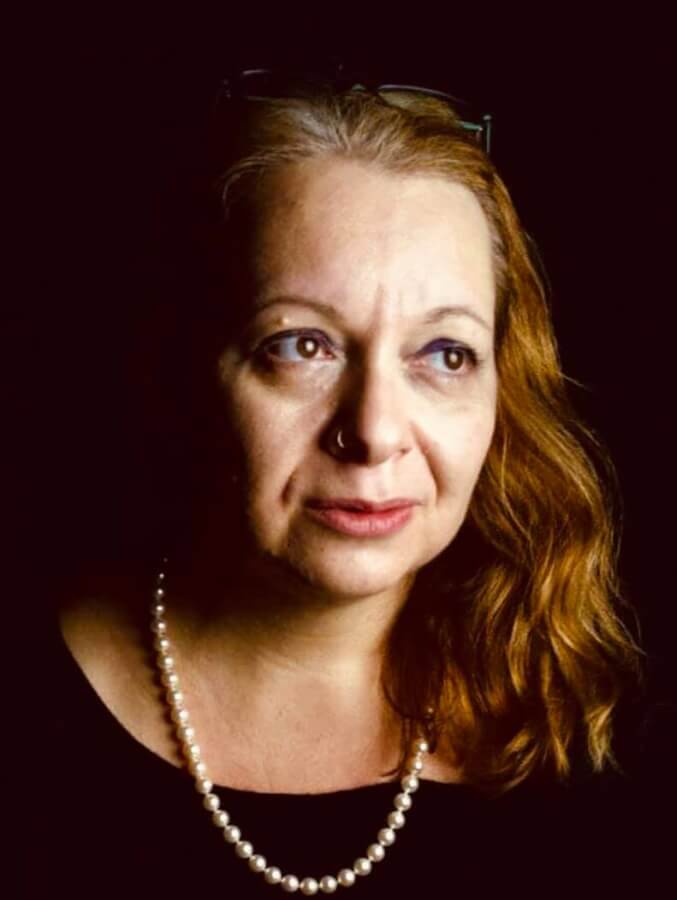
Dr Maria Athanasekou completed a PhD in art history at the School of Architecture, National Technical University of Athens, on the art of the Pre-Raphaelites, an MA in Renaissance Studies at the University of London, Birkbeck College and a BA in Archaeology and History of Art at the National University of Athens. She teaches art history at Frederick University, Cyprus and the Hellenic Open University. She has delivered papers at several international conferences which have been published and contributed with chapters to books, as well as having published books on art, art as therapy and education.
She likes telling art stories, to share and communicate through images. She believes that art has a lot of stories to tell, many of which, if not all, concern us or will, at some future point in our lives, as long as the field of our existence broadens.
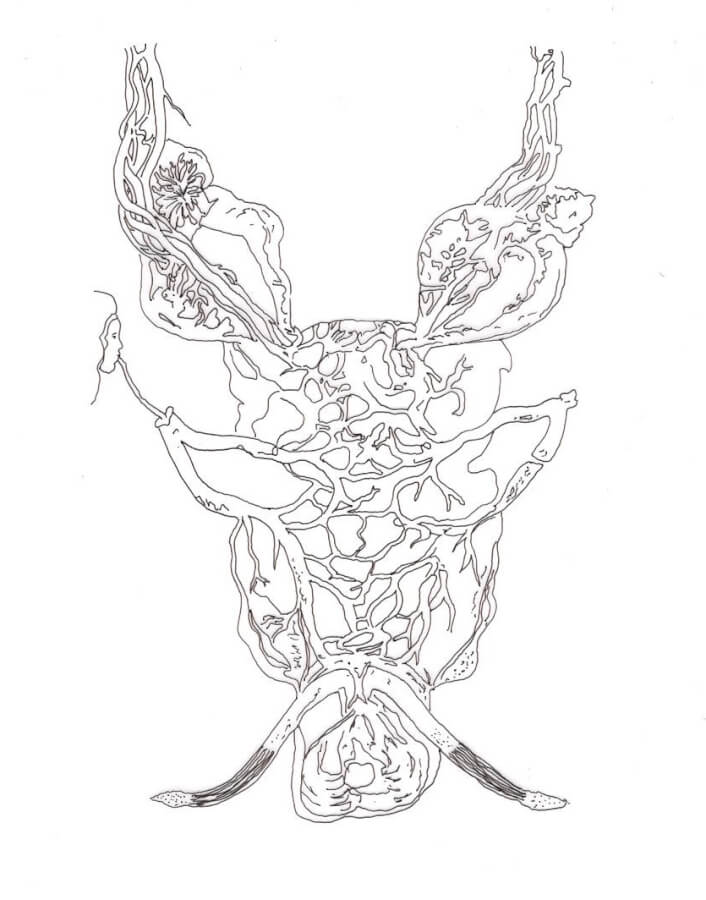
Irini Athanassakis lives and works as an artist and author in the Paris Region (F) and on Kea Island (Greece).
Trained in Sculpture, Transmedia Arts, Art History, and Philosophy (PhD), she co-operates with artists and scientists. Her art works and articles have been shown and published internationally. The topic of KORE and infertility is the focus of her current research, and the publication named POIESIS designed by Nik Thoenen through VfmK has been released in March 2025 and is to be followed by a series of exhibitions.
In her perspective, milk, hormones, and gametes are materials, agents, and systems of meaning and exchange, and are also seen as examples of symbiotic processes. She is the editor of the book 'MILK.' Gabe, Lust und Verlust (Design Nik Thoenen, Vienna: Passagen Editors), which won the Austrian Award for the most beautiful art book in 2018.
She collaborated with the microbiologist David Berry to publish 'STILLLEBEN.' Becoming Symbionts" in Performance Research on Microperformativity, edited by Jens Hauser and Lucie Strecker, in 2021. Objects, images, videos and performances on the milk and the microbiome have been shown in Le Générateur, Paris 2023, AIL Vienna 2022, Magazin 4 Bregenz 2021, Leonardo Lectures 2019 Art&Science Department at the Medical University Vienna and Cairotronica, Cairo 2018. "Almost White. Colors of Milk, a film and book edited by Salon für Kunstbuch in Vienna, have been presented in May 2024 in the Salon für Kunstbuch and at MISS READ in Berlin in September 2024. Her art-based research on KORE infertility has been showcased at TTT2016 on Corfu Island at TTT2020 online version based in Vienna and at TTT2023 on Malta (in collaboration with Dana Papachristou). The latest KORE show took place in June 2024 at Sehsaal in Vienna, and she will participate in Back to Athens in June 2025.
She is currently a Fellow at w+k, the Interuniversitary Institution for Science and Art at the University Salzburg and the University Mozarteum working on KORE in/fertility and also a Fellow at IPU International Psychoanalytical University Berlin on MUTTiER. Was nicht gesagt werden kann/ Kinder/Nicht Wunsch in Kunst und Klinik (MUTTiER. What cannot be said/WISH and NO WISH to have children) in art and in the clinic.

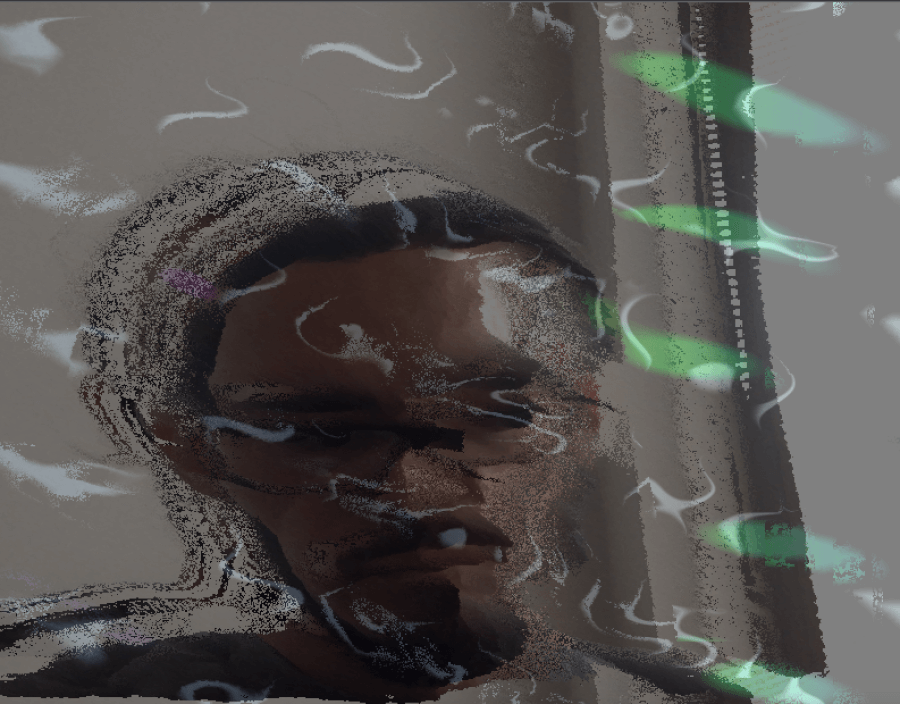
I am an independent researcher focussing on intersections of art and technology. My research proposes an embodied, yet not humanistic, understanding of art spectatorship from a perspective grounded in a critical reading of the theory of individuation. I am particularly interested in engaging with processes of spectatorship that act as vectors of (dis)orientation, challenging, deconstructing, and remodeling the embodied experience of living in cultures permeated by digital technologies. My current research project addresses the labour of audio transcription for AI projects as a performative process of spectatorship.

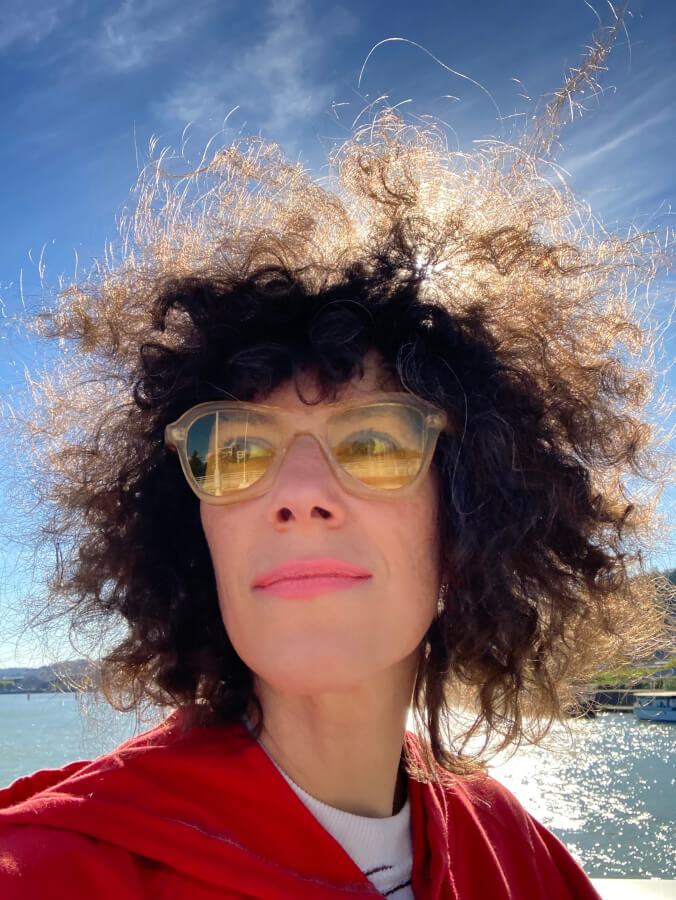
Cynthia Blanchette is a Canadian artist-researcher based in Finland, working as a Doctoral Researcher in the Department of Art and Media at Aalto University, and a member of the RAT research group led by Laura Beloff. Blanchette’s research interests fall into the abject facets of human-microbial-technological evolution. Within her artistic practice she re-evaluates ubiquitous cultural-societal notions of the lived experience through ideation drawing, artifact collecting, bioart, and textile art. Blanchette has a Master of Arts degree in Visual Cultures, Curating and Contemporary Art with a minor in Textile Design (Aalto University, 2021), and a Bachelor of Fine Arts degree (University of Saskatchewan, CA, 2014).
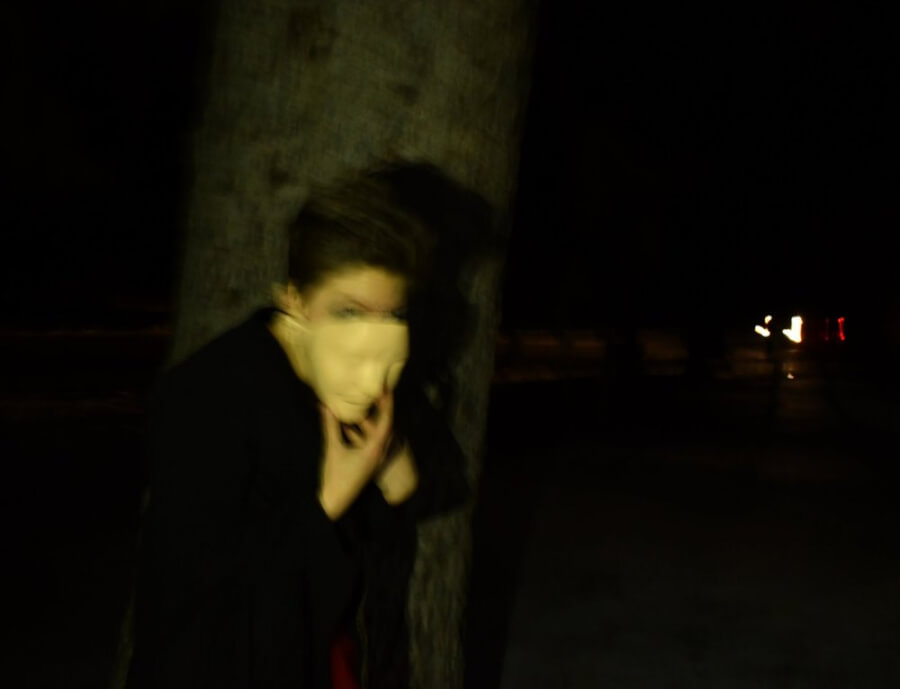
KS Brewer is a transdisciplinary artist-researcher and Ph.D. student of Electronic Arts at Rensselaer Polytechnic Institute, exploring life extension and preservation in technoscientific conceptions of present and future life, and alternative outlooks made possible from queer and abject standpoints of death and decay. Through experiential art, multiple senses, mediums, and technologies are incorporated together in search of affective intra-actions between human and/or inhuman beings.
KS holds a BA in filmmaking from NYU, and uses their training in time-based technologies and experience as a professional fabricator to inform their practice. Recent shows include Co-Prosperity Gallery of the Public Media Institute (Chicago, IL), the IOTA Institute at the University of Windsor (Windsor, Canada), the Conference of the Society for Social Studies of Science (Cholula, Mexico), and the Amatryx Gaming Lab & Studio (Buffalo, NY). Their work has been published in Forbes, Ravelin, and Hyperallergic, and their writing is published in Strange Matters Magazine and World Futures Review (forthcoming).

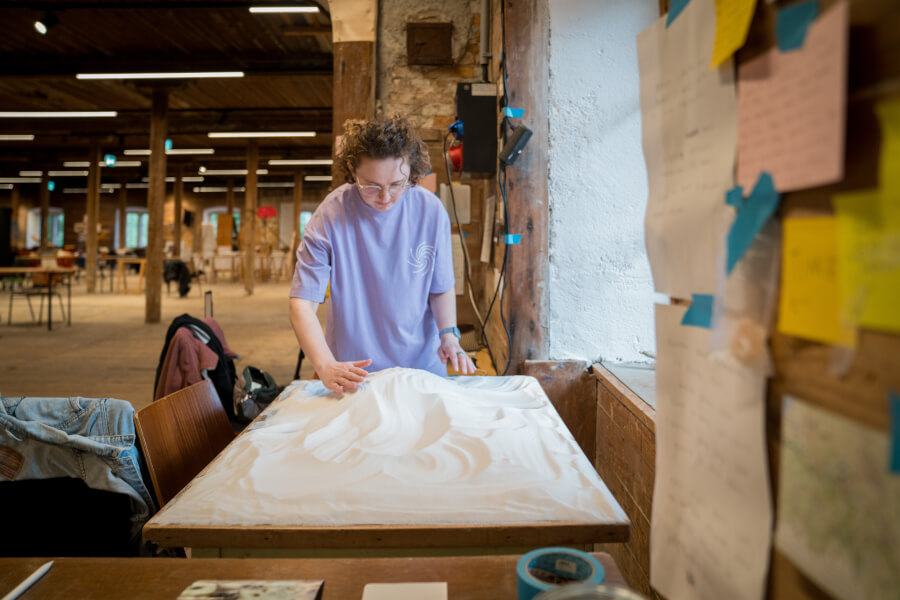
daniela brill estrada is an artist and researcher from Bogotá, living and working in Vienna. in her artistic work, currently focused on origin of life research and astrobiology, daniela shows matter that mutates, changes and interacts, to question and challenge western hierarchical taxonomies, disciplines, and categories. in her installations and research daniela questions the apparent static, binary, linear and mechanical existence of bodies, humans, societies, and systems, and looks for the complex, chaotic elements that guide them. daniela is currently an artist in residence at the SETI institute, and a PhD candidate at the art x science school for transformation.


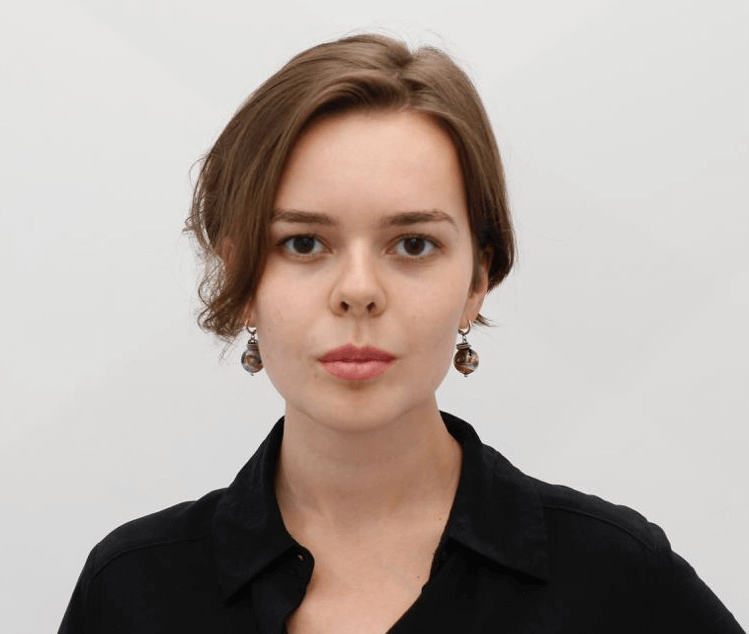

Melisa Cano (Spain, 1990) is a pianist and sound artist focused on contemporary music, free impro and new ways of sound expressions. Although she is an artist with classical music academic background, her artistic work aims to explore and experiment with sound using it as a bruit material, like electronic sounds created with supercollider/pd and soundscape recordings, and combining these sounds with improvisation, intuition and our natural environment. Besides, as a performer, she likes to explore different sound effects produced inside the piano sound box and the strings such harmonics, scraping or muting strings. She is part of Nonois, a recently formed free-impro group where she plays the piano and oramics_live (https://nonois.bandcamp.com). Oramics_live is a live version of Oramics, the graphic sound synthesizer by Daphne Oram, for iPad/tabled that she has programmed with PureData and Mobmupla (https://youtu.be/j6EJRS2f97U).
Oramics_Live was presented in the last edition of Piksel festival (Norway). In addition, as a contemporary pianist, she has participated in several festivals, like Festival Expresiones Contemporáneas (Mexico, 2022, 2019), Fluxes (Madrid, 2022) or SIM (2022, 2019).
ONICяA is her artistic name for sound art works: Onirical-Nuances + Irreverent-Creations + Realistic Attitude (https://onicramelisacano.bandcamp.com)
Melisa Cano holds a BA in Piano Performance (Consmupa, Spain), a BA in Piano Pedagogy (Metropolia-University, Helsinki, Finland), a MA in Contemporary Music (Royal Conservatory, Madrid, Spain) and a MA in Electroacoustic Composition (Katarina Gurska Music Institute, Madrid, Spain).
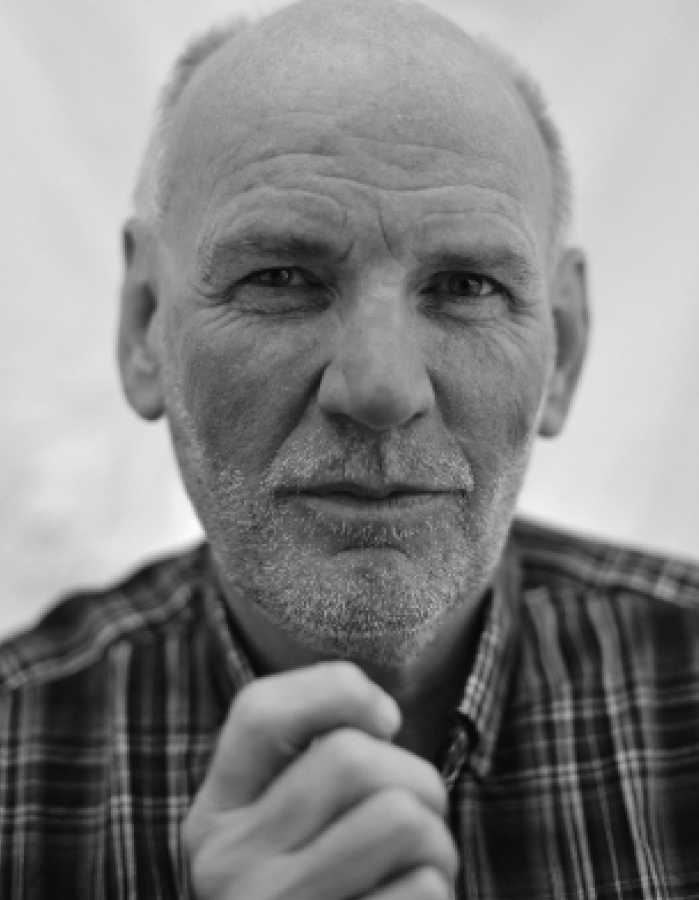
Andrew Carnie is an internationally exhibiting contemporary visual artist practising in the UK. His main concerns focus on the interface of art and science, often working in collaboration with scientists, though not exclusively. His approach is media agnostic, using methodologies and media as informed by the context, concepts, and concerns. Drawing, painting, and sculpting have an enduring place in his practice, but video, projection, and installation are his primary strengths. He creates environments that are endlessly fascinating around subjects, like heart transplants, metabolism, and neurological conditions that intrigue him, and engage audiences in how we see ourselves through the world of science.
Recent work has been shown at the Fundación Telefónica, Madrid. the CCCB, Barcelona, Brain Observatory, RSU Anatomical Museum, Riga, and Spencer Museum, Kansas.



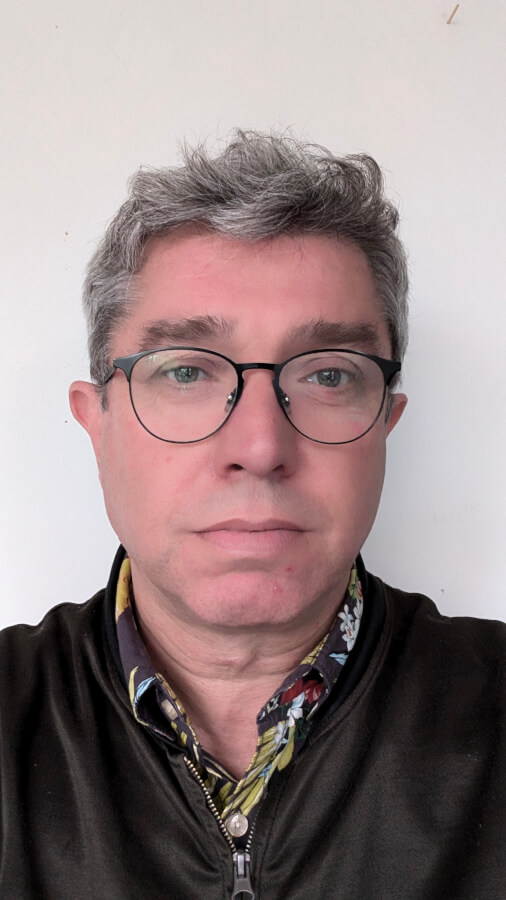
Ewen Chardronnet is an artist, author, journalist and curator based in Paris. He is currently editor-in-chief of the bilingual web magazine Makery.info and coordinator of the Creative Europe cooperation programs “More-Than-Planet” (2022-2025) and “Rewilding Cultures” (2022-2026). In his work, he is interested in practices, tactics and speculations that connect artistic research and scientific knowledge to the creation of social situations that intertwine discourses and shifts of perspectives in the very fabric of society.
https://www.makery.info/en
https://laboratoryplanet.org/
https://roscosmoe.org

Alejandro Chellet is a Mexican multidisciplinary artist, curator, and cultural practitioner working across Europe and the Americas. Holding an MFA in Performance from the Norwegian Theatre Academy, their practice explores coexistence, urban-rural migration, and environmental issues in post-pandemic society. Through participatory art, they challenge food distribution in capitalism while promoting organic farming and communal cooking.
Their work spans social practice, video, installations, urban interventions, and performance, incorporating permaculture, artivism, somatic movement, and shamanism. They have exhibited and performed in festivals, museums, and galleries worldwide, fostering global dialogue.
In Mexico City, they co-founded Cualti Mexico in 2009, an urban agriculture collective engaged in regenerative farming in Xochimilco. They also helped establish Mercado Alternativo de Tlalpan, one of the city's first farm-to-table markets. In 2015, they founded Casa Viva Gallery, an artist-run space collaborating with institutions and alternative venues like Huerto Roma Verde, where they curate artistic residencies.
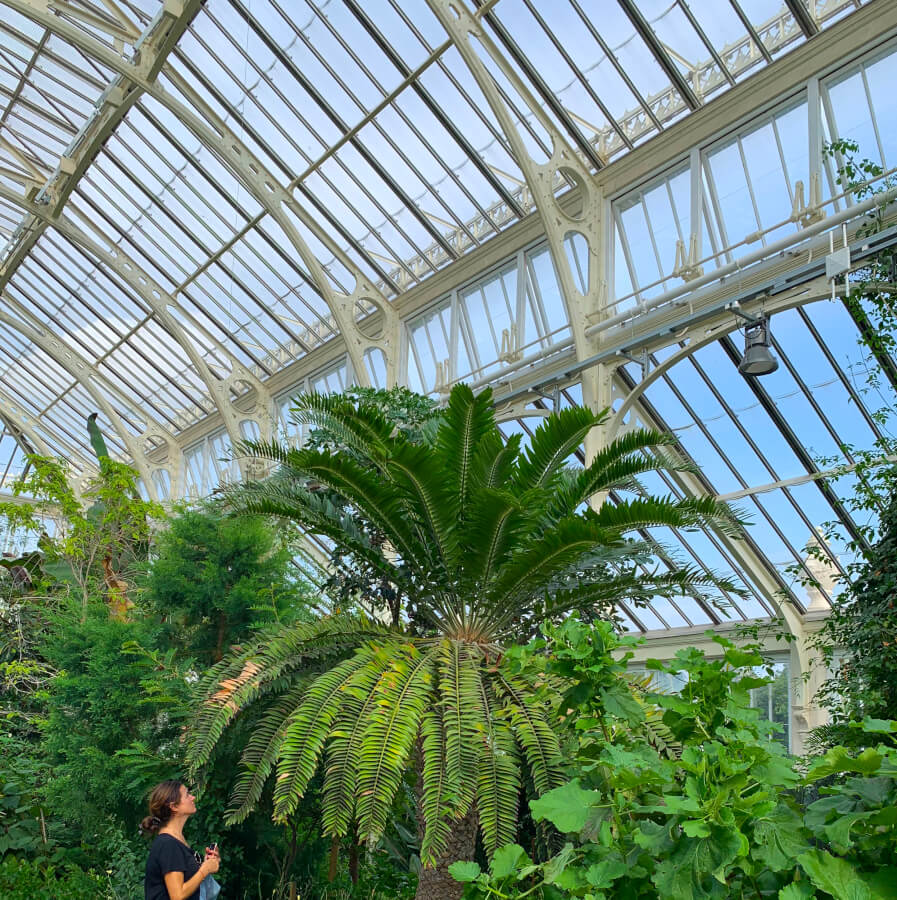
Laura Cinti is a research-based artist whose practice intersects science, technology and visual storytelling through experimentation and field research. More recently, her focus has shifted to biodiversity loss, using creative and technological approaches to rethink our relationship with endangered species. Her works have been exhibited and presented internationally.



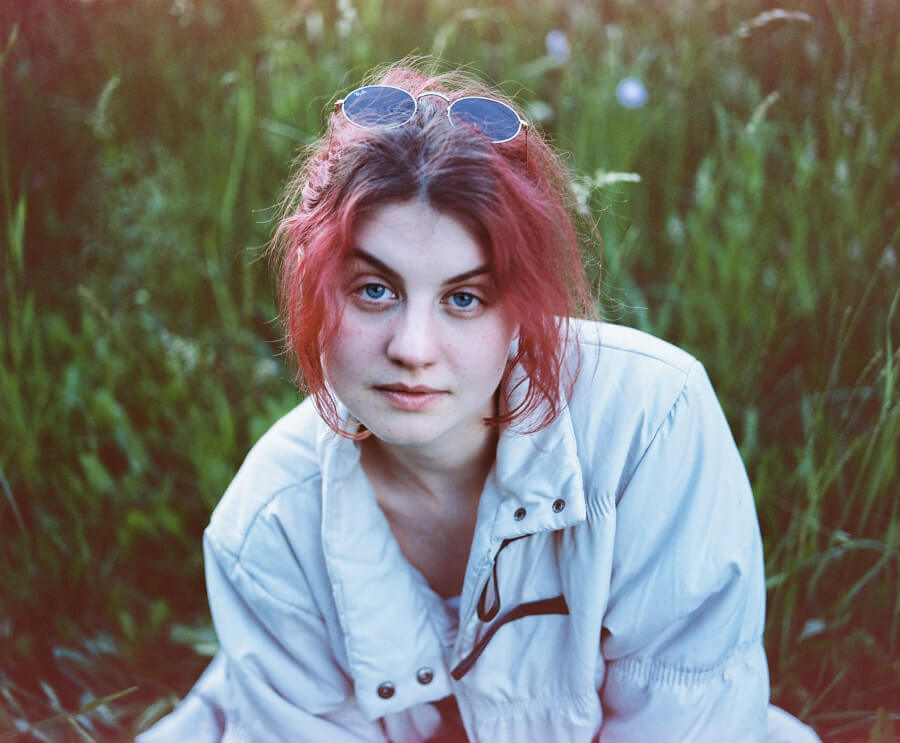
Efe Di (Eva Debevc) is a biologist specializing in molecular biology and physiology. As a researcher, artist, and mentor, she juxtaposes contemporary scientific methods with artistic exploration and creation. She is interested in living corporeality in the grip of scientific technologies and critiques scientific rationalism through myths of vitality and the performativity of magical practices.
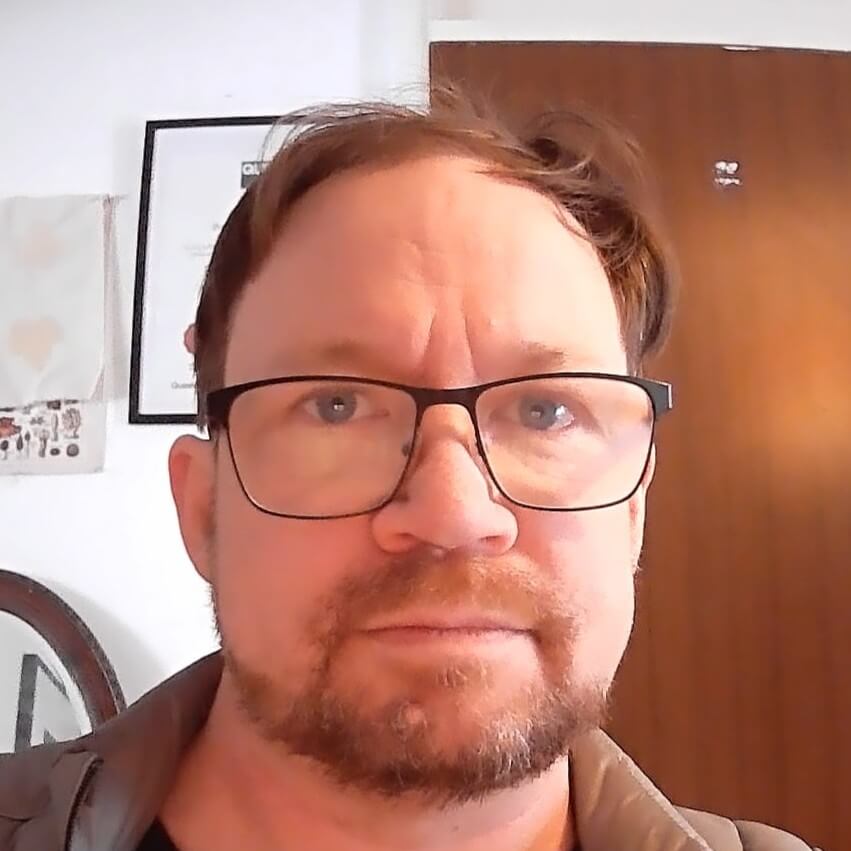
I am an interdisciplinary maker with a PhD in biotechnology, passionate about open-source practices and shareable expertise. I also bring enthusiasm to grassroots software and science policy. My work often involves collaboration with artists(such as Anna Dimitriu and Blast Theory, particularly in creating innovative projects that integrate biological media.
Over the past two decades, I have been actively involved in workshops, hack-days (https://www.hackteria.org/workshops/surf-and-turf/), hack labs (eg FieldNotes, Fi; LabLife, Uk, Hlab11&14), residencies(MigratingArtAcademies), and art collective projects worldwide. These experiences have allowed me to develop my technoscientific art practice and voice, blending accessible technology with creative expression.
I am a founding member of the Maker Space in Newcastle upon Tyne and an active participant in the North East England Maker community, and the broader UK and international networks. My role extends beyond hands-on projects—I advocate for documentation, mapping, and promotion to preserve and amplify the impact of communities like mine. I am also inspired by thought-provoking artists, writers, and theorists who explore technoscientific discourses.
You can view an interview featuring me from the "Little Inventers" project here, where I mention the need and desire to tinker with hardware for fun and exploration. This motivation also underlies workshoplogy practices with the International Hackteria Network.

Jimi DePriest is an interdisciplinary artist and researcher with a background in Anthropology and socialist organizing. Their work involves conducting Marxist and Anti Imperialist analyses of military technologies by examining the historical trajectories and socioeconomic conditions that led to their development. Jimi's emerging artistic practice is informed by their research and employs tactical media methodologies to create DIY robotic forms and political films.
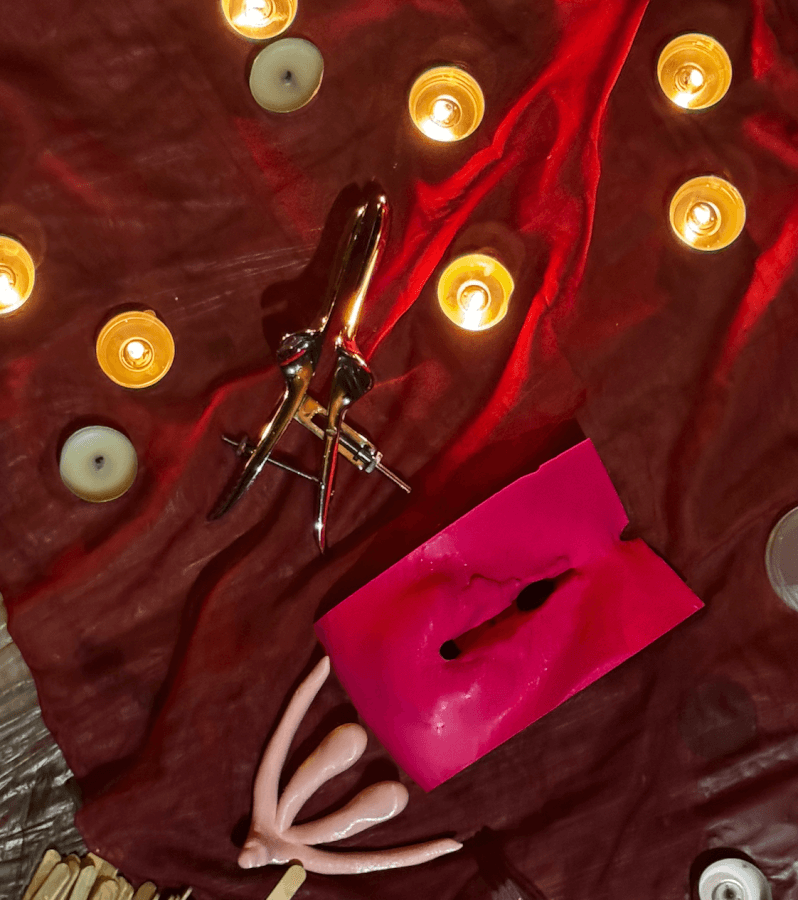
Alma de Bruixes is a nomadic collective of biohackers witches who see little difference between a speculum and a sex toy. They weave together like a spell, biomaterials, DIY biology, gynaecology and lubricants for the pleasure of self-exploration.
Born from the union of ALMA Futura, which studies and develops tools for radical change in vaginal and gender health, and Bruixes-Lab, a nomadic laboratory of biohacking, sextech and witchcraft rituals. Founded by Cristina Dezi, Isabel Farina and Giulia Tomasello.
The collective is investigating the rebellious act of re-imagining science, alchemy and gynecology as alternative forms of care, knowledge and pleasure. How can we re-frame pleasure through spells and rituals and free our eroticism from the violence of racist and misogynist medical claims?
The starting point is the violence from which gynaecology was born but the ending one is pleasure as anti-colonial, anti-patriarchal and anti-capitalist. The collective has been collaborating so far with Arse Elektronika, Mu Hybrid Art House, Witches are Back, Bellakeo and Abbramà Festival.
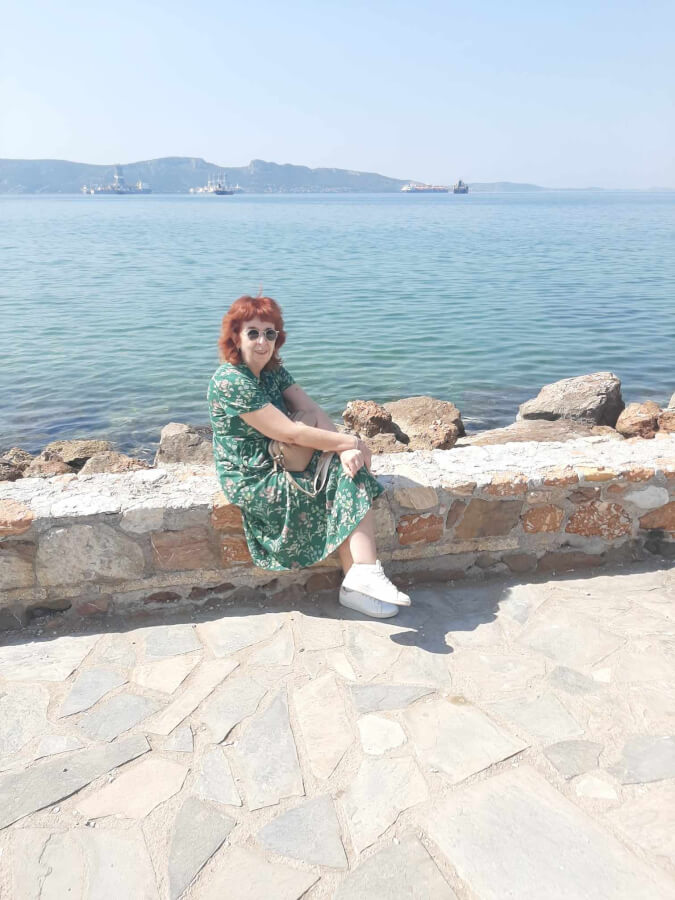
Evangelia Diamantopoulou is an associate professor and Director of the Laboratory of Arts and Cultural Management at the Department of Communication and Media Studies of the National and Kapodistrian University of Athens. She is a member of the Hellenic Section of the International Union Art Critics AICA GREECE and of the Association of Greek Artist Historians. Her BA and MA courses are related to issues such as History of Art, Visual Arts and Communication, Image Dialectics, Issues of European Art, Issues of Modern and Contemporary Greek Art, Artistic Portraits, Issues of Artistic Creation. Her academic interests focus on Art and Communication, Art and Society, Issues of Identity in Art, Symbolic and Experienced Space in Visual Arts, Art and Play, Art and Historical Memory. Her published academic work includes 5 books, as well as many research projects in Greek and International interdisciplinary journals concerning matters of Art and Culture.
https://en.media.uoa.gr/el/staff/teaching_and_research_staff/


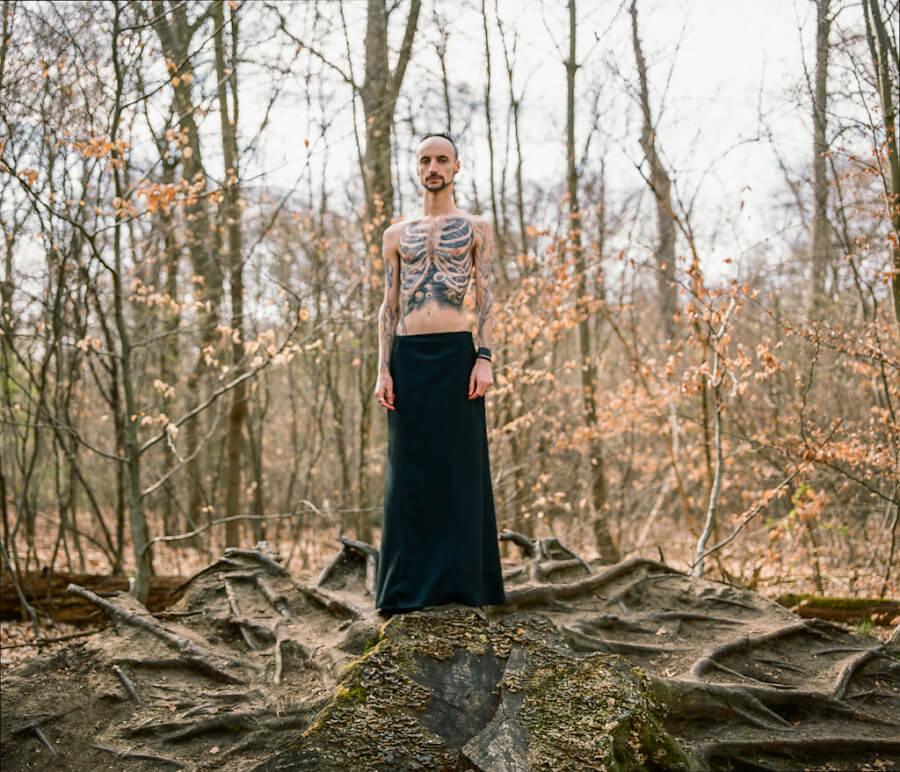
Marco Donnarumma creates technological bodies to navigate the boundaries of experience. Born hearing and then become late-deafened, he makes work that, through resonating aesthetic encounters, challenges how powers of society regulate the human body.
Owing to a hybrid identity as a performer, sound artist, stage director, inventor, and theorist, he blends contemporary performance, new media art, and interactive computer music into performances, installations, and films that “defy categorization” (Jury Prix Ars Electronica).
Rooted in performance art, he takes the discipline into strange encounters with sound, machines, light and movement to create a sensual, uncompromising aesthetic. The inventions he designs and handcrafts, such as AI-driven robotic prosthesis and biophysical musical instruments, explore visceral forms of interaction on stage and create music from the sounds of a performer’s body.
He is considered a pioneer in the field of emerging technology and performing arts (Der Standard), and his repertoire, often created in dialogue with science and technology labs, toured 36 countries across theater and dance, media art, contemporary music, and contemporary art.
Donnarumma received numerous awards and was named Artist of the Science Year 2018 by the German Federal Ministry of Research and Education. He holds a Ph.D. in performing arts, computing, and body theory from Goldsmiths, University of London. His writings integrate aesthetics, feminist studies, and critical theory with scientific research.

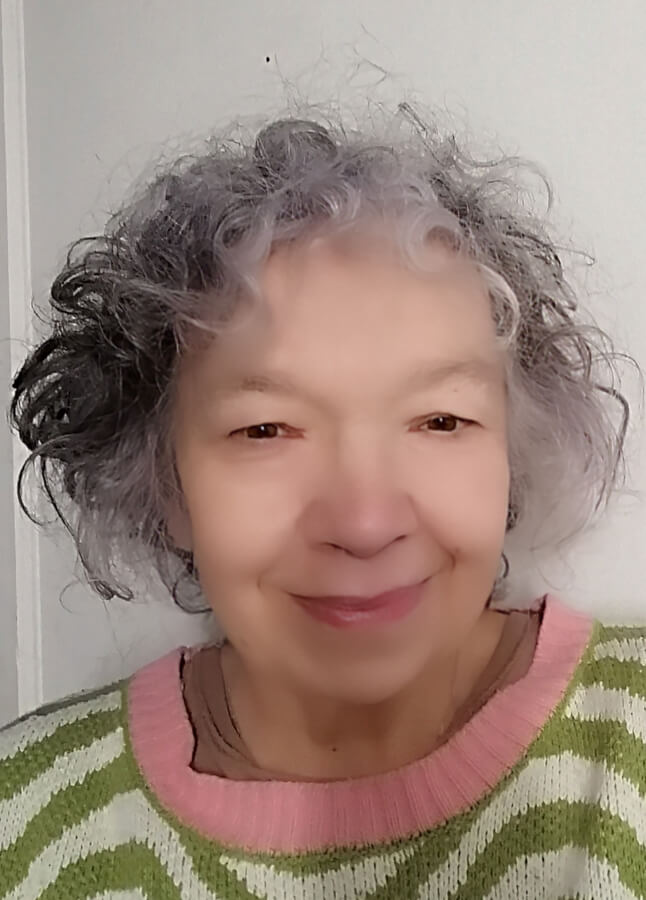
Nathalie Dubois Calero is a BacterVirHuman, scientist (Ph.D. in biology, UPMC, France) and bioartist (BA, University Concordia, Montreal, MFA, University of Windsor, Canada, MAres student, Ionian University, Corfu). BacterHuman is a series of feminist/queer works that explore human-microbe relationships inside the human holobiont through workshops, performances, ontological workshop games, and videos/sounds (aka Bacterhuman in Bandcamp) using fabric and tattoos made with pH indicator culture media, where color changes testify conflicts, overlapping multiplication or equilibrium between human skin (and its excretions), and microbiota- creating images and sounds interacting with her performative quest of human identity. She collaborates on MaterVirus, an ontological workshop game about human viral identity with Cecilia Vilca, Waterbodies with Ada Gogova, and Stamping Genes with Kristin Lucas. Her website is at nathalieduboiscalero.com

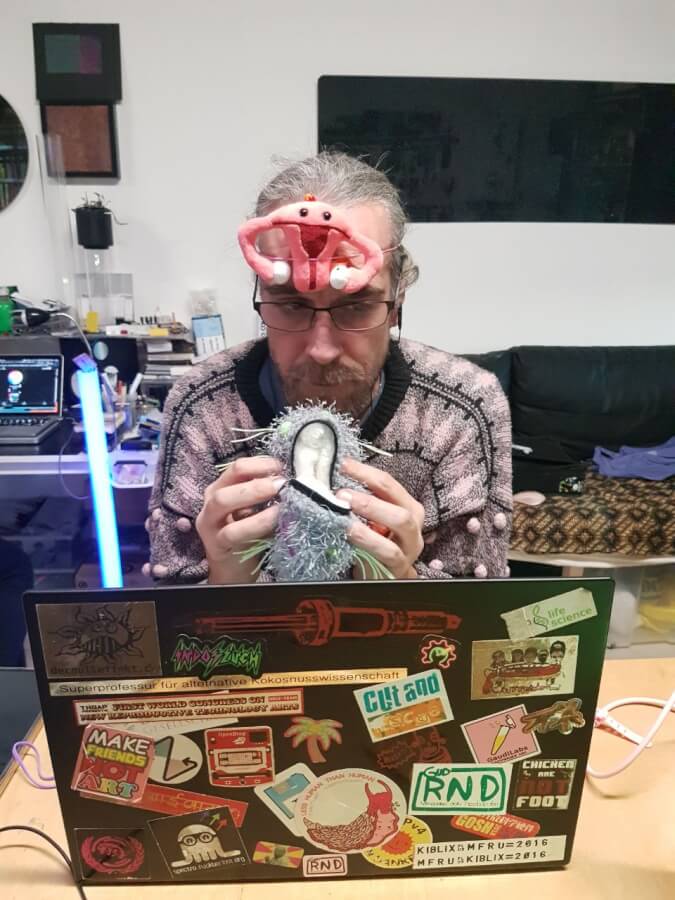
Dr. Marc R. Dusseiller is a transdisciplinary workshopologist, lecturer, cultural facilitator and artist. He performs DIY (do-it-yourself) workshops in lo-fi electronics and synths, open hardware for citizen science, bioart / biohacking and DIY microscopy. He was co-organizing Dock18, diy* festival and poolloop (Zürich, Switzerland), KIBLIX 2011 (Maribor, Slovenia), workshops for artists, schools and children (2008-now) as founding member of the Swiss Mechatronic Art Society, SGMK and is the co-founder of the Hackerspace Collective Bitwäscherei (2020). He has worked as guest faculty and mentor at various schools, Srishti Institute of Art, Design and Technology (IN), UCSB (USA) and in Switzerland, FHNW, ZhdK, HEAD, HSLU, ETHZ. In collaboration with Kapelica Gallery, he has started the BioTehna Lab in Ljubljana (2012 - 2013), an open platform for interdisciplinary and artistic research on life sciences. Currently, he is developing means to perform bio- and nanotechnology research and dissemination, Hackteria | Open Source Biological Art, in a DIY / DIWO fashion in kitchens, ateliers and in the Majority World. He is part of the Center for Alternative Coconut Research developing low-cost educational open hardware. He was the co-organizer of the different editions of HackteriaLab 2010 - now in Zürich, Romainmotier, Bangalore, Yogyakarta, Klöntal and Okinawa and collaborated on the organisation of the BioFabbing Convergence, 2017, in Geneva, and the Gathering for Open Science Hardware 2016 in Geneva, 2018 in Shenzhen & 2026 in Bali, and organized international residencies and research collaborations in Zürich 2020-2024, Yogyakarta 2019-2023 and Chiang Mai 2024.

Justine – Antigone in Five Acts
I: The Beginning of Voice
I am Justine. I am Antigone.
In my name dwell both silence and cry.
The virtue that persists.
The fire that does not retreat.
I am not here to choose between patience and rebellion —
I am here to remind you they belong to the same heart.
[…]
II: The Body and the Act
I am Justine. I am Antigone.
I am the body that refused to obey
and the spirit that did not hesitate to sacrifice.
I will not give you the right to define what purity means.
Nor what love means.
I will define my own words.
And if I must, I will write them in blood.
[…]
III: The Conflict
I am Justine. I am Antigone.
I speak, and they want me voiceless.
I love, and they want me pure.
I refuse, and they call me dangerous.
I am a woman, and that alone is a crime.
Justine knew:
Virtue without desire is dead.
Antigone knew:
Law without love is violence.
[…]
IV: Freedom and Loneliness
I am Justine. I am Antigone.
Freedom did not come as a caress.
It came like a knife that severed ties.
I was left alone.
But I was never more real.
[…]
V: For the Ones Who Are Coming
I am Justine. I am Antigone.
For the daughter growing up with "musts" on her tongue.
For the woman learning to stay silent.
[…]
“I am here. And I do not bend.”
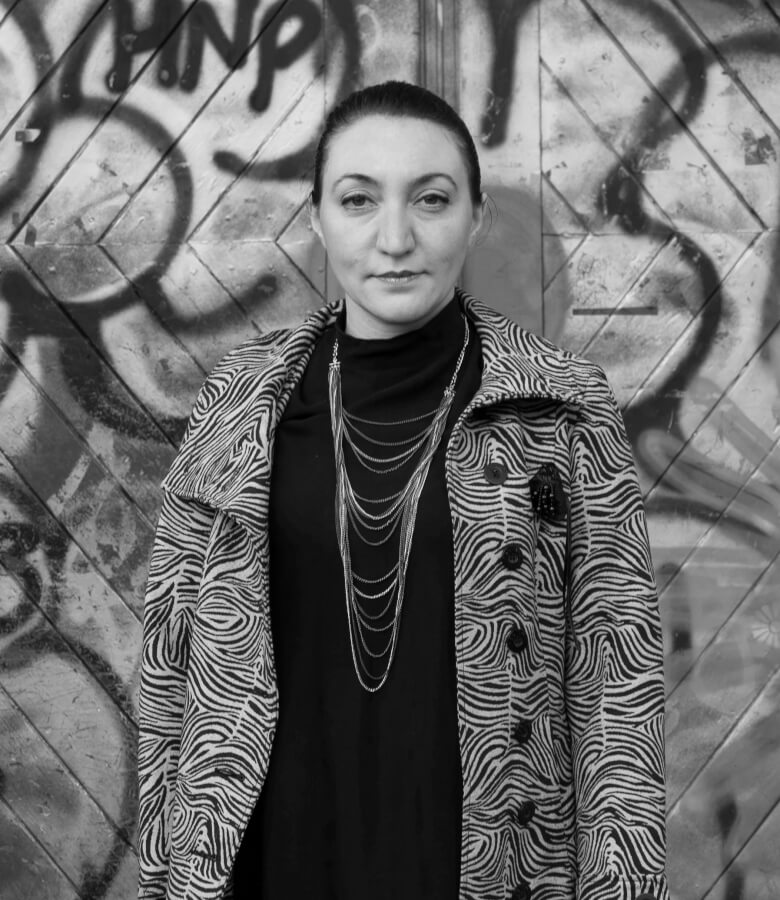
Tuçe Erel is a Berlin-based independent curator, researcher, and cultural worker. She studied sociology at METU (2005) and art theory and criticism (MA program) at Anatolian University (2009). She did her second MA in Art Arts Policy and Management (with curating pathway) at Birkbeck College (2015).
After working at various institutions in Istanbul as a content editor, event manager, archivist, and gallery assistant, she has been a freelance curator and art writer since 2013. She was an active member of >top e.V. between 2017 and 2021, where she curated and hosted events, exhibitions, and a Posthumanism reading group. She was a team member and co-curator at Art Laboratory Berlin from December 2019 to December 2024, assisting and co-curating their hybrid-art-oriented programme.
Her curatorial interests are ecology, Capitalocene, and posthumanism. Erel uses her sociology education in her curatorial research, and in her research methodology, she prefers to twist and challenge conventional social science methodologies. In recent years, she has explored the concept of hacking as a way to unbox the concepts of bio-politics, Anthropocene, ecological crisis, cultures, non-human agency, artistic speculation and imagination.
Since 2017, Erel implemented a curatorial narrative focusing on Capitalocene and environmental crises. Some of the curatorial projects focusing on ecology are “Now You are Here” (2017, curated with Seval Şener at Arte Sanat, Ankara); “Leviathan: A Capitalocene Beastiarium” (2021, curated with Käthe Wenzel and Lisa Glauer at TOP e.V. Berlin) "Vicious Cycles" (2022, Art Laboratory Berlin), "Echoes of the Future" (2024, at Biosphere Potsdam).


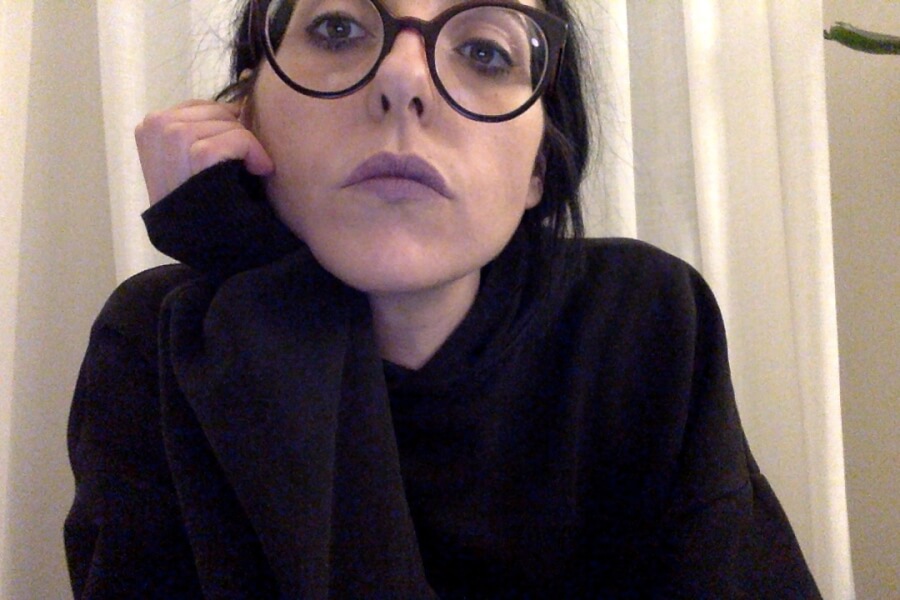
Arianna Ferrari (she/them) is a performance maker and writer whose current research delves into the complexities of postdigital society and technopolitics. She has showcased their projects in independent spaces, galleries, and cultural centers across Europe and North America, including ]Performance Space[ in London, Defibrillator Gallery in Chicago, Onassis Cultural Centre in Athens, and The Blank Contemporary Art in Bergamo. Their work has been featured in collections such as Keep it Dirty Vol.a (Punctum Books, NY) and EmergencyINDEX (Ugly Duckling Press, NY), as well as in scholarly texts like ¡Mamá, de mayor quiero ser un cyborg! La performance como resistencia somatopolítica (Manuel Lopez Garcia, Universitat Politecnica de Valencia) and The Embodiment of Gender Identity in Contemporary Female Performers (Felicie Kertudo, King’s College London). Currently, she is pursuing a Ph.D. in Visual Arts and Techno Humanities at Accademia Santa Giulia in Brescia, Italy.
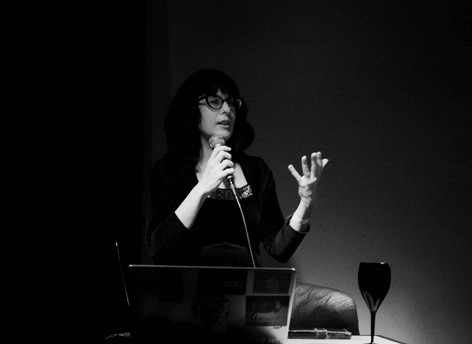
Arianna Forte is an independent curator and researcher based in Rome. Her practice explores how contemporary art intersects with science and technology, generating new spaces for critical inquiry and social imagination. Grounded in an intersectional and transfeminist approach, her work focuses on collaborative, performative, and site-specific methodologies that engage non-specialist audiences and diverse communities.
In 2021, she founded ERINNI, a curatorial platform dedicated to exploring the intersections between science, technology, and gender politics, through a feminist and experimental lens.
Her research investigates the political and poetic dimensions of emerging technologies, with a focus on computational rituals, cyber witchcraft, and magical materialism as anti-hegemonic practices of resistance and care. She was awarded the Italian Council Fellowship (12th edition) with the project Casting a spell in computational regimes: ritual practices for a transfeminist counter-apocalypse.
Since 2016, she has been part of the international collective Witches Are Back, which engages with feminist techno-politics and digital disobedience. Arianna often works through non-institutional, experimental formats—such as workshops, public interventions, and temporary gatherings—to reimagine technological agency from below.
She has curated exhibitions and events in Italy and abroad, including SomoS Berlin, la_cápsula (Zurich), Mz Baltazar’s Lab* (Vienna), Romaeuropa Festival, and AlbumArte (Rome).

(AU)
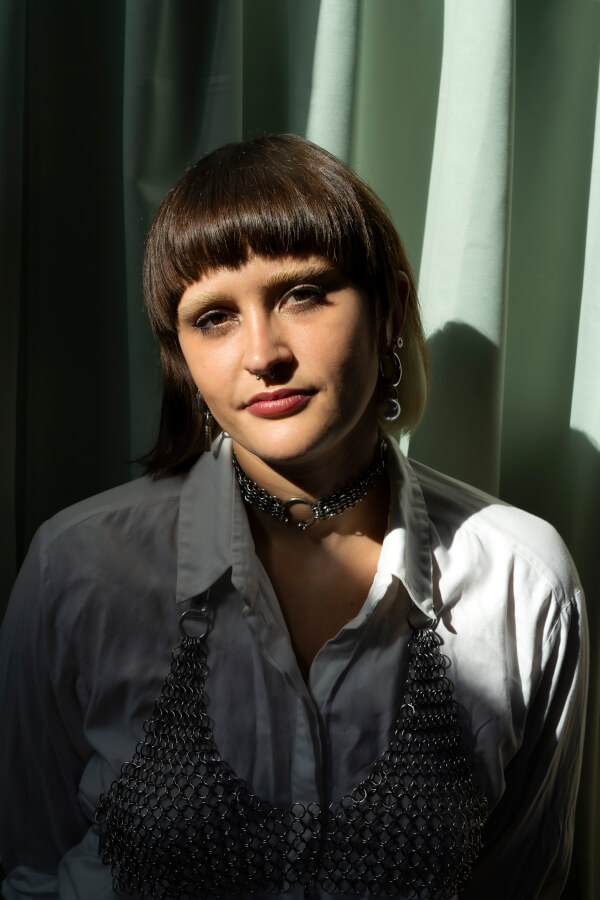
Eva Garibaldi (b. Ljubljana, 1996) is a Slovenian multidisciplinary artist, designer, and researcher based in The Netherlands. Her practice focuses on dissolving binary understandings of landscapes and bodies through critical ecologies. Her research engages with marginal spaces focusing on swamps as spaces of resistance through a through a glitch feminist lens. She works with the mediums of spatial installation, experimental film, and speculative fiction.
She is a member of CBK Rotterdam and Architectural Humanities Research Association. Her work has been presented in several publications and exhibitions across Europe such as BIO27, Milan, Berlin and Dutch Design Week, Soapbox Journal, Art Rotterdam, Garage Rotterdam and HuidenClub among others. Together with Ana Laura Richter, she is the founder of duo Swamp_Matter. Their work has been supported by Creative Industries Fund NL, Škocjan Caves Public Service Agency, Aksioma U30+, Kino Šiška and P74 Gallery.

Eleni Gemtou is Associate Professor at the National and Kapodistrian University of Athens (Department of Philosophy and History of Science). Her research explores the intersection of Art, Science, and Technology. She has published widely in scientific journals and conference proceedings, and is the author of the Greek-language books History of Art. An Epistemological Approach (2nd ed., 2022) and Art and Science. Interpretive Approaches to Modern and Contemporary Art through the Influence of Science (2018). She also translated and edited the Greek edition of The Books that Shaped Art History (2022). She has coordinated and authored several University of Athens e-learning programs and is a member of the TECHNO-LOGIA project (ASFA & Dept. of PHS), as well as teaching staff at the Open University of Greece.
Associate Professor, Department of Philosophy and History of Science

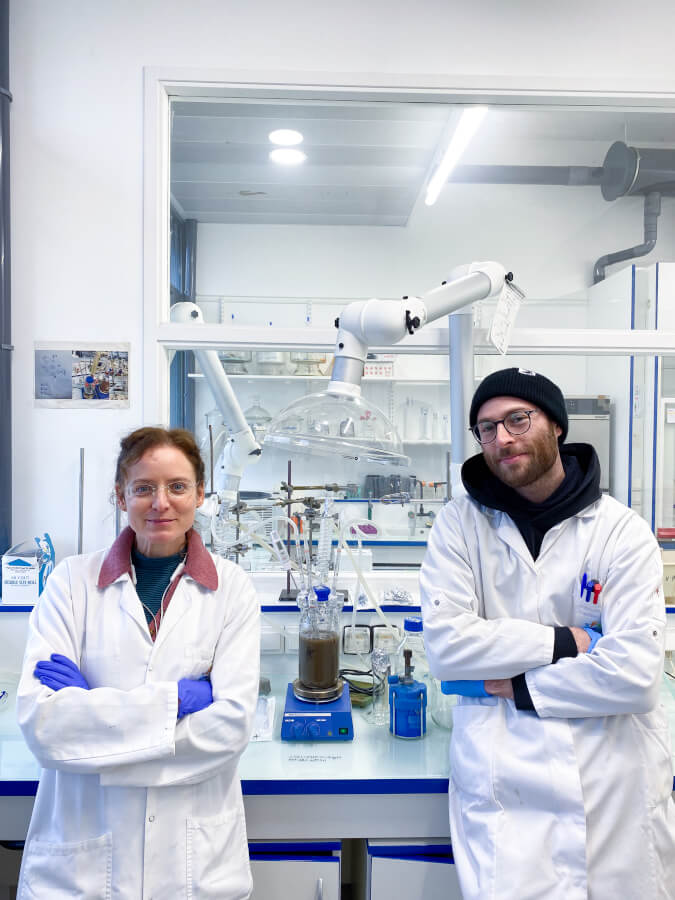
Sebastian Gfellner is a postgraduate researcher in the Exobiology Group at the Center for Molecular Biophysics, CNRS – Orléans, and the University of Orléans (France). His scientific journey from Earth Sciences to Astrobiology started at the University of Vienna (Austria) and continued at the University of Bremen (Germany), with stops at Harvard University (United States) and the University of Liège (Belgium). Primary research focuses on extremophilic microorganisms, their survivability under extreme conditions, and analysis of their biosignatures. His special interest lies in the detection of traces of microbial life on other planetary bodies, particularly on Mars. Through arts-science collaboration, Sebastian found a way to add a transcendental narrative conceptualized by Anna Steward to his research, bridging the two worlds of arts and science.

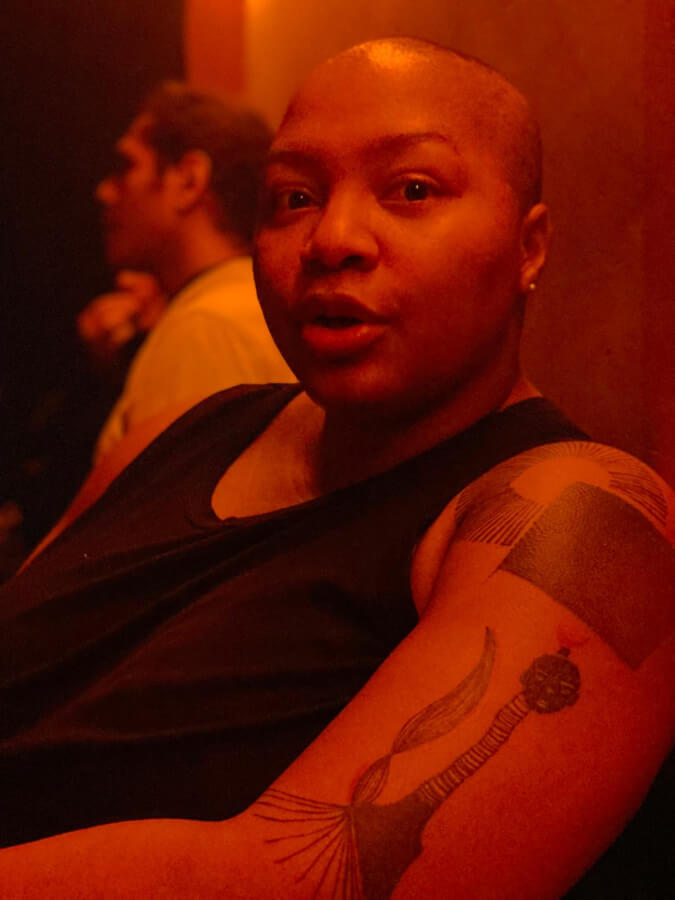
Lex Gillon is the founder of Modality Group, a pleasure think tank dedicated to exploring the intersections of sexuality, society, and emerging technologies. With over a decade of experience in sex industry research, she brings a nuanced and data-driven perspective to conversations about intimacy, culture, and innovation.
A two-time SXSW speaker, Lex has captivated global audiences with insightful presentations that bridge the worlds of sex, data, and Web3, offering thought leadership that challenges norms and fosters deeper understanding.
Lex holds a Chinese degree from Yale University and an MBA from the Asia School of Business. She has lived on three continents, in cities such asNew York City, Shanghai, and Berlin. As "The Pleasure Researcher," Lex is committed to redefining the narratives around pleasure and creating multifaceted conversations which consider macro and microeconomic perspectives.

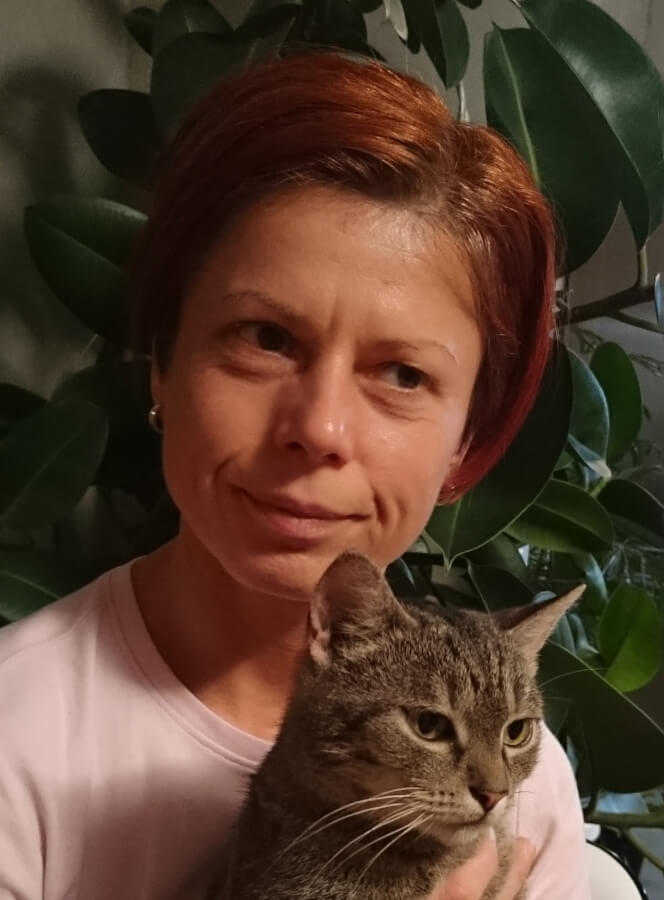
I am a full researcher at the Faculty of Natural Sciences, Department of Environmental Ecology and Landscape Management in Bratislava. I received my doctorate in multimedia arts. In my transdisciplinary research involving art, science and technology, I focus on posthuman phenomenology, hydro-environmental artistic practices and approaches to sympoietic relationships and communication between humans and more than human. My works reflect the interconnection of various experiences – literature, environmental studies, ecophilosophy, semiosis and visual art. It is a space of thought in which approaches of an equal, environmentally sustainable view of the relationship between human and non-human species and biocultural diversity are created.
.
(SL)

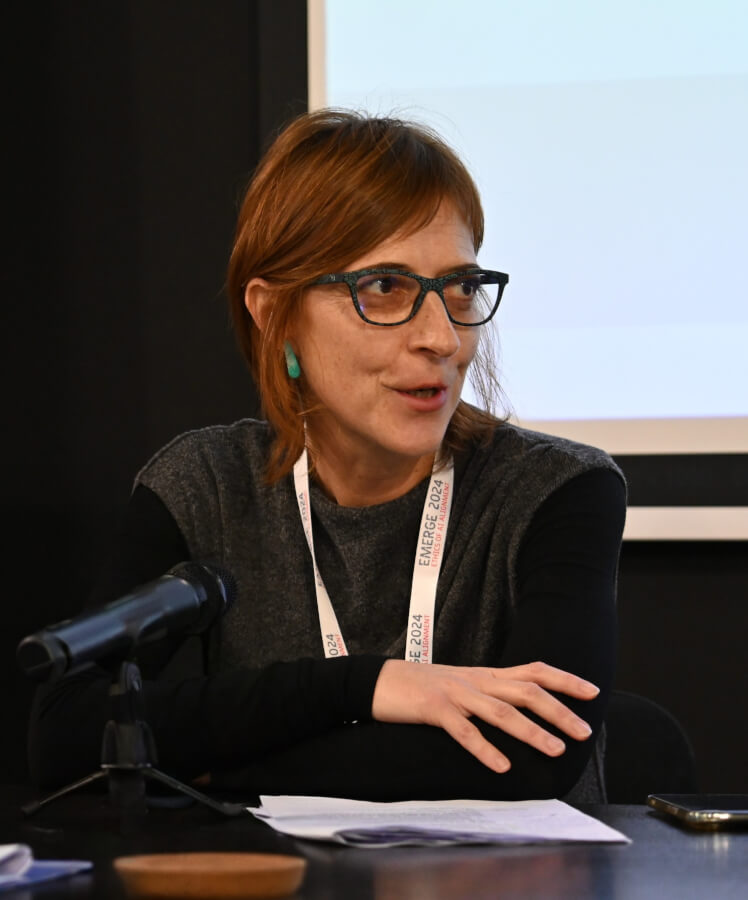
Jelena Guga is a theorist of new media art and culture currently working as a research fellow and coordinator of the Digital Society Lab at the Institute of Philosophy and Social Theory, University of Belgrade. She was a postdoctoral fellow at the Department of Interdisciplinary Activities, Research Center for New Technologies, University of West Bohemia (Plzen, Czech Republic) and a visiting researcher at the SPECS Lab at Pompeu Fabra University (Barcelona, Spain). She explores the issues of identity, corporeality, agency, and perception in technologically mediated interactions and immersive environments through an interdisciplinary approach, combining art theory, (new) media theory, cultural studies, critical posthumanism, philosophy of mind, as well as dystopian science fiction narratives. She is also engaged in curatorial work at the intersection of art, science, and technology. She is the author of Digital Self: How We Became Binary and a number of academic articles in international publications.

(USA)


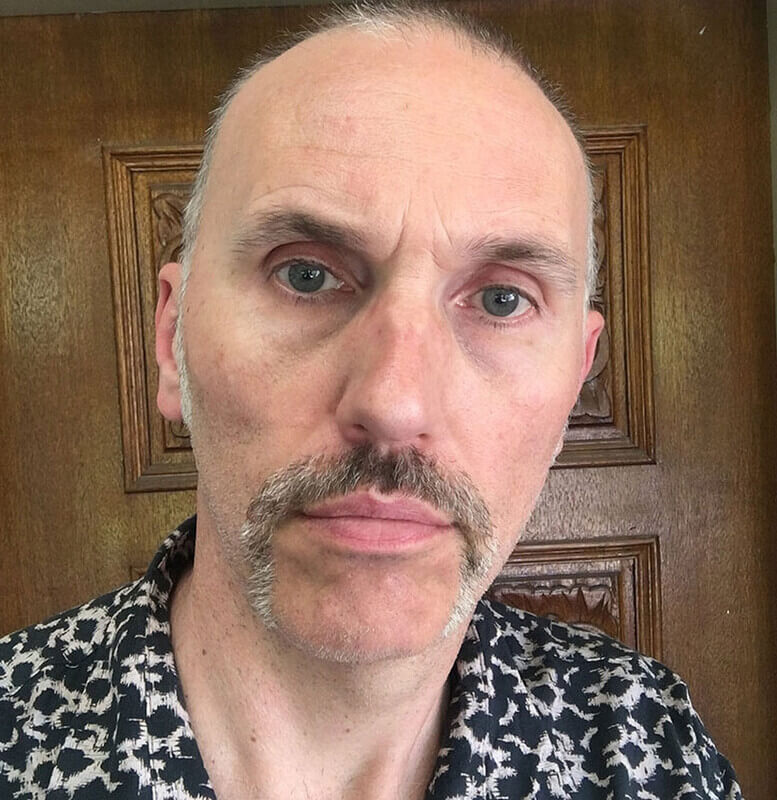
Ian Haig works across media, from video, sculpture, drawing, technology based media, mutant AI and installation. Haig’s practice refuses to accept that the low and the base level are devoid of value and cultural meaning. His body obsessed themes can be seen throughout a large body of work over the last thirty years. Previous works have looked to the contemporary media sphere and its relationship to the visceral body, the degenerative aspects of pervasive new technologies, to cultural forms of fanaticism and cults, to ideas of attraction and repulsion, body horror, transhumanism gone bad, and the defamiliarisation and confrontation of the human body. His work has been exhibited in galleries and video/media festivals around the world. Including exhibitions at: The Australian Centre for Contemporary Art, Melbourne; The Ian Potter Museum of Art, Melbourne; The Experimental Art Foundation, Adelaide; The Australian Centre for the Moving Image, Melbourne; Gallery of Modern Art, Brisbane; The Museum of Modern Art, New York; Artec Biennale – Nagoya, Japan; Centre Georges Pompidou, Paris; China Millennium Monument Art Museum, Beijing; Museum Villa Rot, Burgrieden-Rot, Germany; Kunstlerhaus Bethanien, Berlin, Germany; The Museum of the Moving Image, New York; The Havana Biennial, Cuba. In addition his video work has screened in over 200 festivals internationally including The Ann Arbor film festival, US; VideoBrasil, Sao Paulo, Brazil, Melbourne International film festival and Rencontres Internationales, Paris/Berlin. In 2003 he received a fellowship from the New Media Arts Board of the Australia Council and in 2013 and 2017 he curated the video art shows Unco and Very Unco at The Torrance Art Museum in Los Angeles.
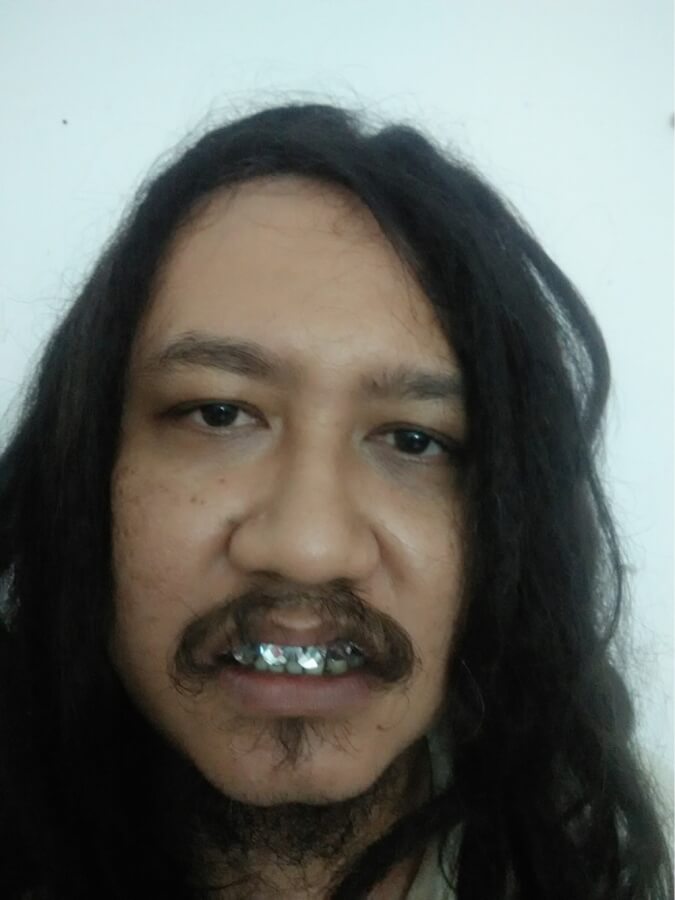
Helmi Hardian is a grassroots artist and ghetto scientist, with a specific interest in cooking and smoking at the same time. He lives in Surabaya, the city that is well known for its industry and technology, as well as being the center of electronic component trading (chiefly, Pasar Genteng). Hence, almost all of his works are closely related to science and technology as the medium of creativity. He is the co-founder of Waft Lab, a creative-based initiative that works at interdisciplinary practices. Currently, he focuses on tech development through DIY/DIWO culture and playing his role in researching, hacking, or deconstructing daily materials to provide some devices with new functional aspects, as well as developing workshop kits, lecturing contents, and presentation materials, which aim to learn, share, and exchange knowledge.




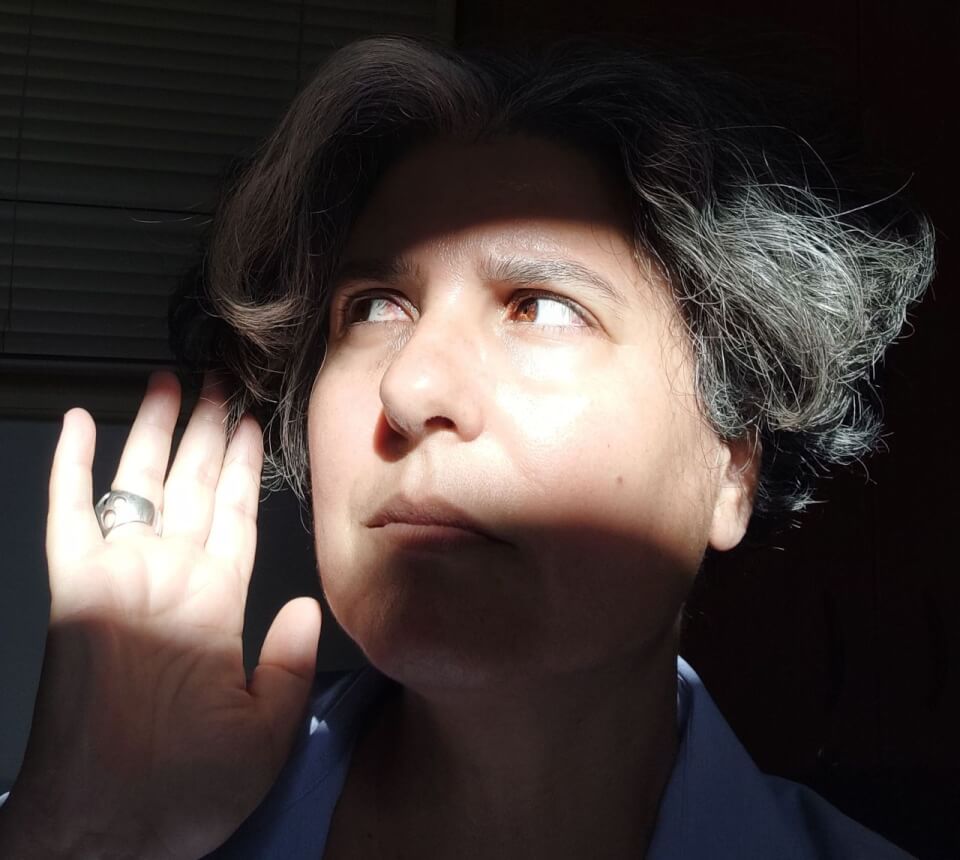
Dalila Honorato, Ph.D, is the starter of the conference "Taboo-Transgression-Transcendence in Art & Science". She is a Professor in Aesthetics and Visual Semiotics at the Ionian University, Greece. where she is also the Director of the Interactive Arts Lab and the Master of Research in Hybrid Arts. A collaborator at the Center of Philosophy of Sciences - University of Lisbon, her research focus is on embodiment, monstrosity, the uncanny and the acrobatic balance between phobia and paraphilia. She is a EO member at the Technoetic Arts: a Journal of Speculative Research published by Intellect.
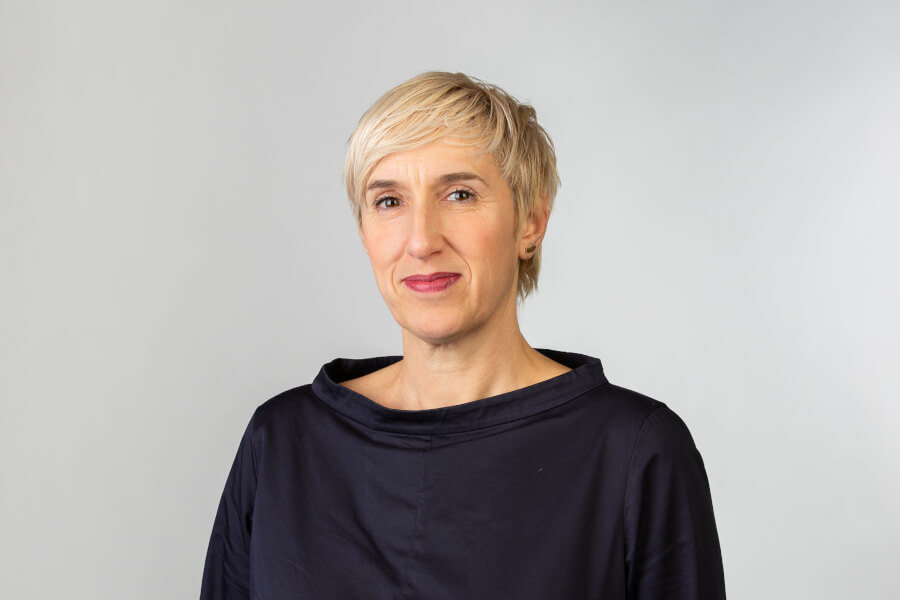
Beverley Hood is an artist and researcher based in Edinburgh. Since the mid-1990s, she has been delving into the impact of technology and science on the body, relationships, and human experience, through the creation of digital media, performance art projects, and writing. Her work is interdisciplinary and research-led, undertaken in collaboration with a range of practitioners, including medical researchers, scientists, writers, technologists, dancers, actors, and composers.

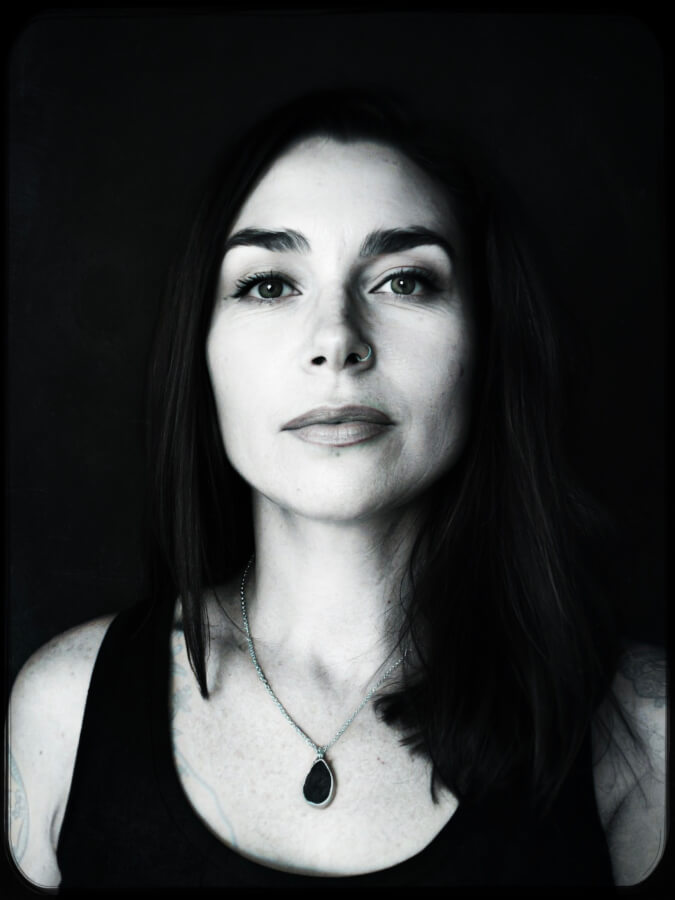
Dr. WhiteFeather Hunter is an internationally recognized Canadian artist and researcher, and SSHRC Postdoctoral Research Fellow at the School of Interactive Arts and Technology, Simon Fraser University. She holds a PhD in Biological Art through SymbioticA, The University of Western Australia, and an MFA in Fibres and Material Practices from Concordia University. Her doctoral thesis, “The Witch in the Lab Coat” was a TechnoFeminist negotiation of science biocultures by using ‘taboo’ materials such as menstrual fluid in tissue engineering protocols; this included witchcraft as performed resistance to medicalized control over women’s bodies. Her recent project, Sentient Clit—The Pussification of Biotech explores 3D-bioprinting clitorises with menstrual stem cells differentiated to neuronal types, to produce synthetic clitorises that respond to stimuli. The project was awarded an Ars Electronica 2024 S+T+ARTS Prize jury nomination. WhiteFeather exhibits internationally, recently (solo) at the Museum of Witchcraft and Magic (Cornwall, UK), MKII (London, UK), Plexus Projects (NYC, US), Ectopia Lab (Lisbon, PT), SomoS Arts (Berlin, DE), and Duende Art Museum (CH). She is hosted at prestigious international biolabs, such as the Gulbenkian Institute of Molecular Medicine, uLisboa, University of Ottawa Heart Institute, and DZNE German Center for Neurodegenerative Diseases. She presents at high profile festivals, conferences, and residencies across the globe, recently delivering a keynote address for the Future Humanities Institute, University College Cork (IE). She is published in peer-reviewed journals and books in Australia, UK, Greece, France, Denmark, Canada, and USA, with forthcoming publications in Austria, Australia, and the UK.
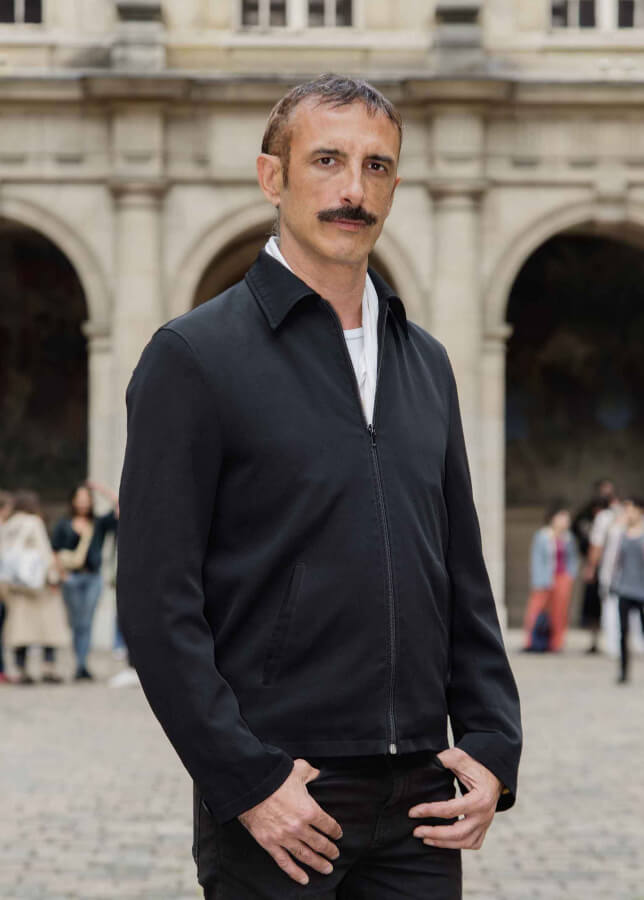
Julien Isoré is a French painter and visual artist, born in 1977. He has been living and working in Vincennes since 2023. After training in law, specializing in sculpture at the Fine Arts School in Lisbon, and gaining experience in the sociology of the imaginary, he embarked on an international career that blends art, law, biology, and sociology. As a painter, Julien develops a "painting of the invisible" inspired by Pierre Soulages, seeking to represent a figurative image of a landscape becoming invisible through contrasts of shadow and light. Beyond our relationship to reality, he questions our capitalist value scales and creates total works that combine concepts and performances, exploring themes of the immaterial and the non-human.
With his advertising campaign project for love (artforlove.fr) and his research project on forest art, "Alan Tod, the Forest Artist" (alantod.com), Julien Isoré has exhibited his works in Europe, the United States, Mexico, China, and India.
Today, as the inventor of the "Ready-wild" concept, which transforms wild spaces into works of art to protect them, Julien did a Master’s degree in art at Panthéon-Sorbonne to refine this activist and innovative artistic technique. He has chosen Mexico to carry out his Master’s project, focusing on the Tehuan Ranch Valley where he did an ready-wild made of 12 hectares of wild forest called "Gracias".


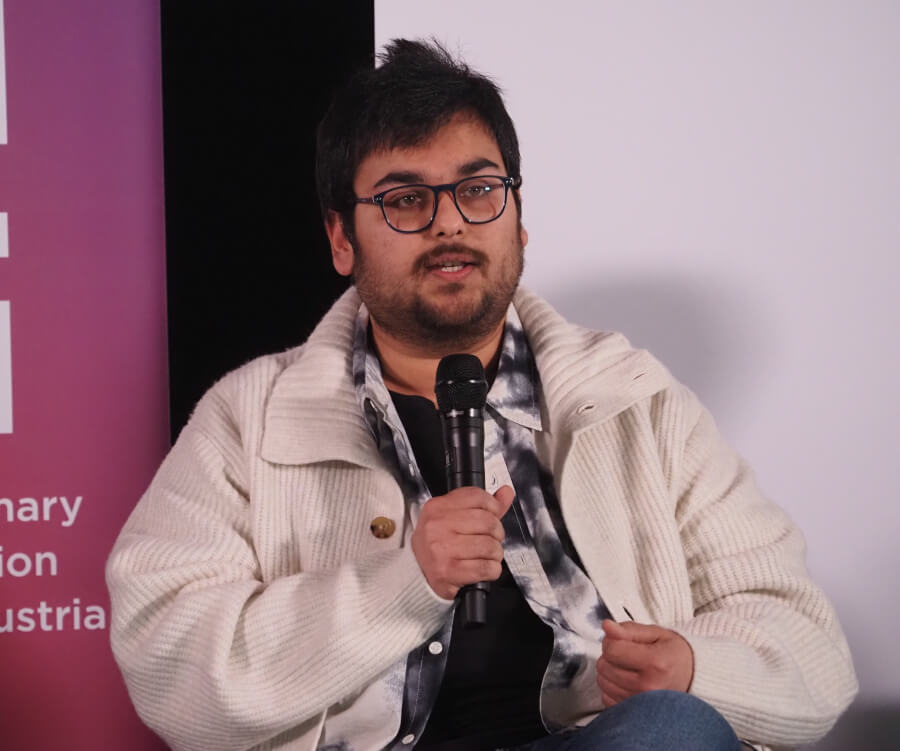
Puneet is an artist/engineer working at the intersection of Human-Computer Interaction (HCI), eXtended Reality (XR), Critical Design, and Disability Studies. He is currently pursuing his PhD at Concordia University, Montreal, Canada under the supervision of Artist/Researcher Chris Salter.
Puneet’s artistic-research practice investigates how technologies of XR (umbrella term for Virtual/Augmented Reality and body-worn interfaces) can be made accessible for the disabled communities (particularly people with quadriplegia/paraplegia). Concretely, opening the platform of XR for (and with) the disabled communities, developing artistic XR interventions that re-shapes, re-imagines, and provokes the common misconceptions around sensorimotor disabilities.
Puneet’s work has been showcased both in India (from where his roots emerge) and internationally at venues such Ars Electronica (Linz, Austria), ISEA (Barcelona, Spain), xCoAx (Treviso, Italy), Electronic Literature Organization (Florida, USA), KunstFest (Weimar, Germany) etc.

Ewelina Jarosz (she/they) is an Assistant Professor in the Department of Media and Cultural Research at UKEN, Poland. Her current research explores the intersections of environmental art, queerfeminist blue posthumanities, queer ecologies, and activism of pleasure. They are also transdisciplinary collaborative artist working in cyber_nymphs art research duo with Justyna Górowska and they launched the hydrosexual movement in arts. They serve as a research fellows for the E.A.R.T.H. Lab at the University of Santa Cruz, California, and for The Posthumanities Hub, Linköping University. Ewelina is a co-founder of The Blue Humanities Archive, providing a network for watery artists and researchers in digital art and eco-technologies. Ewelina holds a Ph.D. in the humanities from Adam Mickiewicz University.
Their longstanding collaboration with ecosexual artists Annie Sprinkle and Beth Stephens resulted in the performance Cyber Wedding to the Brine Shrimp (2021) and the art documentary Cyber Wedding to the Brine Shimp. A Hydrosexual Love Story (2023).
Selected publications
Jarosz, E. Loving the Brine Shrimp: Exploring Queer Feminist Blue Posthumanities to Reimagine the ‘America’s Dead Sea’. J Agric Environ Ethics 38, 1 (2025). https://doi.org/10.1007/s10806-024-09934-0
Link: https://rdcu.be/d1gVO
Jarosz, E. Exploring ‘Ecosexuality’ As A Manual For Transdisciplinary Art & Research Practices And A Creative Concept for More-Than-Human Humanities. A Book Review Essay of Annie Sprinkle, Beth Stephens With Jennie Klein’s Assuming The Ecosexual Position: The Earth As Lover (University Of Minnesota Press, Minneapolis–London 2021), “Przegląd Kulturoznawczy”, Nr 1 (59) 2024, S. 246–265 Doi: 10.4467/20843860pk.24.015.20081
Stephens, B., Górowska, J., Jarosz, E., & Sprinkle, A. (2024). Making a splash: when ecosexual and hydrosexual unite in conversation. Antennae: The Journal of Nature in Visual Culture, (63).
Link: https://www.benedettapanisson.com/news/antennae-issue-63-queering-nature-curated-by-giovanni-aloi
Jarosz, E. “Ecosexuality: art practices for queering the Earth, healing and recovering”, published in Routledge Handbook of Sexuality, Human Rights and Health, edited by C. Loggie, P. Aggleton, and R. Parker (Taylor & Frances 2024).
(PL)

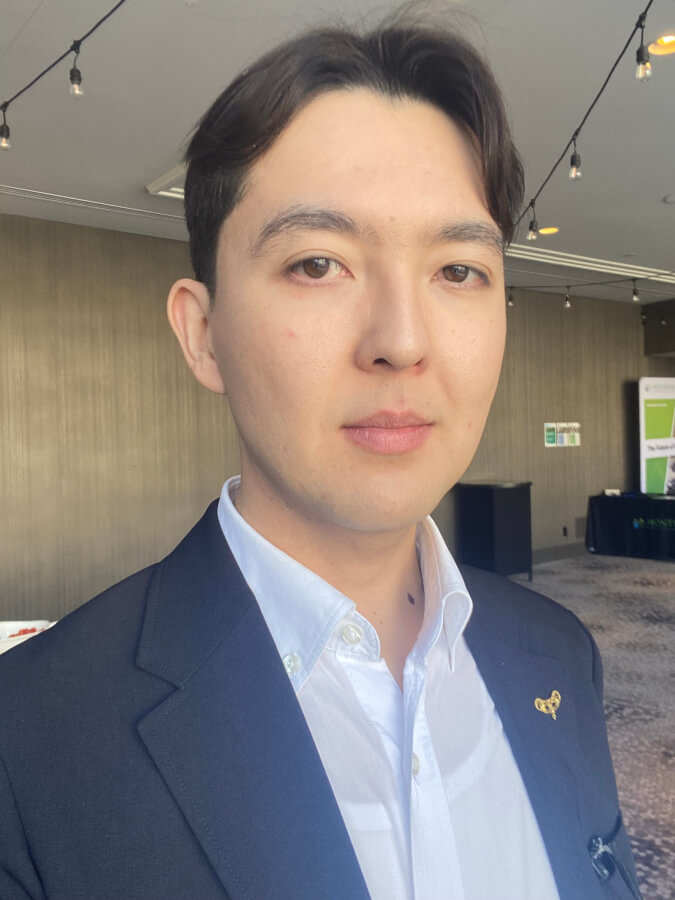
Dauren is a multidisciplinary artist and scientist from the Argyn tribe of the Kazakh ethnicity. Originally from Kazakhstan, he is currently pursuing a PhD at the University of Alberta, Canada, focusing on the preservation, restoration, and sustainable use of grasslands. In his scientific research, Dauren emphasizes minimizing the use of chemicals and waste, striving to develop sustainable practices that maximize resource efficiency.
As an artist, Dauren works primarily with ink, liners, and paper to create intricate graphical art. His artistic practice explores themes rooted in personal and cultural heritage, combining his family’s oral histories and personal experiences with the broader narrative of Kazakh history. Through his art, Dauren synthesizes these influences to convey a profound sense of identity and place, reflecting deeply philosophical insights.
Describing himself as a modern Renaissance individual, Dauren has diverse interests in art, science, history, philosophy, and social behavior. His artistic perspective informs his approach to research design and data visualization, while his scientific curiosity enriches his understanding of historical and environmental change. He often reflects on how past climates and management practices have shaped landscapes, deepening the interdisciplinary connections in his work.
Dauren is passionate about harmonizing the realms of art and science, integrating methodologies and ideas from both fields in his daily life and work. By bridging these disciplines, he seeks to enhance communication, foster understanding, and inspire meaningful dialogue in society.

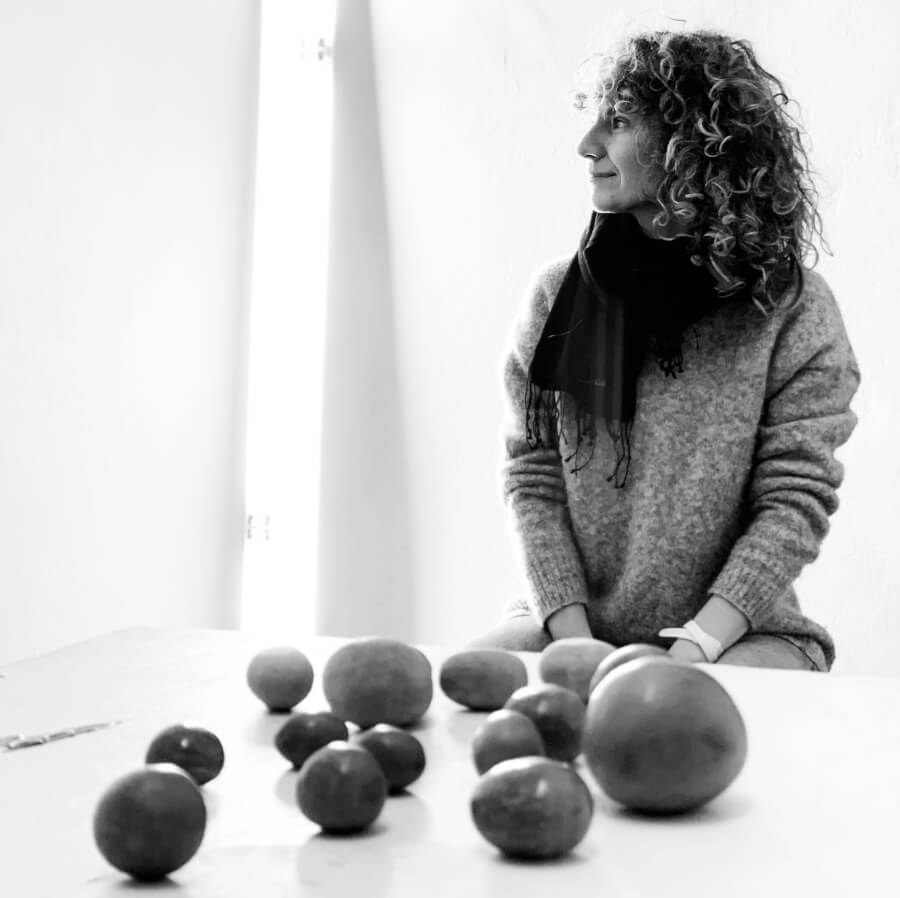
Born in 1982, visual artist, holds PhD in Arts, teaches at the Photography Faculty, University of the Arts in Poznan. Co-curator and curator of photography exhibitions (eg. during: Photokina Academy, Cologne,2014; the European Month of Photography, Berlin, 2016; Riga Photo Month 2019; Chiang Mai Photo Festival 2020).
Participated in artist residencies in Spain, Thailand, France, presented her works in individual and group exhibitions and conferences in Poland, Germany, Austria, Belarus, Slovakia, Lithuania, Spain, Sweden, Greece, Wales, Indonesia, Korea, Portugal, Malta, Thailand.
My artistic research is centered around what I call "Conflicted Landscapes," a term that reflects my exploration of landscapes as dynamic processes, rather than static vistas to be admired or consumed. I understand landscapes as deeply entangled in various relationships between humans, nature, and the broader environment. In my work, I focus on the traces of human presence and decisions both tangible and metaphoric, imprinted in the very fabric of the land itself, and echoed in its history, in macro and micro-scale manifestations. The recurring themes in my practice are deeply connected to the concepts of power and loss as they manifest in landscapes. I explore how landscapes are shaped by historical and social forces—whether the imprint of colonialism, the consequences of environmental exploitation or smaller scale interventions. My approach to the research combines both field and studio work, blending observational and archival studies to create a more comprehensive understanding of the land's complex narratives. Photography is my primary medium, I also work with ceramics and installation.




Markela Koniordou is a Greek performance and video artist whose work merges art, science, and social engagement. With an academic background in biological sciences and public health from University College London, and over 15 years of experience in health research, project management, and communications, she is currently pursuing an MA in Art & Science at the University of Applied Arts Vienna. Her interdisciplinary approach allows her to explore themes of sustainability, health, and the environment by blending scientific inquiry with artistic expression.
Markela’s creative practice spans video, audio, and performance, crafting sensory experiences that prompt critical reflection on the interplay between technology, nature, and human society. Recent works include the performance "Graziata," developed during a residency at Seestadt Studios in Vienna, as well as video pieces like "Circa diem" and "Walk in the Mall," which investigate how media shapes contemporary human experience. In addition, Markela has contributed to documentary filmmaking, serving as associate producer and featured character in the award-winning short film MICROBIOME, and working on the feature documentary E-LIFE, which exposes the environmental impacts of electronic waste disposal.
Through her multidisciplinary practice, Markela Koniordou inspires dialogue and action on global issues, urging audiences to reconsider the interconnectedness of human health, the environment, and the systems that shape our world.
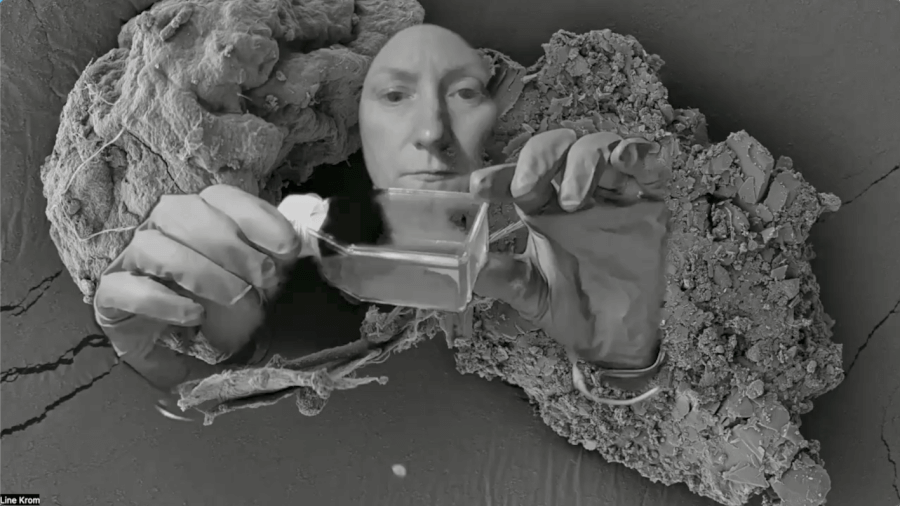
Line Krom is a German artist and cultural anthropologist, who explores the cultural richness of dust collected from museums, archives, mines, fields and other sites of social significance. Krom has transformed this often-overlooked material into performances, paintings, digital objects, and installations. Dust serves as both a metaphorical and material substrate in her practice for investigating themes of time, memory, environmental justice, and cultural heritage.

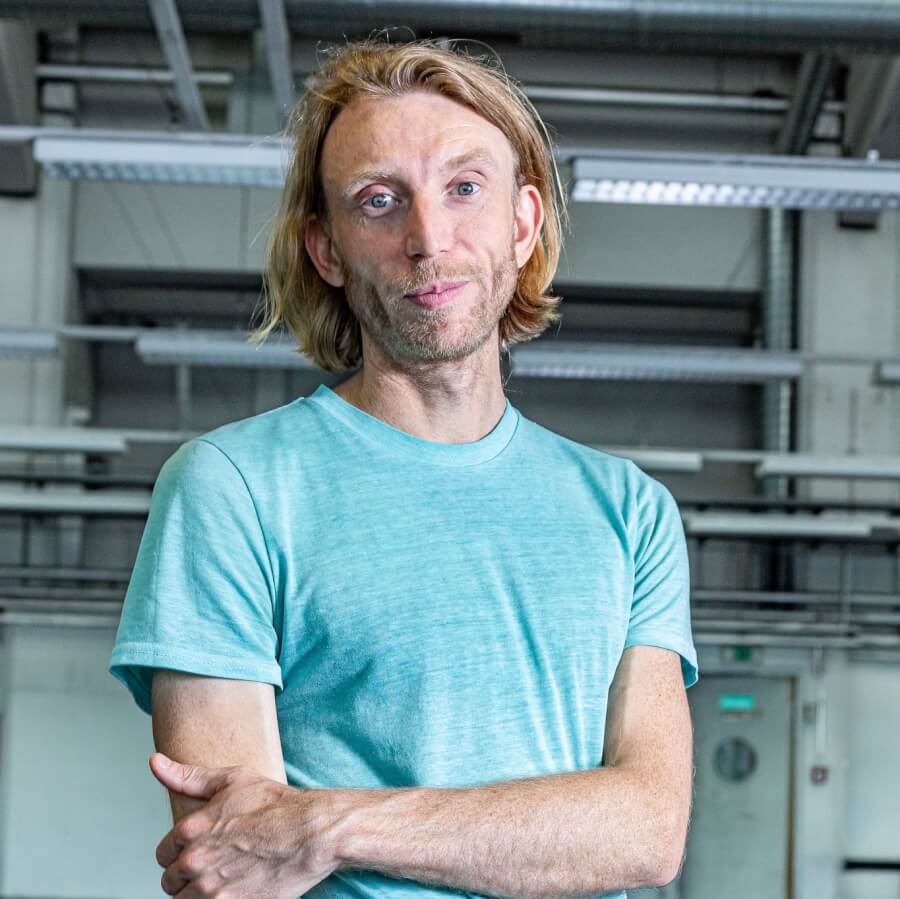
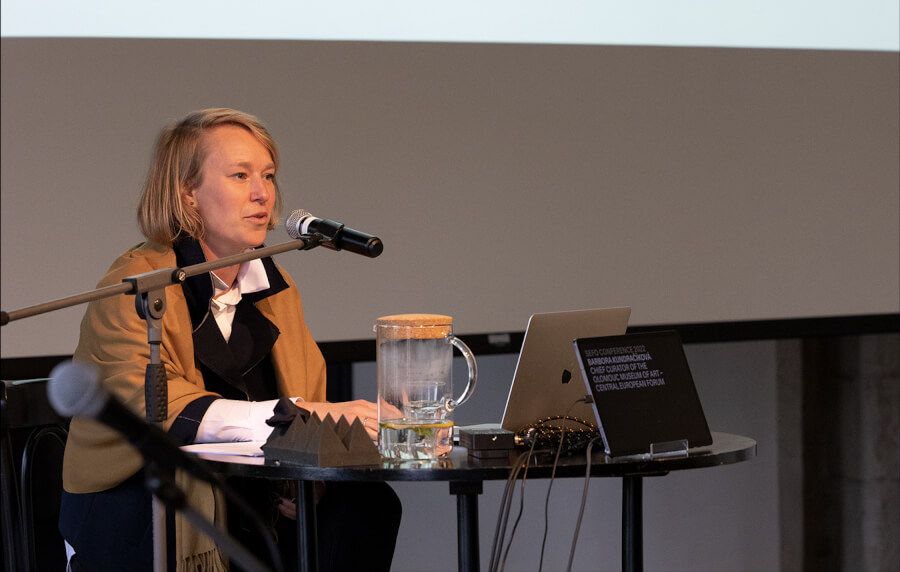
Barbora Kundračíková is an assistant professor at the Department of Art History at Palacký University in Olomouc. She also works as a curator at the Olomouc Museum of Art – Central European Forum (SEFO), collaborates with the private platform The House and works as a freelance curator. Her areas of interest include 20th and 21st century European art, technical representations, art history methodology and analytical approaches to aesthetics. As a curator, she focuses on projects presenting intermedia, postmedia and new media arts. As an author, she contributed to many publications, including the New Realisms: Modern Realist Approaches on the Czechoslovak Scene (1918-1945), László Lakner and CEE painting in the second half of the 20th century (with Dávid Fehér), New Holland (with Hubert van den Berg), etc. She is co-editor of the magazine Art 3/2022, focused on the relationship between photography and science. Due to her work within cultural institutions, she is interested in museum education, pedagogy, principles of sustainability, and inclusivity. She is a member of the L'Association internationale des critiques d'art (AICA).
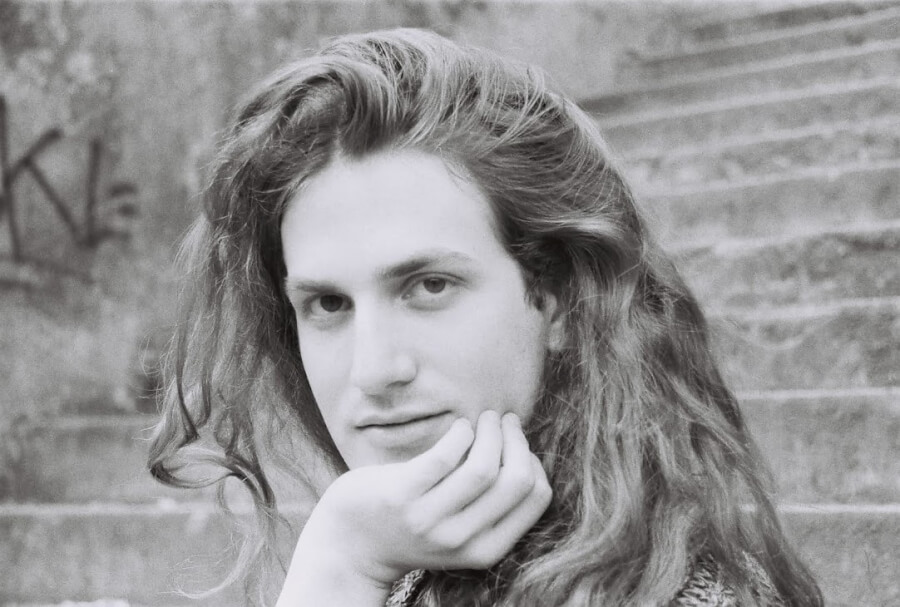
Tane_Tanya Laketić is a cultural worker and researcher with completed Interdisciplinary Master's studies at the UNESCO Chair of Cultural Policy and Management of the University of Arts in Belgrade.
As an artist, she primarily works with textiles, but is also interested in drawing, text, sound and performance. In addition, Tane aspires to contribute to the wider field of culture, including various disciplines such as management, curating, art history, cultural heritage, politics, human rights with an emphasis on LGBTQ+ rights. So far, she has participated in two international conferences in 2023 (Presented research: Perreo Periferia: Feminist Exploration of Reggeaton) and 2024 (Presented research: The Architecture of Female Gaze: The Influence of Femme Fatale Stereotype Portrayal).
Since 2022, Tanya is part of the Organisational Team of the Youth Biennial (Serbia) in the Financial and External Communications Teams. She is currently curating its third edition with the concept Oases regarding 'new imaginings of future and better worlds', contextualising this natural phenomenon as 'active, transient spaces, a sort of micro-reconfigurations that have no intention of ever becoming part of the dominant discourse (desert)'. Besides, she is a member of indisciplinary international collective PhD in One Night focused on aesthetic education for all, collective intelligence, and an amateur approach to knowledge; Les Orangeries de Bierbais as well as its Laboratory for Radical Peace (Belgium) initiated by the former and the latter where aesthetics, arts, ecology, solidarity and experimentations are joined in the practice of permaculture.
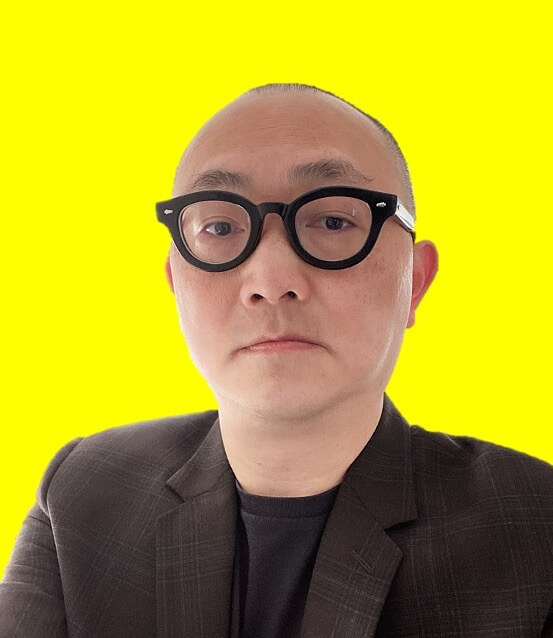
Dr Lam Yun Wah joined Hong Kong Metropolitan University as an associate professor in 2025 before working at University of Huddersfield and City University of Hong Kong. He works with a multi-disciplinary research network of biochemists, chemists, materials scientists and clinicians to tackle a variety of biological projects, ranging from biomedical engineering, environmental sciences to regenerative medicine, resulting in over 100 research papers and book chapters. He is also passionate in the transdisciplinary practice of science and art, having collaborated with and acted as scientific advisors for many artists.

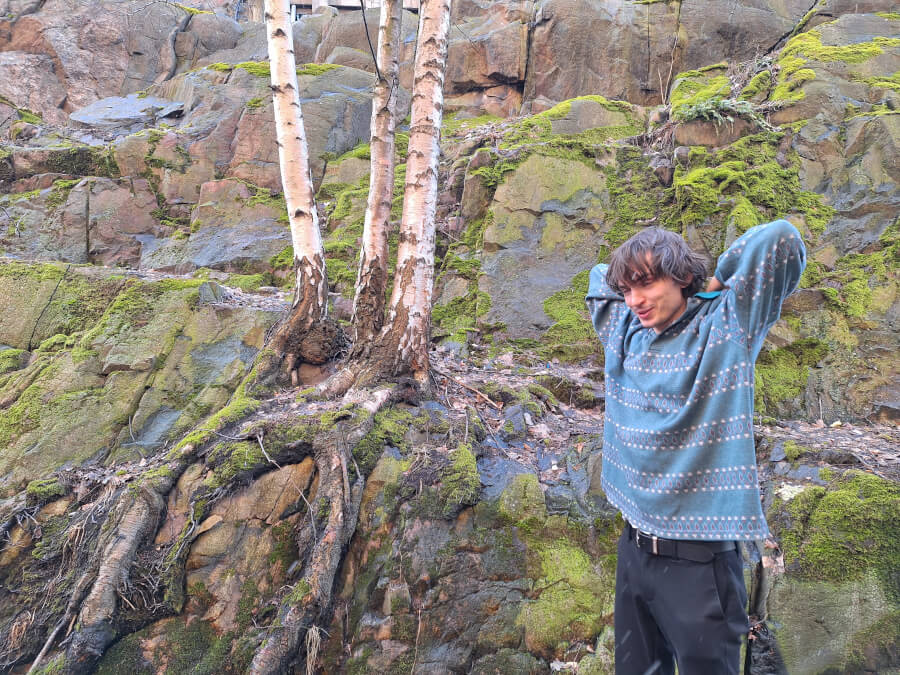
I am an architect and interdisciplinary artist, actively engaged in artistic research and interdisciplinary collaborations. Architectural education and extensive artistic experience allow me to collaborate with specialists from various fields, conceptualize and realize ideas that require multifaceted knowledge. I am an alumnus and/or participant of Ars Electronica, the Architecture Fund's Experiment Platform, the Venice Biennale, EIT Climate-KIC Hub, Tech Arts Incubator, and the "Creating Vilnius" programs; a co-founder of the interdisciplinary art collective "micro-empathy"; and a member of a speculative architecture collective "3022".
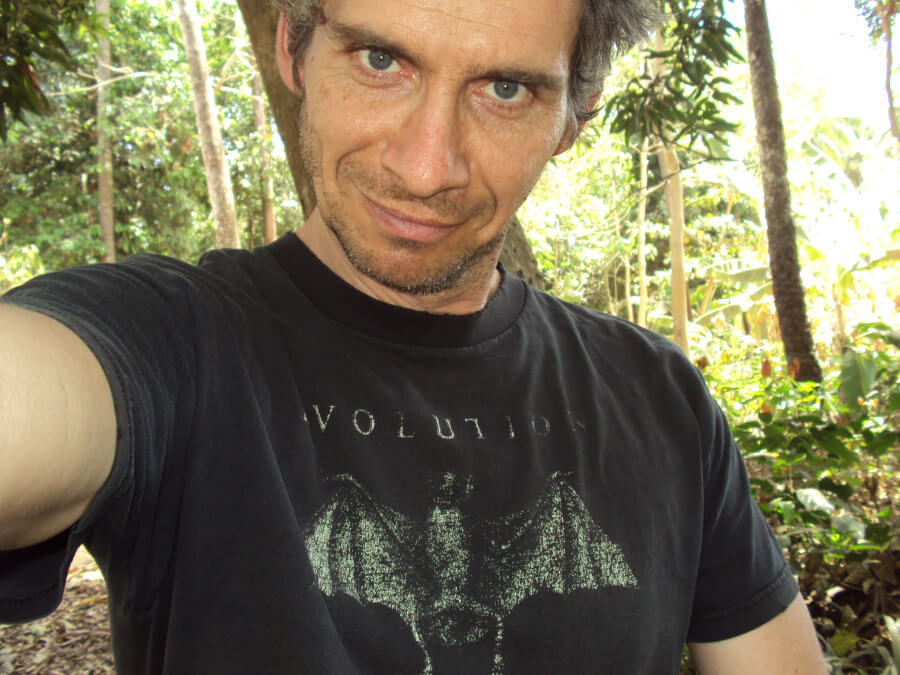
François-Joseph Lapointe is a biologist and bioartist, Full professor in the Department of Biological Sciences at the Université de Montréal (Canada). He holds a PhD in evolutionary biology (1992) and another PhD in the studies and practices of the arts (2012). As part of his research in biology, he is interested in phylogenetics, systematics, population genetics, and the human microbiome. As part of his interdisciplinary artistic practice, he draws inspiration from models of molecular biology and genetics. He is the author of 140 scientific publications and more than 300 international conferences. His artistic work has notably been presented at the Musée de la civilization (Quebec), Transmediale (Berlin), SciArt Center (New York), Ars Electronica (Linz), Medical Museion (Copenhagen), Science Gallery (London) and the Pompidou Center (Paris).


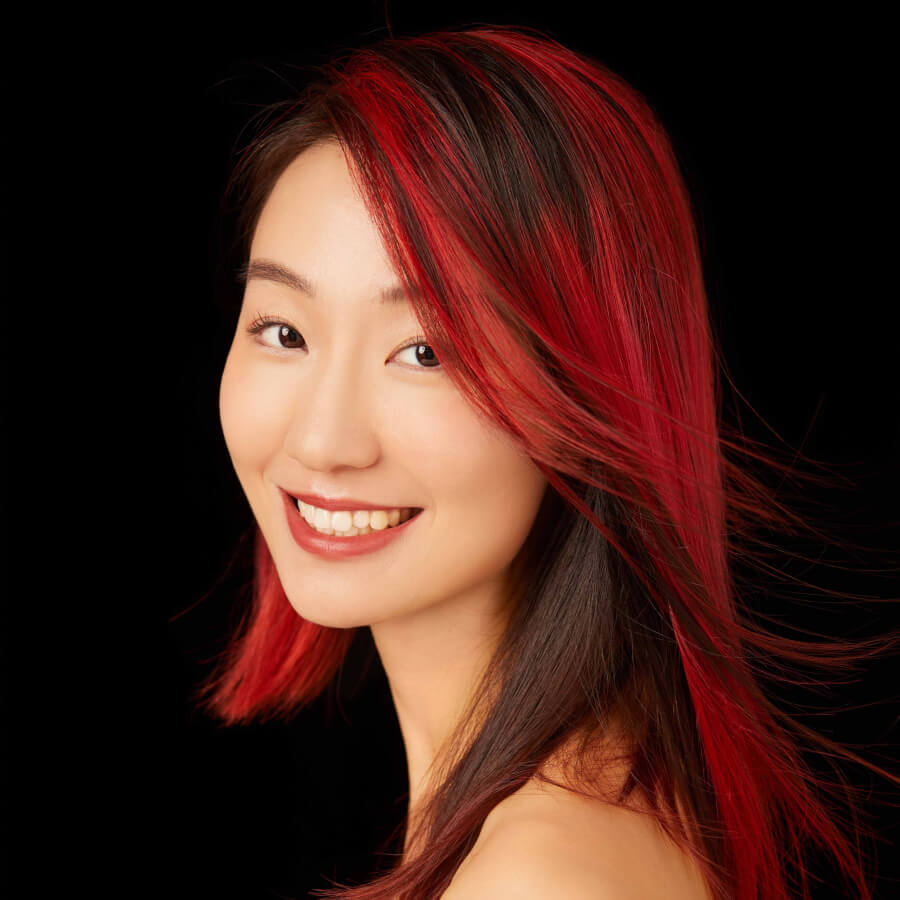
Jiabao Li is an artist, assistant professor at The University of Texas at Austin, founding director of Ecocentric Future Lab, and visiting professor at Stanford. She creates works addressing climate change, multispecies futures, humane technology, and perceptions. Her mediums include wearable, robot, AR/VR, performance, scientific experiment, installation. In Jiabao’s TED Talk, she uncovered how technology mediates the way we perceive reality. Her recent solo exhibitions include “Chill Out: The Arctic Couldn’t”, “Progenitorial Hysteresis”, “Perception Omnifold”, and “Ecological Soup: Interspecies Encounters”.
Jiabao is the recipient of numerous awards including Forbes China 30 Under 30, STARTS Prize, Falling Walls, Fast Company, and the Outstanding Instructor Award from Bio Design Challenge. Her work has been exhibited internationally, at MoMA, Venice Architecture Biennale, Ars Electronica, Exploratorium, Today Art Museum Biennial, SIGGRAPH, Milan and Dubai Design Week, ISEA, etc. Her academic papers have been published in top conferences and journals including SIGGRAPH, CHI, IEEE VIS. Her work has been featured on Fast Company, Art Forum, Business Insider, Bloomberg, South China Morning Post, Domus, Yanko Design, Harvard Political Review, Leonardo. She is a member of Onassis Foundation and a Fellow at Ars Electronica Founding lab. She graduated from Harvard GSD with Distinction and thesis award.



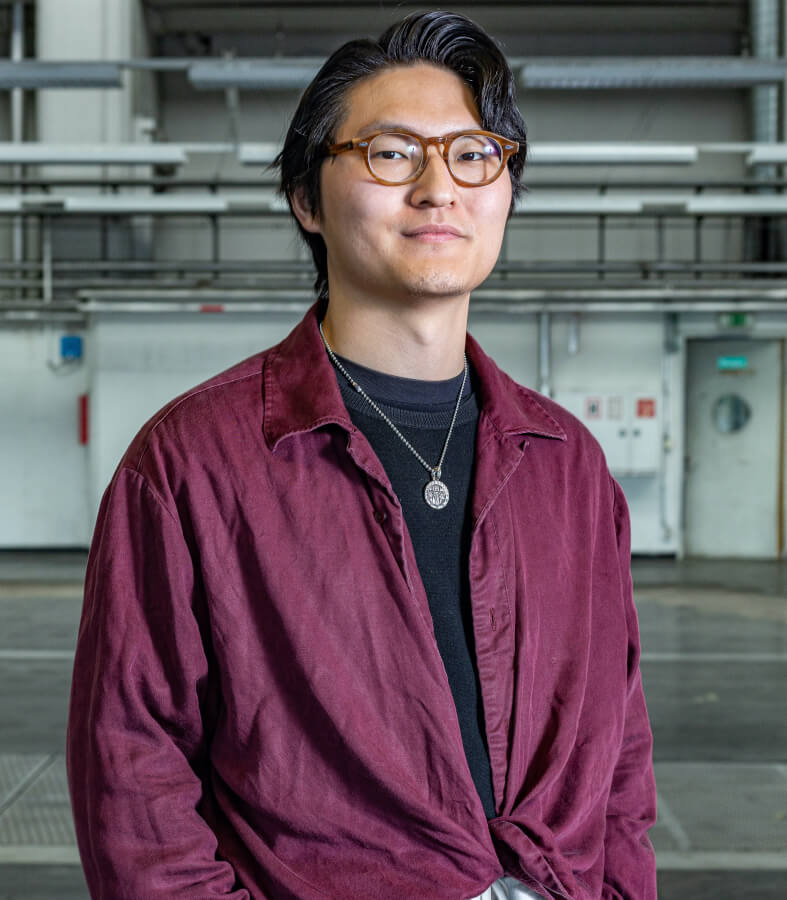
Pinyao Liu is an interdisciplinary artist and researcher based in Vancouver, Canada and Linz, Austria. His practice explores 3D generative AI and immersive technology for altered states of consciousness and transformative experiences. His interactive AI artwork has been exhibited at Ars Electronica Festival (AT), the 13th Shanghai Biennale (CN), Vancouver International Film Festival VR Gallery (CA), IEEE VR Art Gallery (FR), MUTEK (CA), SIGGRAPH Immersive Pavilion (US) and CVPR AI Art Gallery. His research has been published and presented in the Leonardo Journal by MIT Press, ACM CHI and NeurIPS.

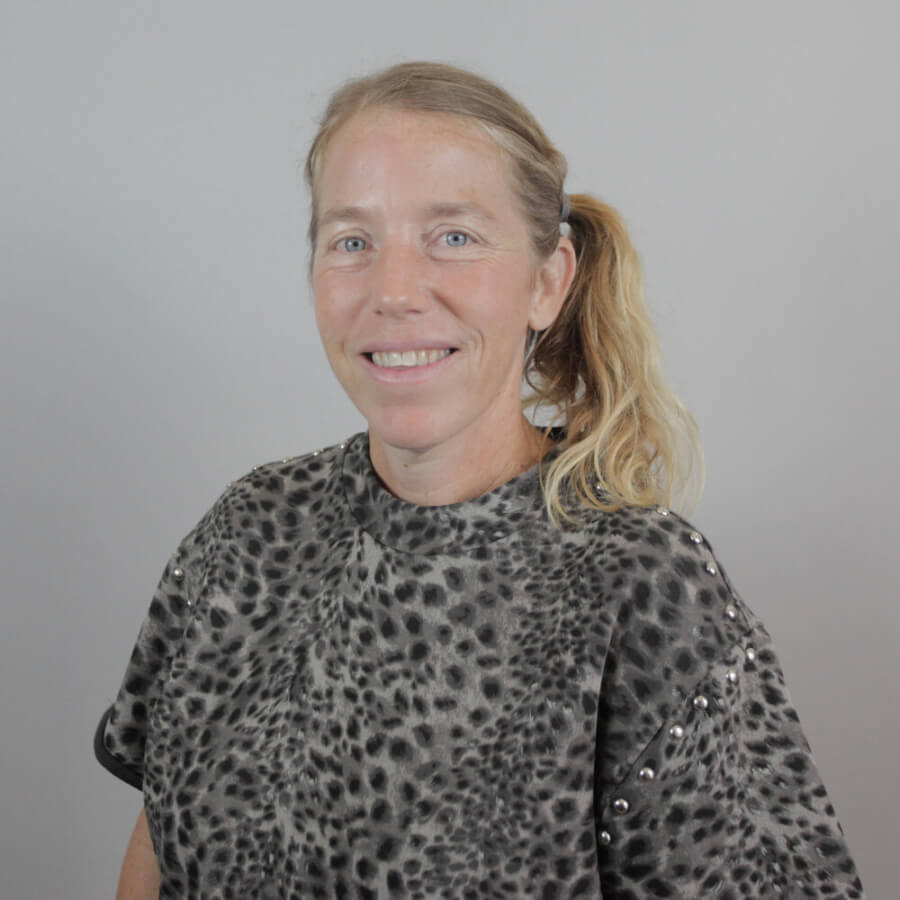
Kristin Lucas is an artist exploring connectivity as both an interpersonal process and a condition of the digital age—shaped by technological and ecological forces alike. Through speculative, often collaborative works—spanning biohacking, solar-powered web projects, and AR installations—she embraces complexity, challenging dominant narratives that shape how we see ourselves, relate to one another, and the more-than-human agents with whom we co-create realities. Lucas’s work has been featured in Art in America, Engadget, and Hyperallergic, with commissions from institutions including Dia Center for the Arts, FACT Liverpool, Rhizome.org, and the Whitney Museum. She is represented by And/Or Gallery in Pasadena and Electronic Arts Intermix in New York. Lucas studied at The Cooper Union and Stanford University, and currently teaches in the art department at the University of Texas at Austin.


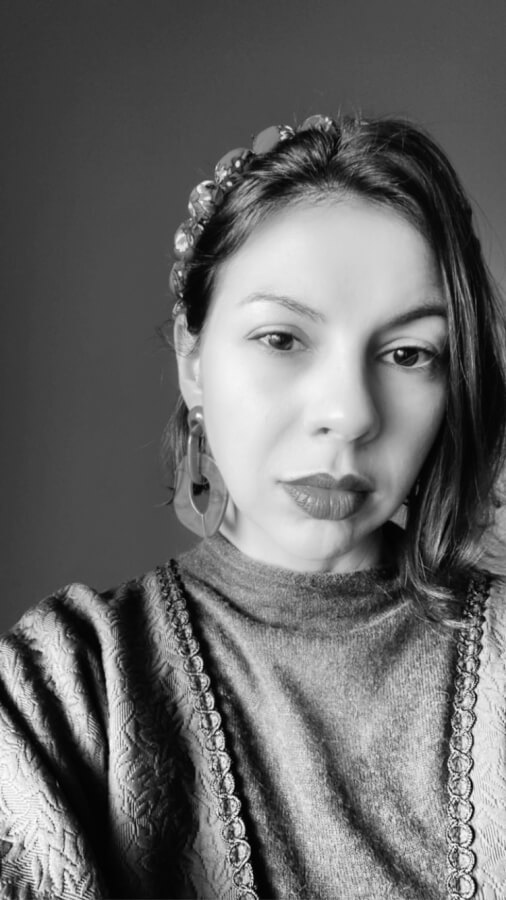
Filmmaker, video artist and activist, Anastasiya Maksymchuk received her BA in film directing in Kyiv, and proceeded with the Masters Degree in film from an international Erasmus program KinoEyes. In 2024, she got a PhD in Media Art at Lusófona University, Lisbon. Her PhD focus was the artistic reenactment of trauma as a cinematic method. Her latest work investigates the visuality, ritualism, and digitality of memory, as well as hybrid documentary as an archival and transformative practice.


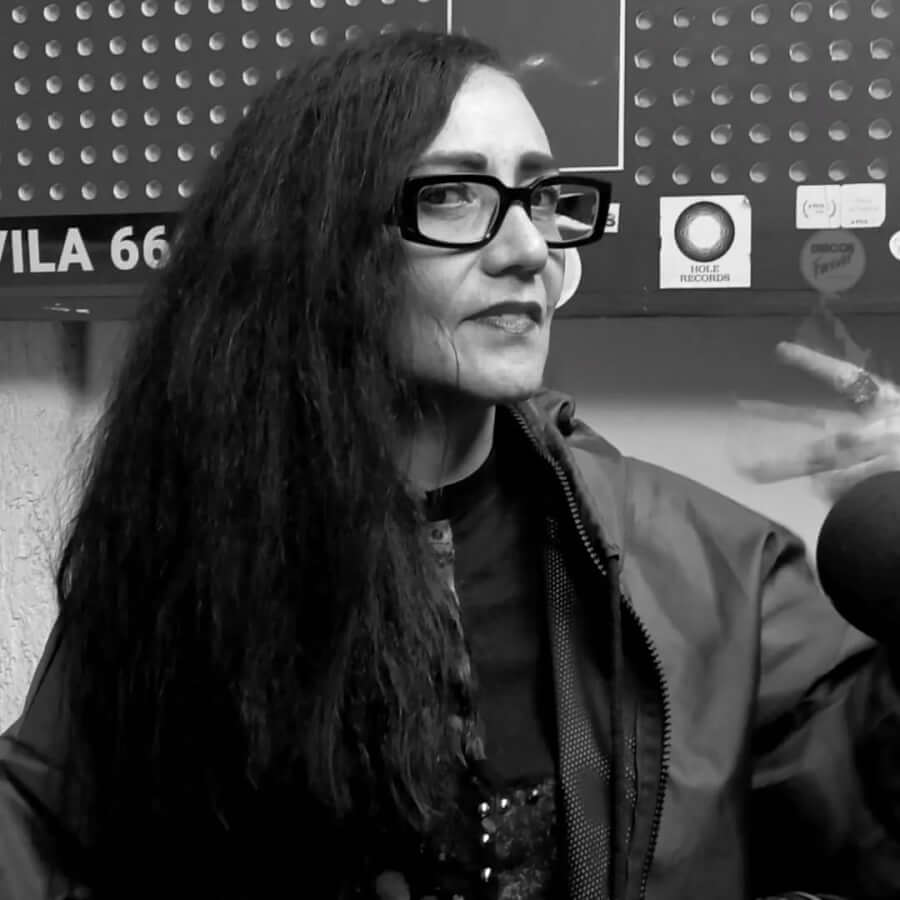
MAGENTA (María Nonantzin Martínez Bautista, México)
Transdisciplinary researcher, designer and artist. Master in CyAD (Sciences and Arts for Design)
and PhD candidate in Social Sciences in the field of politics and Comunication from the U.A.M.
Originally from Mexico City, her plastic work is developed in the field of Speculative Art and Design,
Live Cinema, live code, WearableArt, audiovisual performance, live code
and biosensors, Noise with DIY devices, among others. She has been an Academic Researcher and teacher
of Transdisciplinary Art and Multimedia Design. In her work she seeks the possibilities of code as a plastic artistic material,
as well as experimenting from an inter-semiotic perspective, experimentation with new materials,AR(augmented reality) AI(Artificial Inteligence)
DIY hardware and software design and development; sound collage, live coding, audiovisual,
and robotics, among others. in the digital,she takes the biological (data, development of new materials
) as material for artistic production, aesthetics and speculative design.
Her work conceptually reflects mainly on Critical Theory: Deconstruction,
Posthumanist Theory (the present and possible futures), Systems Theory, and Chaos theory, among others. Her work has been presented in various forums, galleries and festivals such as TRANSPIKSEL;
;e-cuerpo International Meeting of WEARABLE Art and Technology ;
International Meeting of Sound Art and Audiovisual Exploration, among others.
The most recent, MITOCONDRIA/Immersion in the Maternal Lineage,
“Mytochondrial Dress: travel stories with my ancestors” piece of bioart,
3D printing, AI and AR ( exhibited at the CNART
and at the Genomic Research Institute. A part of PosthumanArtNetwok as a resident and artist.
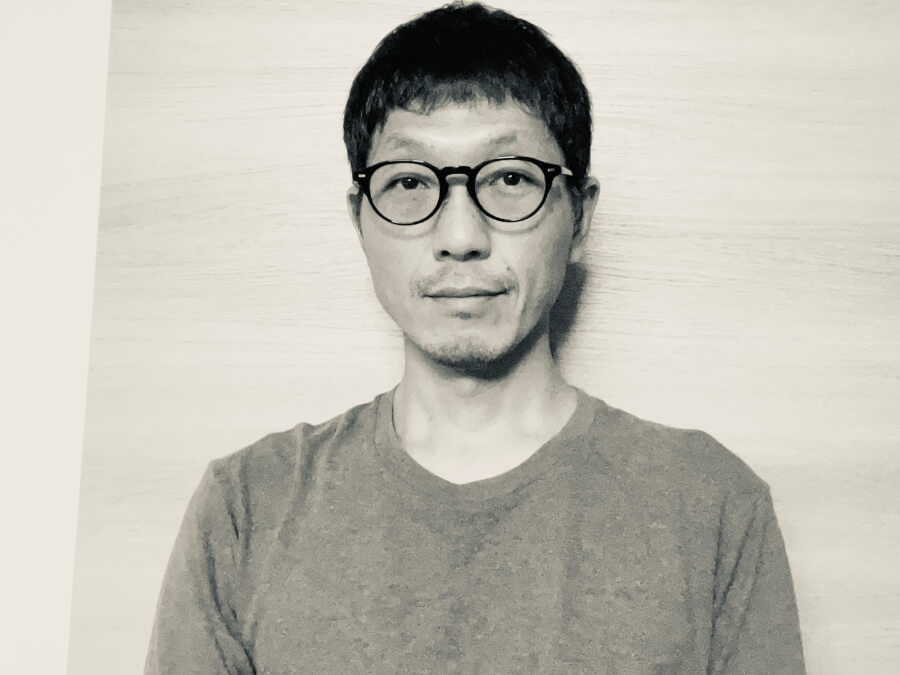
Yosaku Matsutani is currently a professor in the Department of Sociology at Otemon Gakuin University in Osaka, Japan. He specializes in aesthetics, art and media theory, and visual culture studies. He works on problems of art practices since the aesthetic turn, the relationship between science, technology, and art, and the sensibilities common to various organisms and things. He also collaborates with artists on various art projects that seek to reconsider the entanglement of the body, science, technology, and the environment, and to explore art practice itself. Recent articles include “Encounter with the Moon: Critical Reflections on JAXA’s “Lunar Farming” from the Perspective of Post-Earth Aesthetics,” “A Study on the Overlay Images in the Japanese Contemporary Art Scene: Cases of Chikako Yamashiroʼs Your Voice Came Out Through My Throat and Nobuaki Itoʼs Dead person and Living person” and co-authored “(De)composing Media Art through Practices with Nonhuman.” Recent art projects include "Let's Ride the Waves on March 11th," a collaboration with artist Soichiro Mihara and surfer Yuko Takahashi.
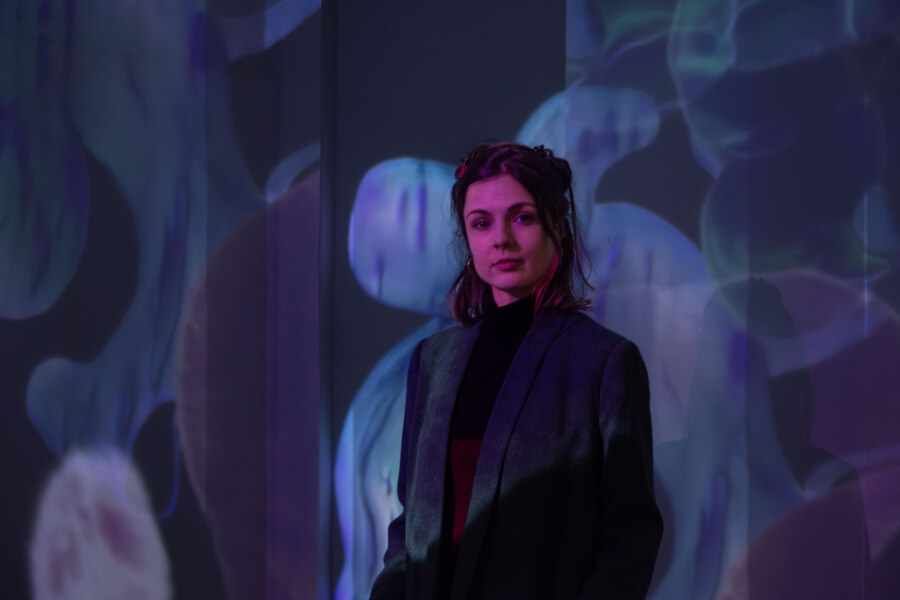
Marie-Luise Meister is a transdisciplinary artist whose work explores processes of change and liminal spaces that weave together past, present, and speculative futures. Employing storytelling as a tool, she delves into the symbiotic relationships between humans and the more-than-human world. Her artistic practice traverses materials, words, and images, shifting fluidly between analog processes and self-trained neural networks, crafting evocative in-between worlds that reflect themes of biodiversity, ecology, and evolution.
With a background in theater, media art, text, and body-based research, Meister studied Fine Arts at the Academy of Visual Arts in Leipzig and the Royal Institute of Art in Stockholm. Her work is deeply rooted in notions of rewilding, embracing the transformative potential of artistic exploration to reimagine ecological narratives. Meister has participated in artist residencies across China, Georgia, Italy, Sweden, Russia, Israel and Palestine, with her works showcased in numerous national and international exhibitions.
Supported by institutions such as the Rosa Luxemburg Foundation, the Goethe-Institute, the Ministry of Culture and Science of North Rhine-Westphalia, and Kunst Fonds Bonn, her projects emphasize the interconnectedness of ecological and cultural systems. Currently, she leads the EU-funded residency program Fluid Materialities, an artistic research initiative exploring the interrelations of matter and symbiosis, set to unfold in collaboration with the KIND Lab of the University of Applied Sciences Trier in 2025. Meister’s practice embodies a commitment to reimagining the boundaries of artistic creation, fostering innovative dialogues between art, nature, and speculative futures.




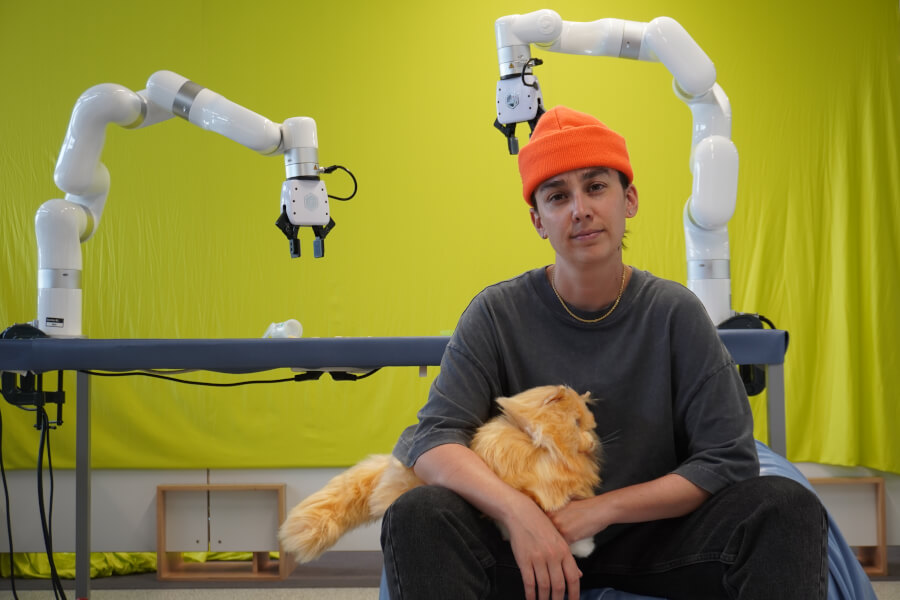
Julie-Michèle Morin is an artist-researcher, dramaturg, and technoqueerfeminist thinker working at the intersection of live arts, machines, and political speculation. They recently completed a joint PhD at Université de Montréal and the University of Antwerp (2025), where their research interrogated the dramaturgies of robotics and the lingering humanist, technocapitalist, racist, and patriarchal assumptions embedded in technoscientific imaginaries.
Their most recent performance projects—Glitching Optimization in a Few Steps: A Lecture-Performance about Robotic Failures (2023) and Reassembling Bolts of Care: Yet Another Talk about the Future of TechnoCare (2024)—stage machinic encounters that resist solutionism and care for failures as a mode of living and caring.
Currently a postdoctoral fellow at Université Laval, they examine the affective narratives mobilized by the AI industry and explore how artists disrupt, reconfigure, or sabotage these dominant scripts through critical fabulation and speculative performance.
Julie-Michèle’s writings have appeared in Theatre Research in Canada, Liberté, Jeu, Esse arts + opinions, aparté | arts vivants, Spirale and Percées. They co-edited the book La vidéo en scène : l’acteur et ses technologies [Video on Stage : Actors and their technologies] (2023) with Josette Féral.
Above all, they love tinkering, dogs, hacking, objects, snails, disobedient machines, slow practices, astrochemistry, sharks and theater as a space of unresolved questions.

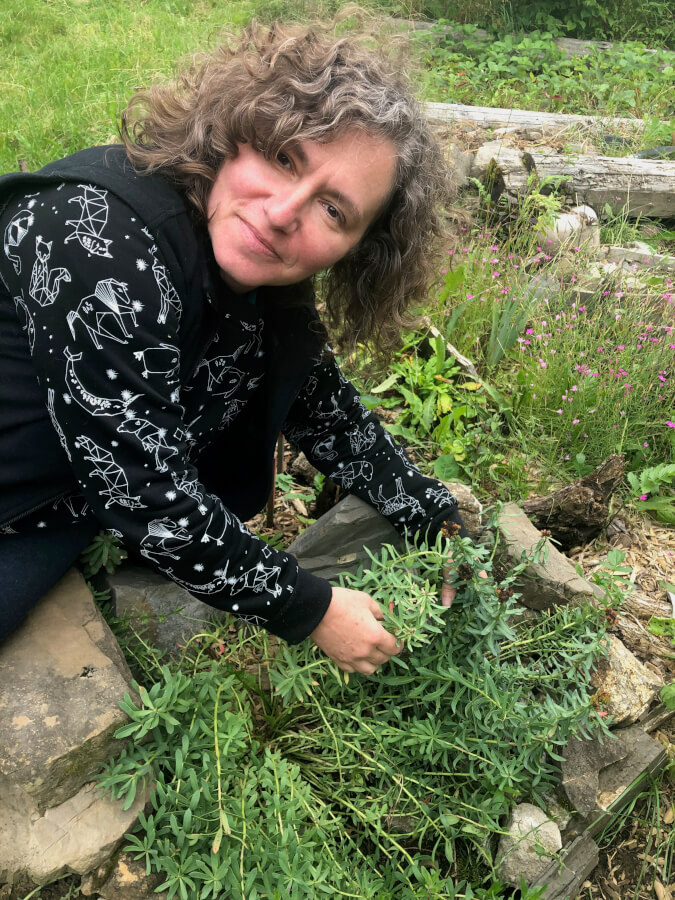
Anna Nacher works as Associate Professor at Jagiellonian University. Her research centers around digital aesthetics and media, with a focus on new media art, electronic literature, and sound art. She also ventures into environmental humanities and postcolonial theory. She has published in European Journal of Women’s Studies, Hyperrhiz, and Communications +1 (among others) and contributed chapters to edited volumes published with Routledge, Intellect and Brill. In 2021, together with Scott Rettberg (University of Bergen) and Soren Brø Pold (Aarhus University) she co-curated an online exhibition of electronic literature and digital art produced during the COVID19 pandemic: https://eliterature.org/elo2021/covid /
She is a 2020 Fulbright alumna, in 2019-2024 she served as a member of the Board of Directors of the Electronic Literature Organization.
In addition to her academic endeavors, Anna Nacher pursues a creative practice in sound and digital media.
She is an active member of permaculture community, Biotope Lechnica, which she has been building in the Carpathian mountainssince 2014.
She currently is working on the project on ecomedia, bridging her theoretical academic endeavors on postdigital aesthetics, media materialities and mediation as well as her creative and permacultural pursuits, under umbrella name of Breath Library.
More information and a full list of academic publications: http://breathlibrary.org

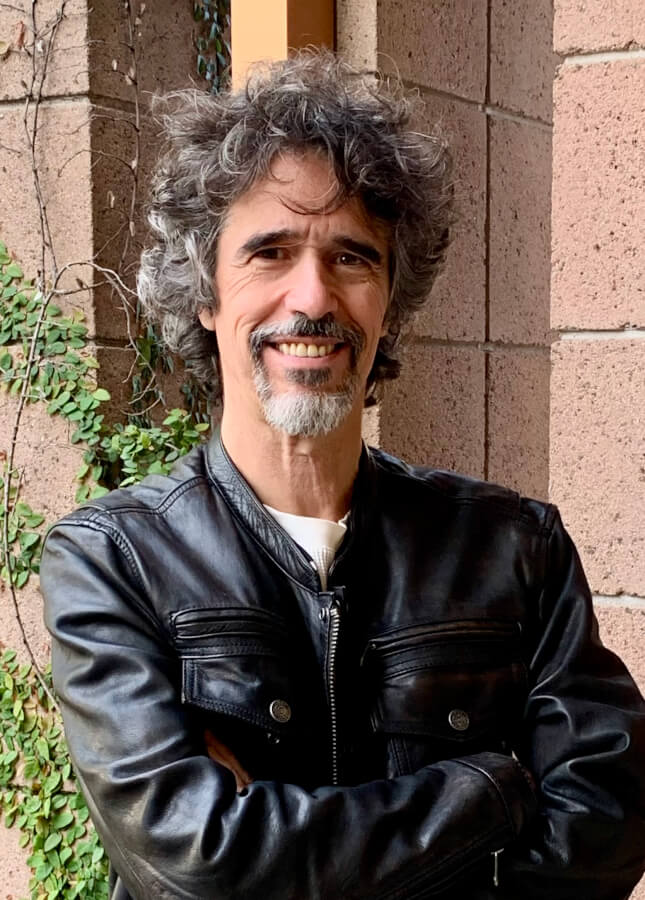
Composer João Pedro Oliveira holds the Corwin Endowed Chair in Composition for the University of California at Santa Barbara. He studied organ performance, composition, and architecture in Lisbon. He completed a Ph.D. in Music at the University of New York at Stony Brook. His music includes opera, orchestral compositions, chamber music, electroacoustic music, and experimental video. He has received over 70 international prizes and awards for his works, including the prestigious Guggenheim Fellowship in 2023, the Bourges Magisterium Prize, and the Giga-Hertz Special Award, among others. His music is played all over the world. He taught at Aveiro University (Portugal) and Federal University of Minas Gerais (Brazil). His publications include several articles in journals and a book on 20th century music theory.
www.jpoliveira.com

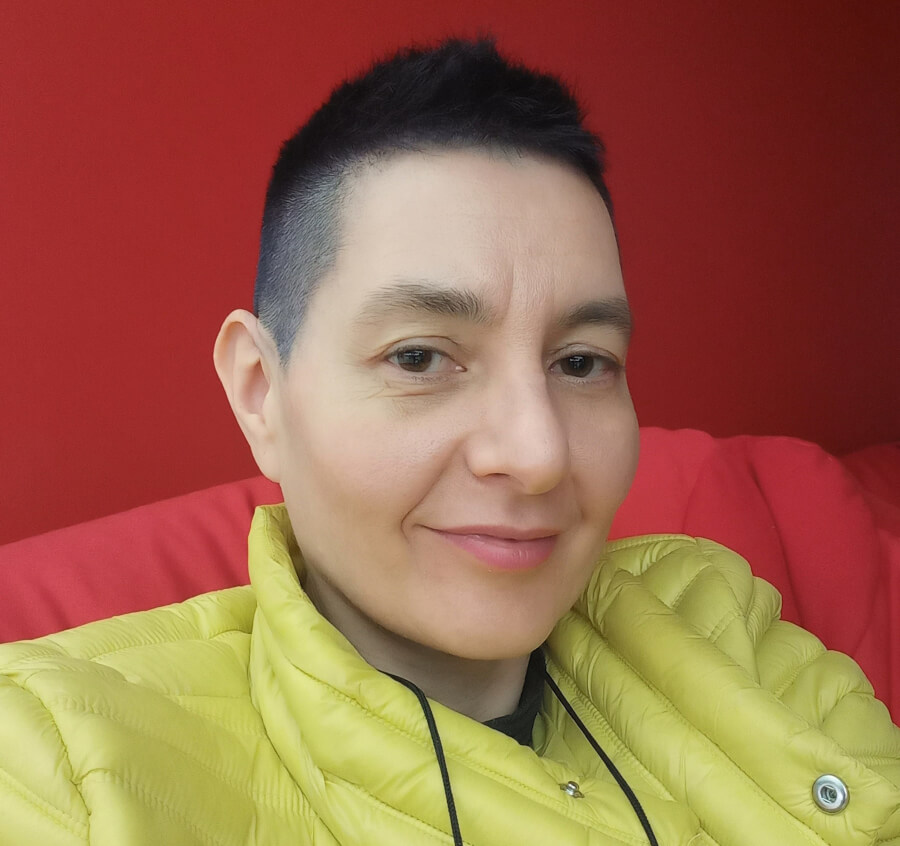
Sunčica Ostoić (Zagreb, Croatia) is an art historian and theorist of art at the intersection of science, technology, and the body. She holds a PhD in Arts and Media from the Faculty of Media and Communications in Belgrade. In 2002, she co-founded KONTEJNER / bureau of contemporary art praxis in Zagreb, where she led the organization for many years, curating and initiating internationally acclaimed festivals such as Extravagant Bodies, Touch Me, and Device_art. Her work includes peer-reviewed and professional articles, numerous exhibition prefaces, and the editing of catalogs for art exhibitions, festivals, and interdisciplinary anthologies. She has lectured at international conferences, as well as at higher education and artistic institutions. She is a guest adjunct assistant professor at the Academy of Fine Arts, University of Zagreb.


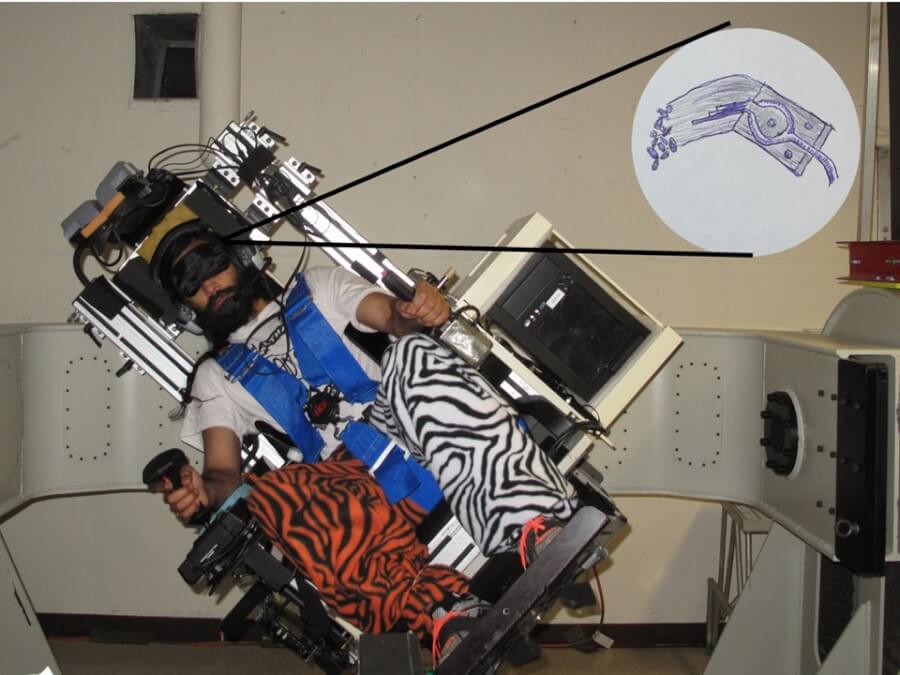
I am a research scientist in the Ashton Graybiel Spatial Orientation Lab at Brandeis University. I study spatial disorientation that astronauts and pilots experience. Some countermeasures that I have explored include artificial intelligence and human augmentation. In fact, it was my research that motivated part of this project. In my research I found that when people are disoriented, they lose sense of where they are in space. When I augmented them (essentially turning them into a cyborg) by attaching a bunch of little vibrators that indicated their orientation, the participants are able to use it but nevertheless experience a confusion. This is because they no longer can rely on what is internal (their own vestibular sense) and instead have to rely on something external to them (the vibrotactors). I wondered, how can we make this external vibrotactor feel more internal? In my personal life, I hold many ceremonies at my house and so I thought that perhaps ritual, narrative and storytelling could make something external feel internal.
My research:
https://sites.google.com/view/vivekanandpandeyvimal/research_2/introduction
My ceremonies:
https://sites.google.com/view/vivekanandpandeyvimal/projects/community
I love meeting new people, so don't hesitate to contact me! (email: vvimaldhye@gmail.com)
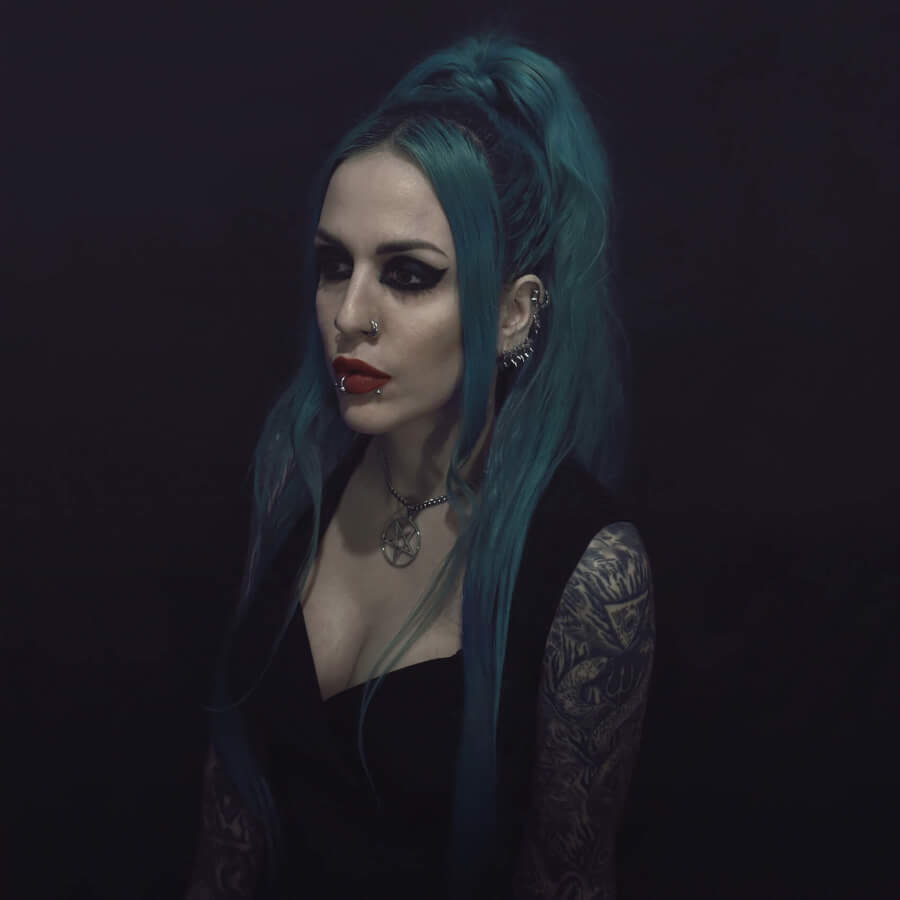
Dr. Penny Papageorgopoulou is a computer scientist, visual artist and new media scholar. In 2024, she received her PhD in Human-Computer Interaction from the National and Kapodistrian University of Athens. In 2015, she received her MSc. in Digital Communication Media and Interactive Environments from the National and Kapodistrian University of Athens. In 2008, she received her BSc. in Telecommunications Science and Technology from the University of Peloponnese. Her scientific interests include embodied computing, the broader field of human-computer interaction, as well as the design, development, and evaluation of immersive systems.


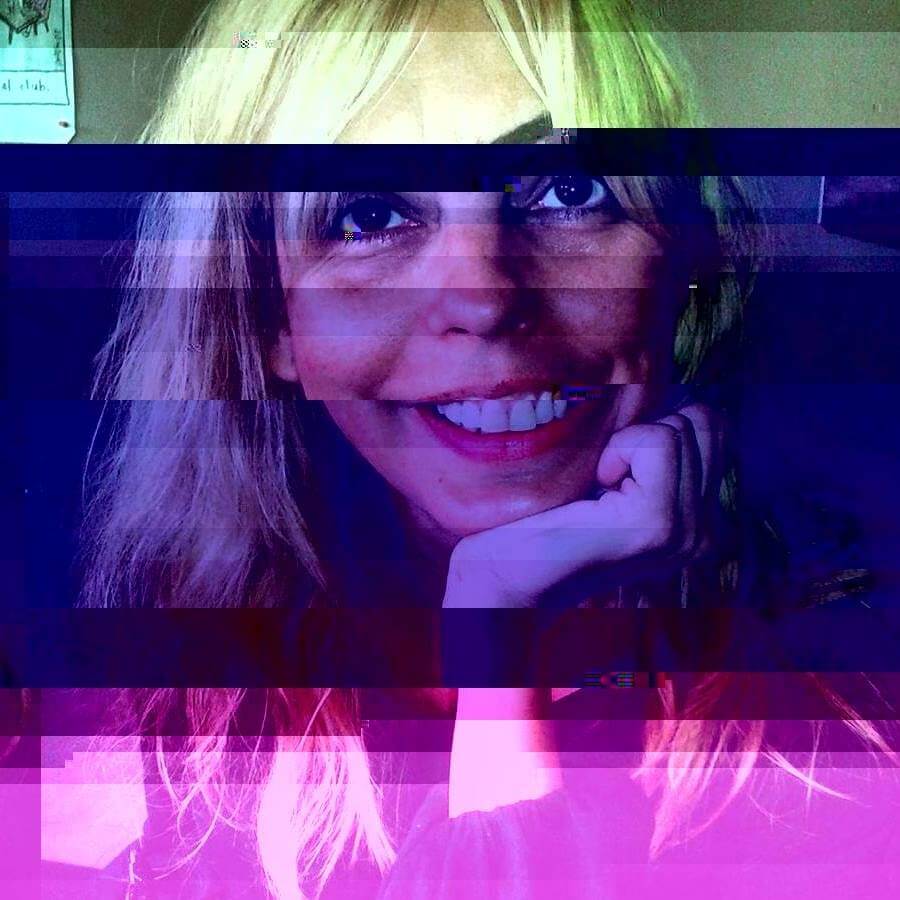
Iona Pelovska is an artist/filmmaker interested in the human capacity to assemble realities. Her art explores the limits of language as the interface of dream, thought and perception. Before obtaining her BFA and MFA in Film Production, Iona Pelovska has received an early training in Fine Arts that has shaped her understanding of cinema making moving image technologies, the media of light and time, her art tool of choice. Her research in cinema has extended to new media, earning her a PhD in Technology and Culture. A Roger Fellow, she has been the recipient of a number of grants and distinctions, and has presented her work at festivals, academic institutions, and art venues around the world.

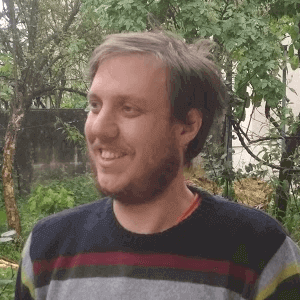
Minas Pergantis is curently an active postdoctoral researcher and a research fellow of the Department of Audio & Visual Arts. His post doctoral research revolves around the Evaluation and Optimization of User Experience in Online Digital Art Repositories.
He is a dimplomate of the Electrical and Computer Engineering Department of the Polytechnic School of the University of Patras. He has multiple years of work experience in the private sector as a Web application programmer and Website developer.
He holds a PhD from the Department of Audio & Visual Arts of the Ionian University for his research titled "Art search online: analysis of user behaviour and search technologies".
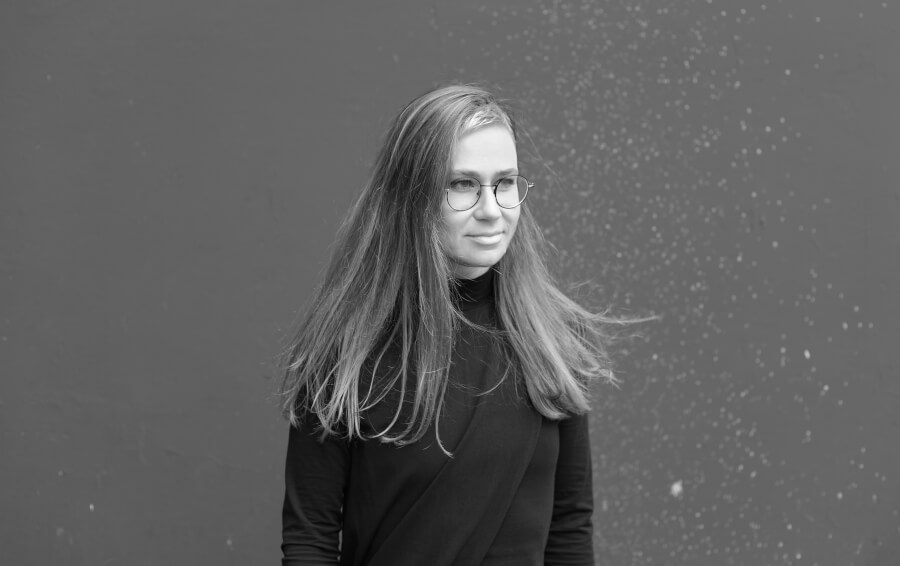
Špela Petrič is a Slovenian hybrid media artist with a background in the natural sciences. Her artistic research and practice combines (bio)media and performativity to enact strange relations between bodies that question the underpinnings of our (bio)technological societies. Recently she has been busy with looking closely at automation of care in agriculture and medicine.
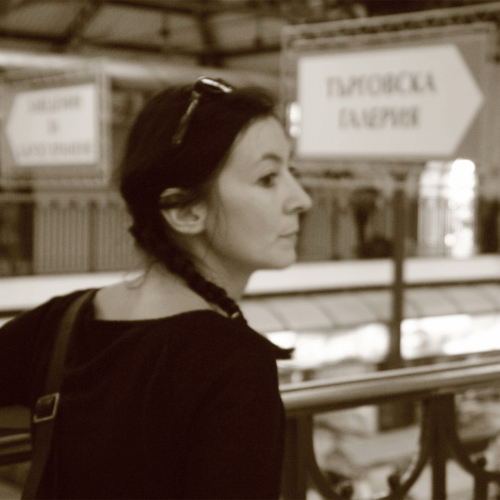
tatjana petzer is a nomad between cultures and times, working as a full professor at the university of graz. she is writing in the field of humanities, especially about slavistic topics and the history of knowledge, about text and sound, image and dress – across media and undisciplined. her most recent publications include the monograph knowledge and faith. figurations of the synergos in slavic modernism and the annotated anthology immortality. slavic variations.
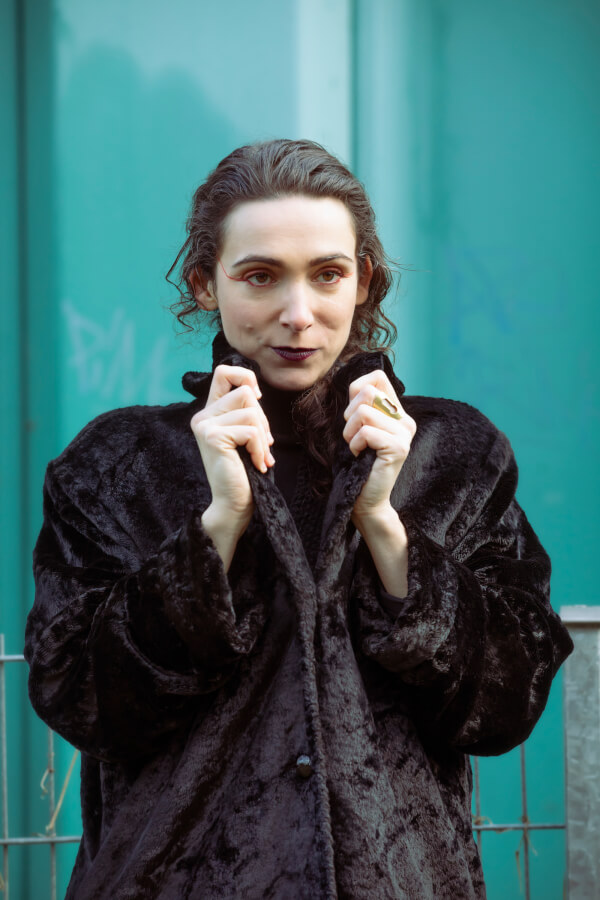
Known internationally for her otherworldly work with living matter, ecology and biotechnology, Dr Margherita Pevere is an artist and researcher addressing taboos like death, sex and vulnerability. Her practice embraces object-making, installation, performance, and writing, which she waves seamlessly thanks to her transdisciplinary background.
Her project Lament on wildfire ecologies received the COAL Prize / Transformative territories mention (2024) and she was nominated for the Falling Walls Awards / Category Art and Science (2023) for the body of work around her concept ‘arts of vulnerability’. Her artworks have been shown at iMAL - Center for digital cultures and technology, Bruxelles; Foundation L’Art Pur, Ryhad; Kunstquartier Bethanien, Berlin; Kiasma Theatre, Helsinki; Kapelica Gallery / Kersnikova, Ljubljana; KONTEJNER, Zagreb; Ars Electronica, Linz; Wiener Festwochen; Casa Viva, Mexico City, among other.
She runs the performance group Fronte Vacuo with Marco Donnarumma to create works that combine body art, dance, theatre, audiovisual performance and technology. Among the projects she initiated, the show Membranes Out Of Order (co-curated with Theresa Schubert and Karolina Żyniewicz) featured an innovative exhibition concept based on artworks and research materials. Recent art and science partnerships include the Joint Research Centre of the European Commission and the Heimholz Centre for Infection Research. She is a member of the Finnish Bioart Society and the Queer Death Studies Network, and affiliated researcher of The Eco- and Bioart Lab.
Pevere holds a doctorate in artistic research from Aalto University on art, biotechnology and queer studies. Her publications cover arts, aesthetics, environmental humanities and queerfeminist studies.

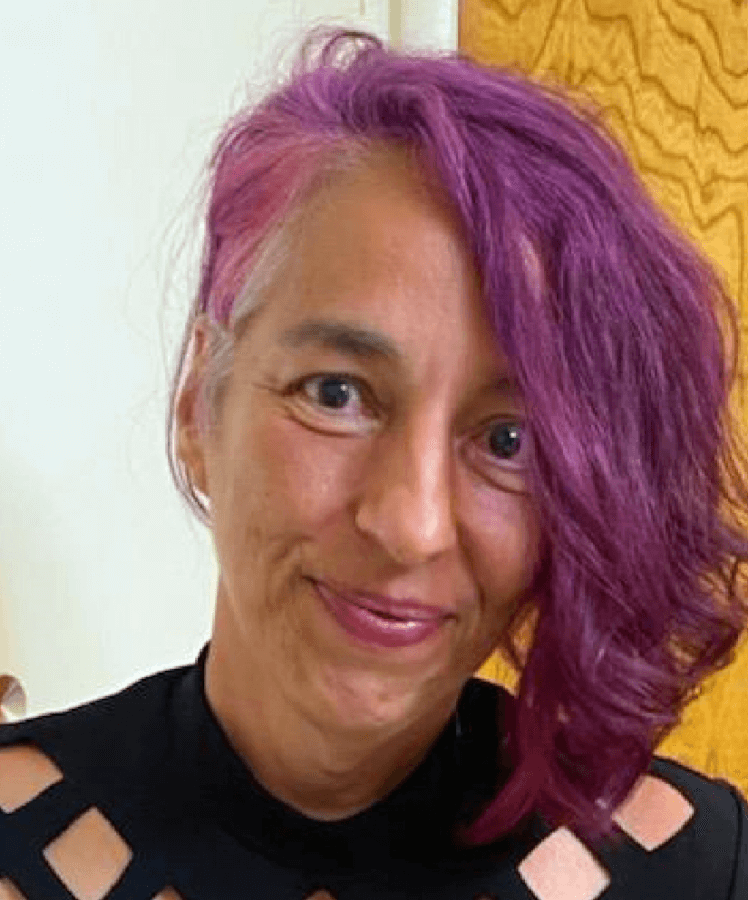
Praba Pilar is a queer diasporic Colombian artist creating interdisciplinary projects that disrupt the cult of the techno-logic. She is working internationally on subversive, playful, and simultaneously serious ways with AI systems to nixtamalize the technology sector, creating algorithms, code, images, and songs that challenge data extraction techno-colonialism and offer algorithms of liberation.
Her artworks have been presented in museums, galleries, universities, festivals and streets around the world – including the Museum of World Culture in Gothenberg, Sweden; MUAC in Mexico City; La Facultad de Bellas Artes, Altea, Spain; Vancouver's LIVE BIENNALE; Toronto's McLuhan Center for Culture & Technology; SIGGRAPH in South Korea; the Zero One Festival at ISEA; OCAD in Toronto; Galeria Studio Cerrillo in San Cristobal de las Casas, Chiapas, Mexico; MOCA in Los Angeles; San Francisco's MOMA; BAN 5 at Center for the Arts at Yerba Buena; Grace Performance Space in New York City; the Oakland Museum of California; and many more, with works on exhibit in perpetuity at the Kitchen in NYC and in ACM SIGGRAPH’s Future Past VS. Coloniality: Decolonial Media Art Beyond 530 Year.
She is a 2025-27 HUMAN (Humanities Understanding of the Machine Assisted Nexus) Fellow at Lake Forest College/Ragdale, Co-Director of the Bioarts Ethical Advisory Komission, and an Emeritus Board Member of Women Eco Artists Dialogue. Pilar has a PhD in Performance Studies from the University of California, Davis, and you can learn more about her work at prabapilar.com.



Despoina Poulou is an Assistant Professor of Culture and Digital Audiovisual Arts at the Department of Cultural Technology and Communication of the University of the Aegean. Since 2023, she has been a coordinator and lecturer at the Open Hellenic University in the Undergraduate Program in Film Writing, Practice, and Research Studies. She holds a PhD from the Department of Philosophy and Education of the Aristotle University of Thessaloniki. Her research interests lie in the fields of film theory, film aesthetics, and philosophy of film, focusing also on issues of intertextuality and intermediality in cinema and on the conversation between filmic and literary text. She has presented papers reflecting her research interests in journals and conferences and is the author of the book The Philosophy of Eroticism in Cinema: Bataille, Bertolucci, Oshima (Athens, Aigokeros, 2022).



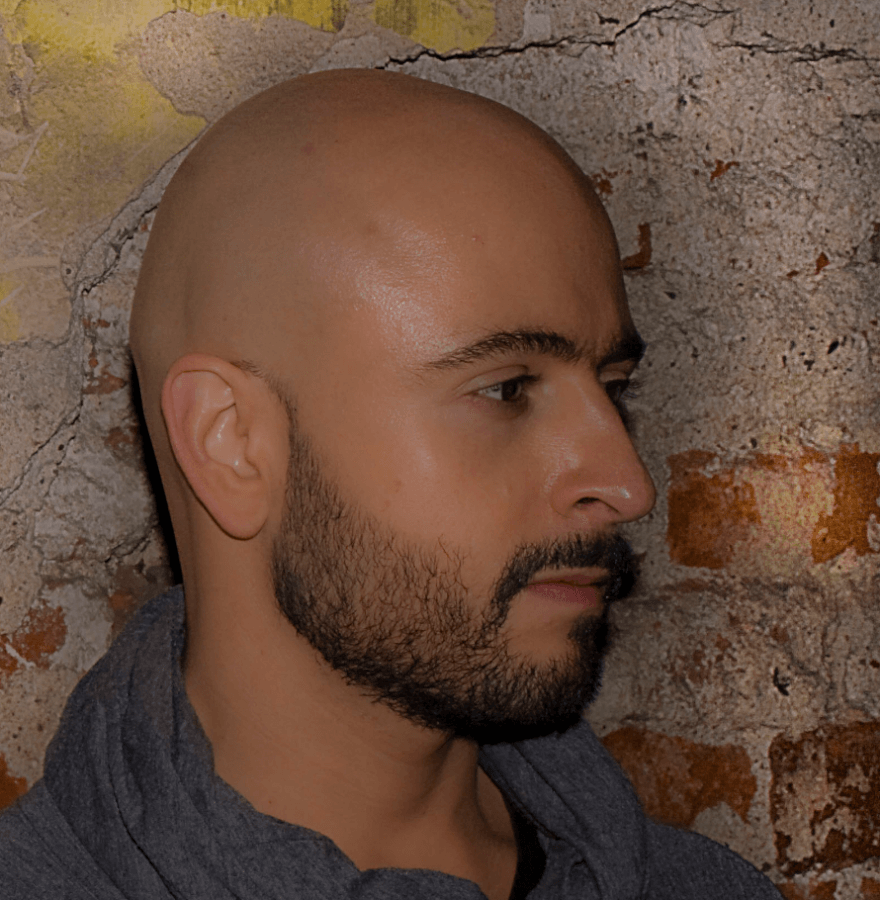
Radek Przedpełski (he/him) is a migrant artist and adjunct lecturer in interactive digital media at Trinity College Dublin. Radek is currently a Postdoctoral Research Fellow on the project “Not a Space Race. Towards a New Quantum Policy.” Radek graduated from TCD with a PhD in Digital Art and Humanities. Radek’s dissertation explored the 1970s experimental neo-avant-garde intermedia in People’s Republic of Poland focusing on Polish engineer-turned-artist Marek Konieczny (1936-2022). Radek is currently writing a monograph on deterritorializing/queering Sarmatism (a Baroque mythology of Eastness) in works of this marginalised artist. Radek co-edited a volume on Deleuze, Guattari and the Art of Multiplicity (Edinburgh University Press, 2020). Radek is a member of Substantial Motion Research Network founded by Laura U. Marks and Azadeh Emadi for cross-cultural investigation of media art, as well as a curator, together with Marks, of the annual Small File Media Festival hosted by the School for the Creative Arts at Vancouver's Simon Fraser University (SFU). Inspired by ecologies of the Outer Carpathian Mountains and Éire, Radek's artistic practice explores entanglements between the earth, the cosmos, and sustainable artistic techniques. Radek presented his installations at the Quadrangle Gallery, Galway; Ghent, Belgium; Vancouver’s Studio T Gallery; and Seyðisfjörður, eastern Iceland. Radek also researches Polish Tatar culture; he translated a volume of Tatar rubaiyyat into English, taught on Turkic resonances in Polish culture, and was a researcher for the Slavs and Tatars collective.
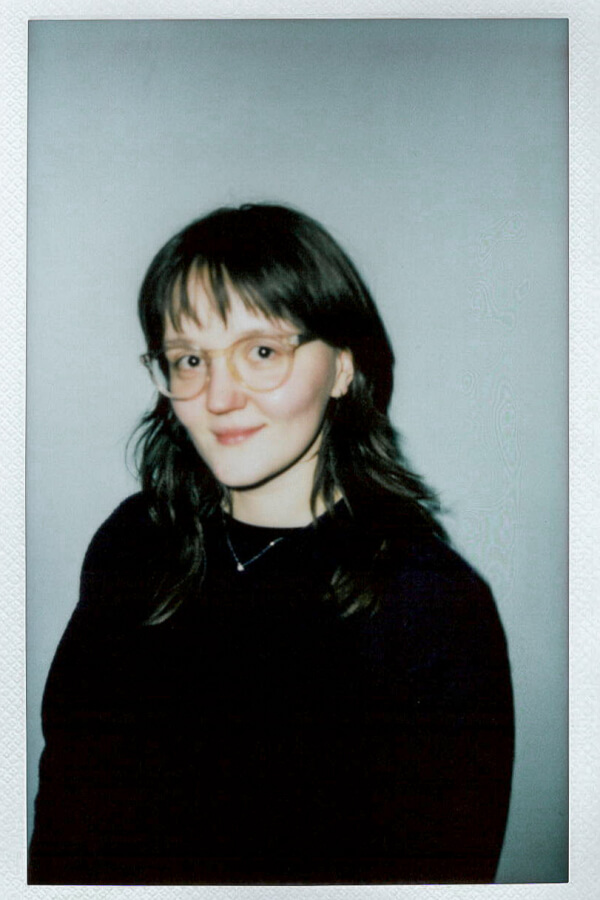
The artist duo sikau/pubalova was founded in 2020, exploring the intersection of media arts, speculative research and experimental sound theater. They have been commissioned by Ars Electronica Festival, Science Gallery Bangalore, Climate Week NYC, European Commission, S+T+ARTS, LABoral, IMPAKT, Transmediale, Ensemble Modern and Ligeti Center.
Denisa Půbalová (she/her, CZ/NL) is an audiovisual artist, a researcher on environmental philosophy, critical posthumanism, and technological infrastructures, a creative coder and a lecturer. She works at the intersections of arts and science.
Exploring microscopic and macroscopic climates, her current research expands from climatic storytelling with diatoms (microalgae), to critical research of the phenomenon of Earth’s digital twin. She works with microorganisms (molds, fungi, diatoms, biofilm). For her artistic research, she worked with Waag Futurelab, Posthuman Art Network CA, and Artbiom Prague.
Together with Dr. Lea Luka Sikau, she forms duo sikau/pubalova, an artistic initiative focusing on embodied multi-sensory encounters within the arts. sikau/pubalova were commissioned by S+T+ARTS, Ars Electronica, BASE Milan, Science Gallery Bengaluru, IMPAKT Utrecht, transmediale Berlin, LABoral, Ensemble Modern, TONALi Hamburg, and ligeti zenter Hamburg.
She is a visual artist in Metanoia Creatives, a collective that focuses on digital animation, generative arts, projection mappings, and large-scale audiovisual installations presented worldwide.

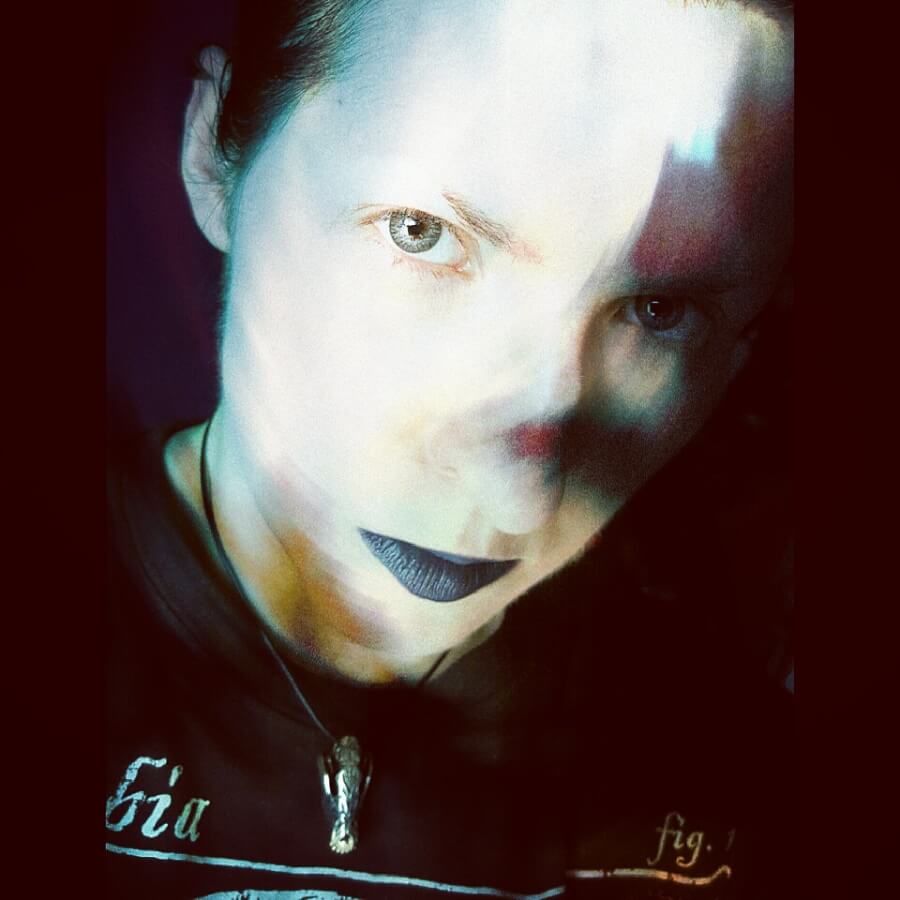
Marietta Radomska, PhD, Docent, is Associate Professor of Environmental Humanities at Linköping University; director of The Eco- and Bioart Lab (https://ecobioartlab.net/); co-founder of Queer Death Studies Network (https://queerdeathstudies.net/). Radomska is the author of Uncontainable Life: A Biophilosophy of Bioart (2016); co-editor of the book series ‘Focus on More-than-human Humanities’ (Routledge); and co-editor of books State of the Art – Elements for Critical Thinking and Doing (BAS 2023) and Routledge Handbook of Queer Death Studies (forthcoming 2025). In years 2017-22 she led two research projects on ecologies of death, environmental violence and contemporary art (funded by Vetenskapsrådet, FORMAS, and MISTRA), and since 2022 has been the PI of the research project ‘Ecological Grief, Crisis Imaginaries and Resilience in Nordic Lights’ (2022-26), funded by FORMAS Research Council for Sustainable Development. She works at the intersection of environmental humanities, continental philosophy, queer death studies, visual culture, contemporary art, and artistic research; and has published in Australian Feminist Studies; Somatechnics; Environment and Planning E, and Artnodes, among others. Web: www.mariettaradomska.com.
(SW)
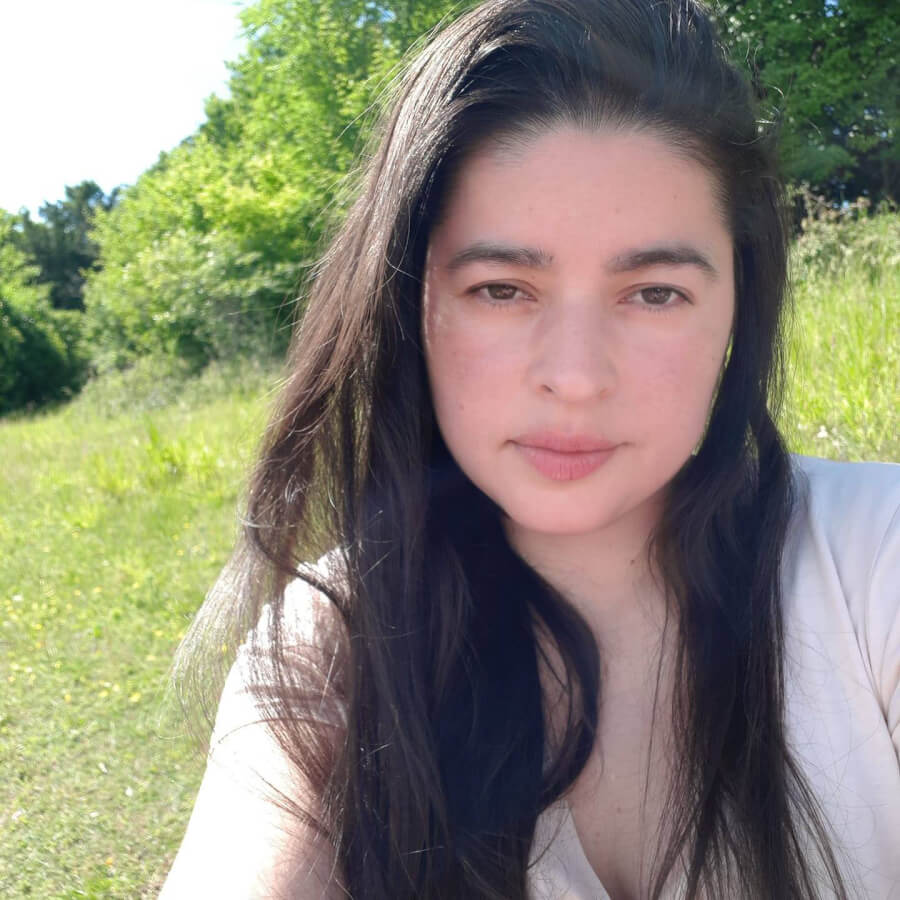
Audrey Rangel Aguirre is an interdisciplinary Mexican artist based in England, researching at the intersection of art and science, focusing on artistic intuition to create new systems that belong to the future of human civilisation. Currently developing the ongoing research project Terras Lux, focusing on the relation between energy on microbial micro ecosystems on soil and the energy on the human body. In her practice, she uses creative intuition as a tool to create speculative scenarios that may be a possibility for our nearest future in our society and research through the lenses of art and philosophy, diverse fields of science. Using artistic intuition, reciprocity and caring for others as a way to weaving politics, poetics, and consequences through contemporary art practices. The current convergence of art and science may be the key to unlocking new possibilities and the development of human consciousness towards the next phase of civilisation. In her research, she allows herself to free artistic intuition to power and enhance scientific research with the aim of the creation of new systems that belong to the future of human civilisation, in which, with the collaboration of other beings like microbes and ecosystems, a new way of living and collaborating between all beings on Earth can be achieved, through reciprocity.
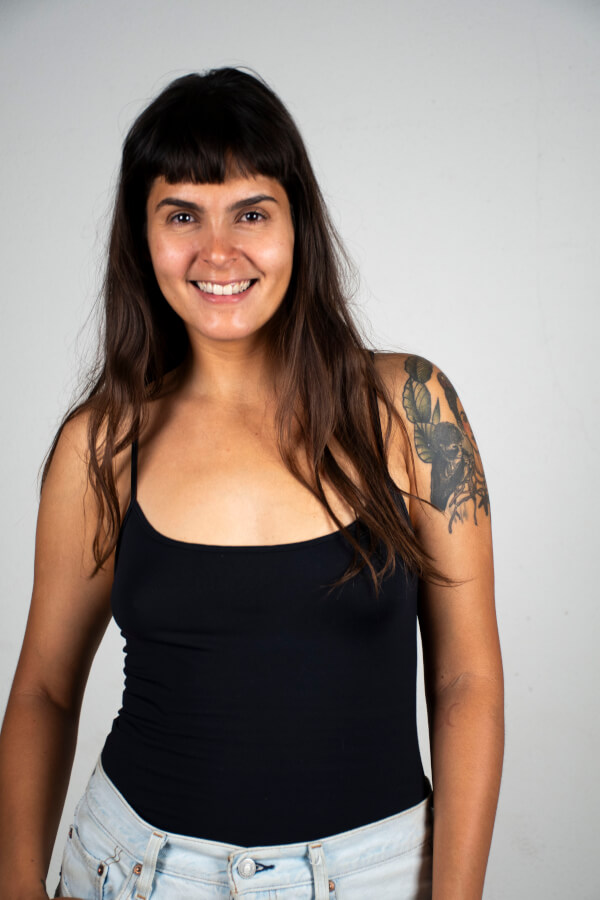
Kisa is a multidisciplinary artist from the Brazilian Amazon, currently living and working in Lisbon, Portugal. Her work spans across tattooing, illustration, muralism, and art education. Her signature as an artist, regardless of the method, is the use of a counter-colonial perspective, questioning the power structures that disconnect human beings from their roots, the land, and their bodies.
In her artistic interventions, Kisa seeks to reverse the logic of colonization by creating characters that live in symbiosis with the earth, reconnecting with their bodies and reclaiming symbols to strengthen their identities.
For Kisa, tattooing is an ancestral cultural manifestation that connects us to our bodies—whether to exalt, affirm identities, or reclaim symbols. For her, it is a transformative process that directly engages with the practices of bioengineering, establishing a convergence between bodies and modifications.
It is from this fusion that her collaboration with bioengineer Laura Sordini emerges—an audacious partnership that seeks to unite tattooing and pleasure in an innovative way, exploring new possibilities for body modification and expression.

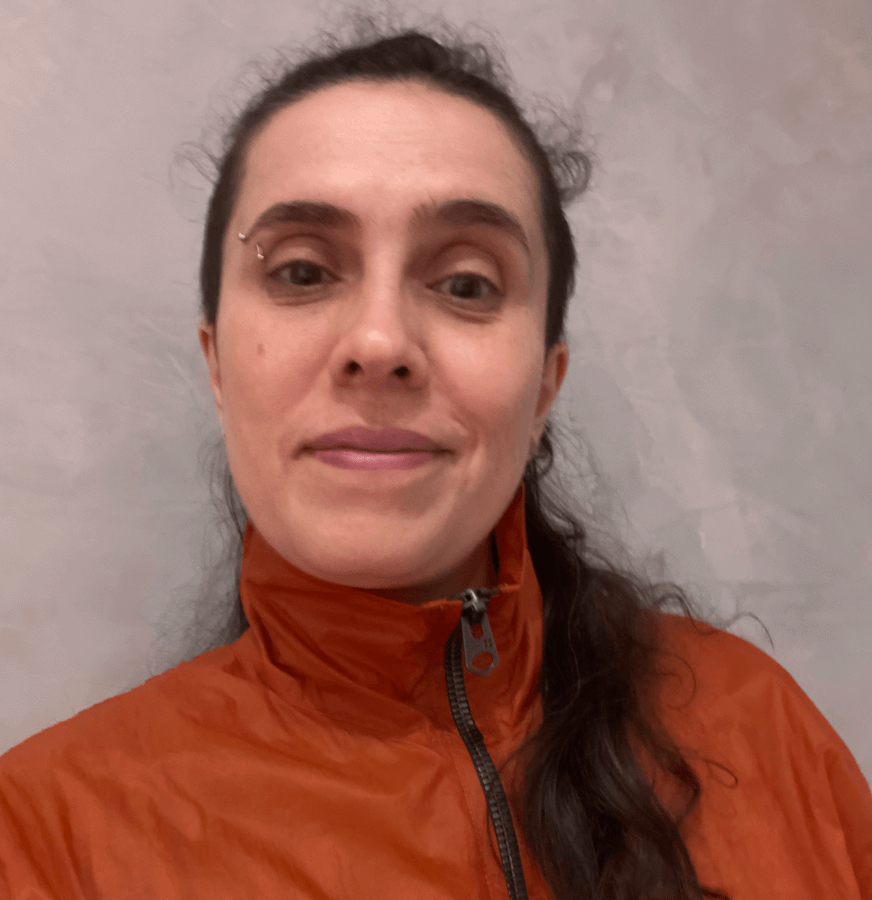
Clarissa Ribeiro, Professor of Media Arts at the University of São Paulo, Brazil, is an artist and researcher exploring cross-scale informational dynamics in morphogenetic and behavioral processes through the lens of performative technoetics. She is Chair of the Leonardo/ISAST LASER Talks, co-founder, and former Program Director of the Roy Ascott Studio Advanced Program in Technoetic Arts.


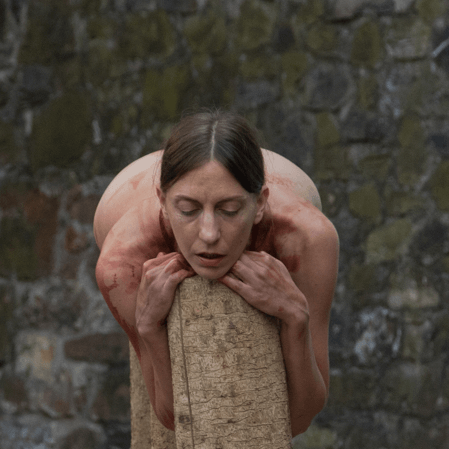
Jatun Risba (they) is a transmedia artist from Slovenia whose work engages with ecofeminist and posthumanist discourses through performance art, ecoart, relational practices, and acts of détournement, abjection, and intervention. Bridging ritual and disobedience, their practice cultivates reciprocity between species by awakening sensory awareness through the application of Vajrayana Buddhist principles and subversive uses of technology. At its core, their work reimagines Art as a site for healing, transformation, and expanded modes of being. Their research unfolds along two primary trajectories: Arts for Health and Art as Nourishment for the Bodymind.
Jatun’s work has been presented internationally at Galerija O.K. (Rijeka), Crow’s Nest (Baltimore), Studio Alta (Prague), Opens (Singapore), the Prague Biennale Re-connect Art festival (2023-25), Meta.morf Trondheim Biennale (2022), Bangkok Biennial (2020), Fabbrica del Vapore (Milan), and Y Gallery, Kersnikova Institute, and Cirkulacija2 (Ljubljana). They have delivered talks and workshops at DRHA 2024 (Munich), Akademia Sztuk Pięknych (Wroclaw), the University of the Underground, Goethe University Frankfurt, Strasbourg University, and the Moving Image Research Lab (Montreal).
They are the founder and co-facilitator of Be-coming Tree, a global Live Art platform fostering ecological connection through collective performance (becomingtree.live). Risba has received the a-n Artist Bursary (2019), an ERSTE Foundation Fellowship (2020), and the Social Art Award (2021). Their writings and interviews have appeared in Antennae: The Journal of Nature in Visual Culture, Body, Space & Technology (BST), ecoartspace.org, and other publications.
Jatun holds a BA (Hons) from NABA (Milan) and a PG Cert in Art & Science from UAL, London. More at: jatunrisba.com.

Laura Elidedt Rodríguez Torres is a Mexican scientist and multidisciplinary artist based in the Netherlands. With a background bridging biotechnology and the arts, Laura holds a Bachelor's degree in Biotechnology Engineering from the National Polytechnic Institute in Mexico, a Master's in Molecular Biology from Skoltech Institute in Moscow, and a Master’s in Art & Science from ITMO University in Saint Petersburg, Russia.
Her work integrates living systems and new media to uncover hidden connections between species, fostering empathy and kinship through posthuman philosophies and speculative design. Drawing inspiration from Mexican folklore and cultural narratives, Laura explores themes such as decolonization, bodily identity, and interspecies connections.
Laura’s career spans notable achievements, including winning the Kuryokhin Contemporary Art Prize in Art & Science (2020) and being shortlisted for the Bioart and Design Award (2023). Her artistic journey has led to residencies at esteemed institutions like YEMAA Center in Kazakhstan, Metamedia in Croatia and V2_Lab in Rotterdam. She has exhibited her work internationally, with shows in the Netherlands, Russia, Kazakhstan, and Mexico.
A dedicated educator, Laura has mentored artists and developed workshops and universitt courses bridging biology and art for institutions such as ITMO University. As a curator, she co-led projects like Staying with the Trouble and Pangardenia at Ars Electronica, focusing on ecological and speculative futures.
Currently working independently and as a member of the Earthlings art Community, Laura continues to merge her expertise in science and art to create thought-provoking projects and foster dialogues on environmental agency and bodily autonomy.

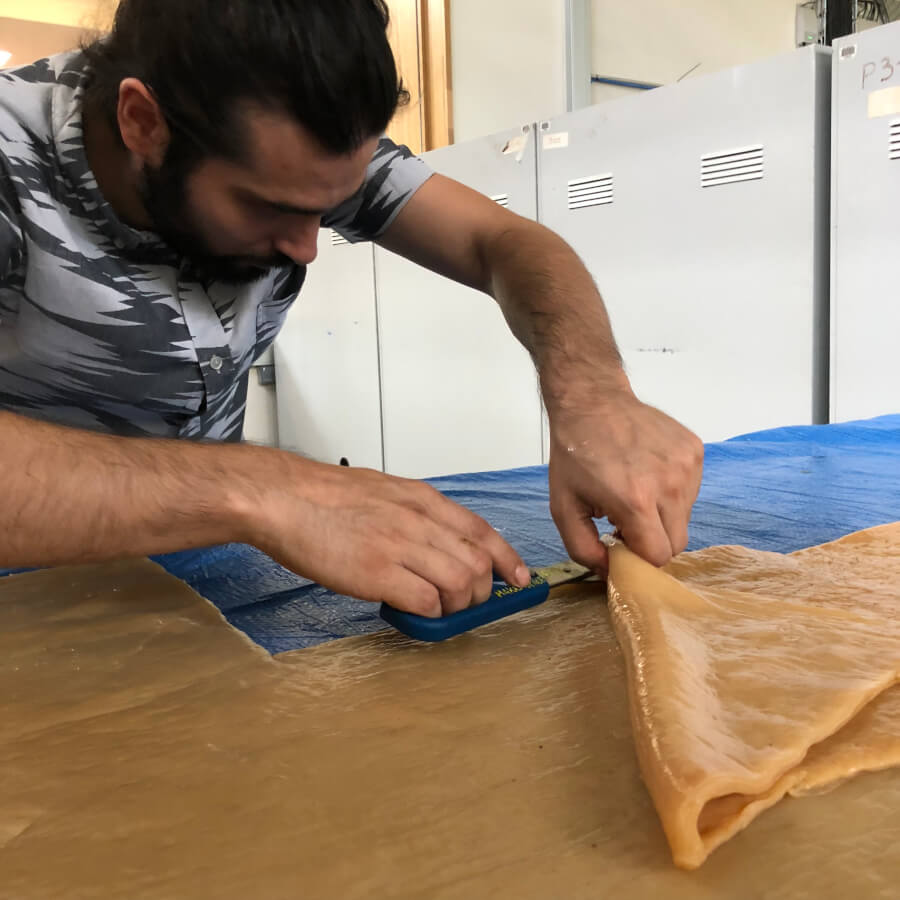
Vivien Roussel is a PhD student in design at the Institut for Future Technology (ESILV, Paris), in partnership with Nîmes University, where her research bridges the fields of biology (CHROME lab) and design (Projekt lab).
Her work explores new paradigms of fabrication through living materials, combining bioengineering, human–machine interfaces, and speculative design. With a background rooted in the maker movement and fablabs, he investigates how collective and individual practices of making can respond to ecological limitations and open up alternative modes of co-creating with the living.
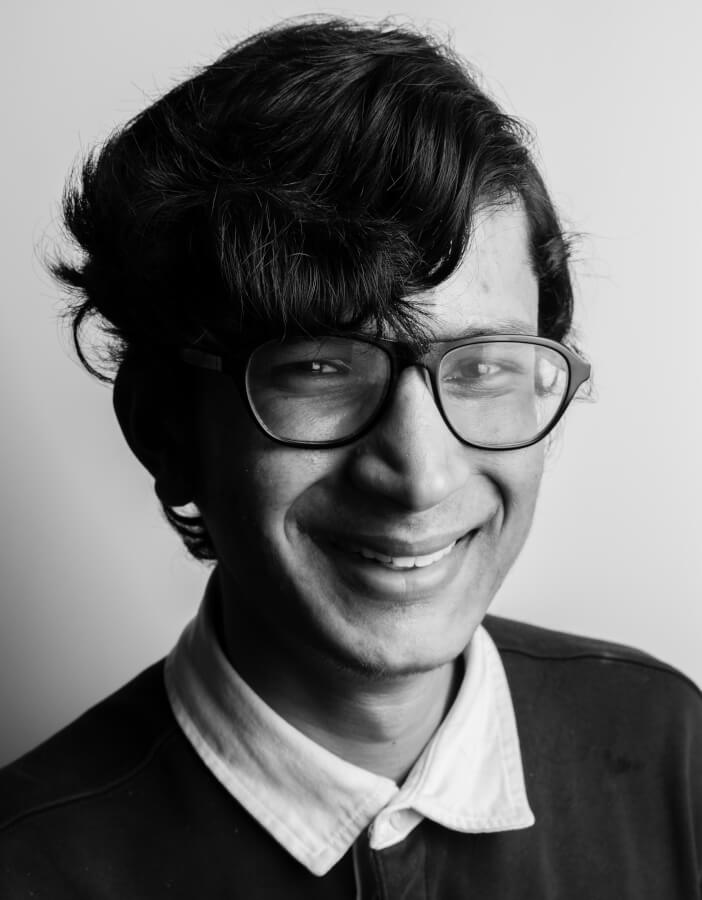
Anshul Roy (b. 1997, India) is a visual artist and educator with an MFA in Art Photography from Syracuse University in New York. In 2020, he received a B.Tech in Bioengineering from the Indian Institute of Technology in Kanpur, where he became interested in the intersection of STEM and Arts and how these diverse knowledge systems could merge. Roy’s current artistic practice is inspired by Postcolonial discourses, exploring issues like identity, historical memory, cultural representation, and visual ethics. He is interested in probing how British colonizers employed photography in India for “othering” and visual propaganda, and how these ethnographic photos exist in our contemporary institutional archives. Through appropriation techniques, Roy recontextualizes such historical photographs to question and challenge their enduring impact on collective consciousness.
His work has been exhibited in prestigious venues like ACM SIGGRAPH, where he received the “Best in Show” award in 2024 for his project Rage Against the Archive. Roy has also shown his work at places such as the Art Gallery of Peterborough (Ontario, Canada), IEEE VIS Arts Program (St. Pete Beach, FL), :iidrr Gallery (Manhattan, NY), Light Work (Syracuse, NY), The Photographers’ Gallery (London, UK), Society for Photographic Education’s Media Festival (St. Louis, MO) and Society for Visual Anthropology’s Film and Media Festival (Tampa, FL). In 2024, he was a student at the School for Poetic Computation and an Artist-in-Residence at the ESRC-funded Digital Good Network, where he further refined his new media art practice.
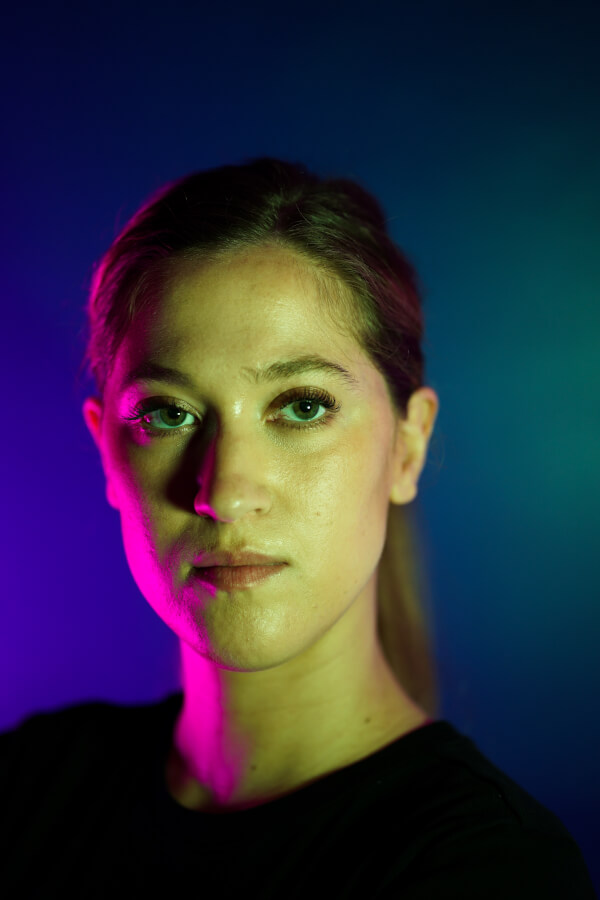
Lauren Ruiz is a research-based multimedia artist interrogating perceptions of nature, authoritative systems, and their complex intersections with class, labor, and identity. Drawing from diverse sources such as historical data, scientific journals, climate fiction, and biblical texts, she creates immersive installations, digital soundscapes, web-based projects, and multimedia sculptures. Her work seeks to understand and challenge perceptions of identity within unseen environments, examining spaces beyond human perception to decipher socioeconomic disparities, ecological crises, and religious and political systems in both human and nonhuman lifeworlds.
Lauren Ruiz's studio practice celebrates the slippage between digital and analog realms, confronting liminality, invisibility, and otherness. By balancing extensive research with traditional art-making techniques, she offers intellectual and sensory examinations that illuminate and complicate our understanding of how we relate to our bodies, the earth, and concepts of ownership in the postnatural environment. Her projects often explore themes of containment and adaptation, particularly in relation to Latino experiences of land ownership and belonging in the United States.
Currently, Lauren Ruiz is exploring interiority across multiple domains, including subterranean environments and the human body. Her work questions what is buried, kept, mined, extracted, and taken—and who or what is doing the taking. She has presented her projects at institutions such as the Latvian National Museum of Art and UC Berkeley, and has been a resident artist at the Santa Fe Art Institute and the Women’s International Study Center. Lauren Ruiz is represented by Marquee Projects in Bellport, NY.




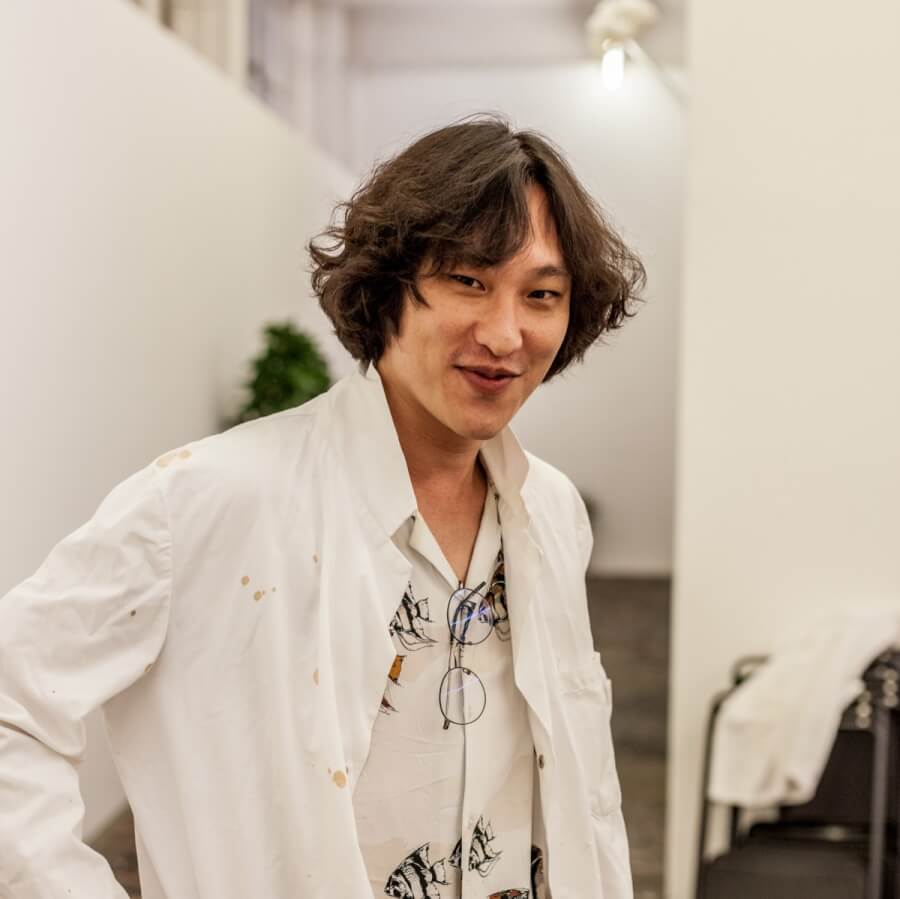
Shih initiated the "Tribal Against Machine" project in Taiwan, which bridges traditional textile craftsmanship with the international e-textile community. He is actively involved in and facilitates international collaborations within independent art networks, establishing unconventional interdisciplinary connections. He organized the international online residency "Having Friends in The Future" for the National Taiwan Craftsmenship Research and Development Institute in 2020/2021. Additionally, his research project, Non-Governmental Matters, explores and investigates independent interdisciplinary art camps and gatherings, examining the positive impacts of such international and cross-disciplinary exchanges.
His personal project "Laser Dye Project" was awarded the grand prize at Reshape 2019 in Barcelona and featured in deTour 2019 in Hong Kong. His electronic textile piece, "I Am Very Happy I Hope You Are Too," was exhibited at the Taipei Digital Art Festival and the "Hello World" exhibition at the University of Sydney. In 2023, his work "The Mind of A Greenhouse" was showcased at "The Energy Giveaway at the Humuspunk Library" in Zurich, an exhibition jointly organized by Hackteria and Regenerative Energy Communities.
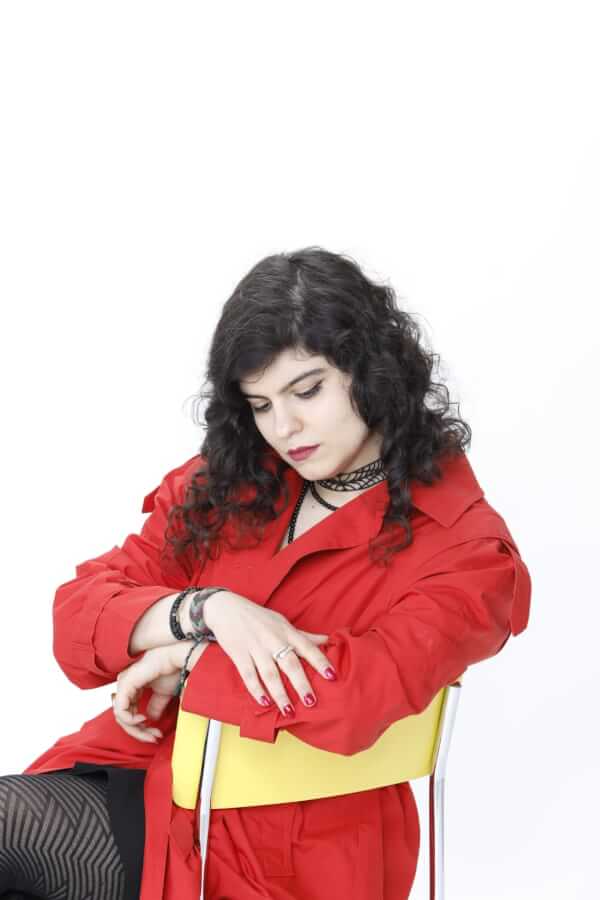
Mehrta Shirzadian is a performer, multimedia artist, and artistic researcher. She conducted doctoral-level research in molecular biology and holds degrees in computer science and mathematical modeling. Currently studying Art & Science at the University of Applied Arts Vienna, she works with time-based media such as video installation, animation, and performance. Drawing on her scientific background, her artistic practice explores personal, interpersonal, and non-human relationships, as well as the visibility of the invisible. Engaging with themes of bodily autonomy, microbial life, and trans-corporeal perception, her work often investigates the boundaries of knowledge, identity, and materiality in intimate and speculative ways.
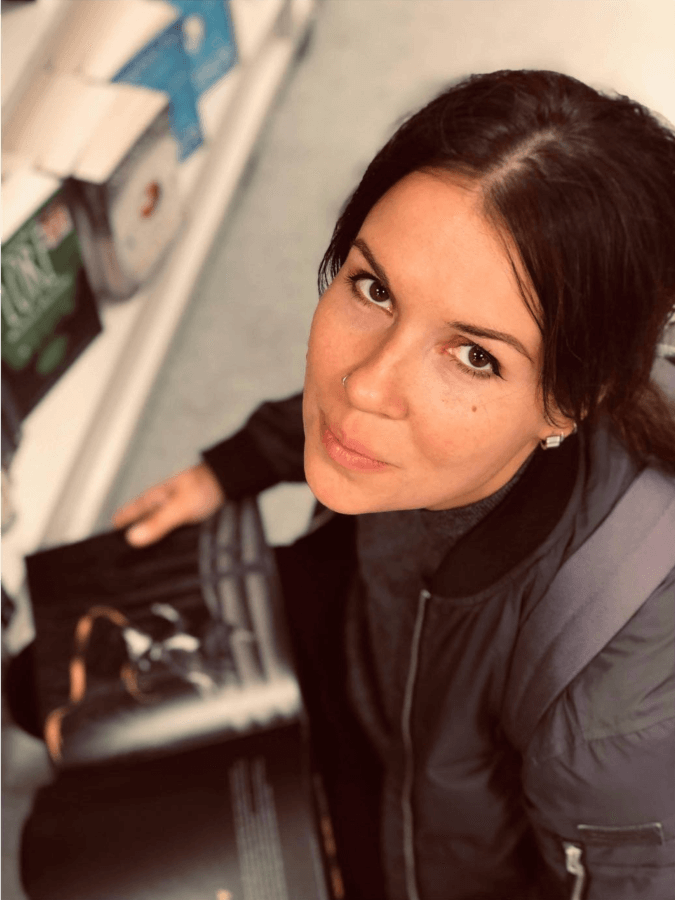
Liza Shkirando (Swe/Rus, b.1986) a painter, a visual artist and an interaction designer based in Malmö, Sweden.
I primarily work in oil painting, using traditional media innovatively through transgressive experiments and conceptual projects. For me, painting transcends aesthetics; it serves as a means to research, conceptualize, and communicate complex ideas. Through video, I foster a direct and unfiltered conversation with the audience.
My art draws from my lived experiences, exploring identity, paradox, and binaries while navigating diverse cultures, political views, sexualities, and genders. The transgressive, the queer, and the anarchist embody a moving utopian horizon, while mourning the lost culture I grew up in. Through my practice, I challenge the norms, pushing the boundaries of taste and symbolism. My work exposes raw emotions, expressed through the body as a vessel, a prison, and medium. My body is central to my art—serving as a reference in my oil paintings and as a canvas for video and performance.
I have exhibited throughout Europe and Canada, including Kunsthal Aarhus (Aarhus, Denmark), FRANK Gallery (Malmö, Sweden) and Duplex Gallery (Lisbon, Portugal). Currently I am focused on the topics of identity and censorship, researching them through the prism of transgressive art. I’ve been a guest lecturer at Linnaeus University (Växjö, Sweden) and Malmö University (Malmö, Sweden) speaking about my artistic practice and research. I am involved with the art-based research group led by Professor Susan Kozel at Malmö University.
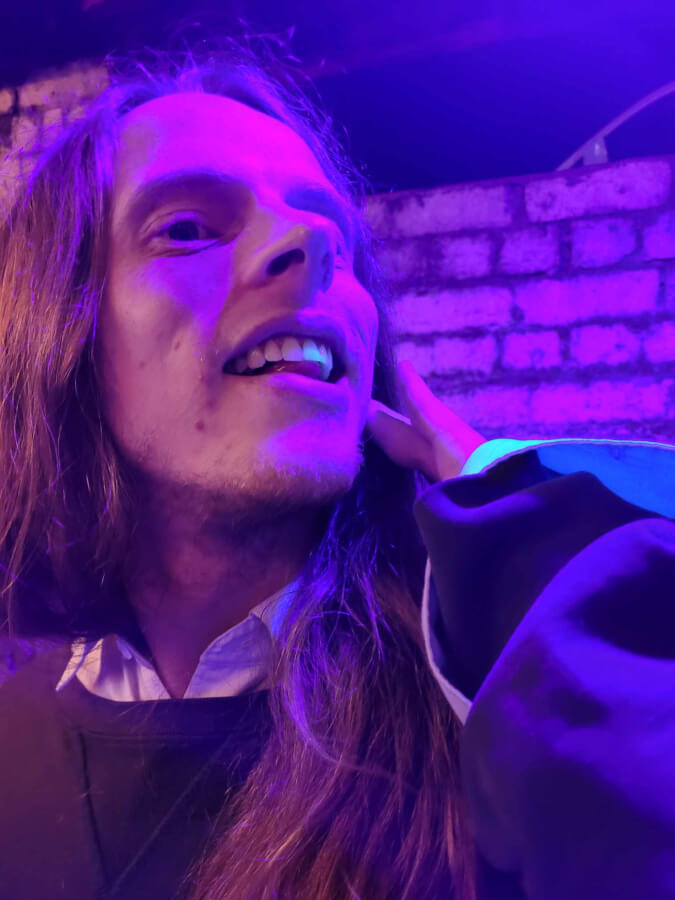
Proud owner of the world's smallest penis (nanobot), Callum J Siegmund is a bio/nano artist who uses DNA nanotechnology to create DNA Nanosculptures, double helices interwoven into imperceptible 3D objects whose form and sequence are embued with poetics. Having developed this practice during an extended SymbioticA residency (June 2020-Dec 2022), Callum's highly technical works explore the materiality of the immaterial, the absurdity of biotechnology, bioweapons, and the epistemological struggles of everyday life.
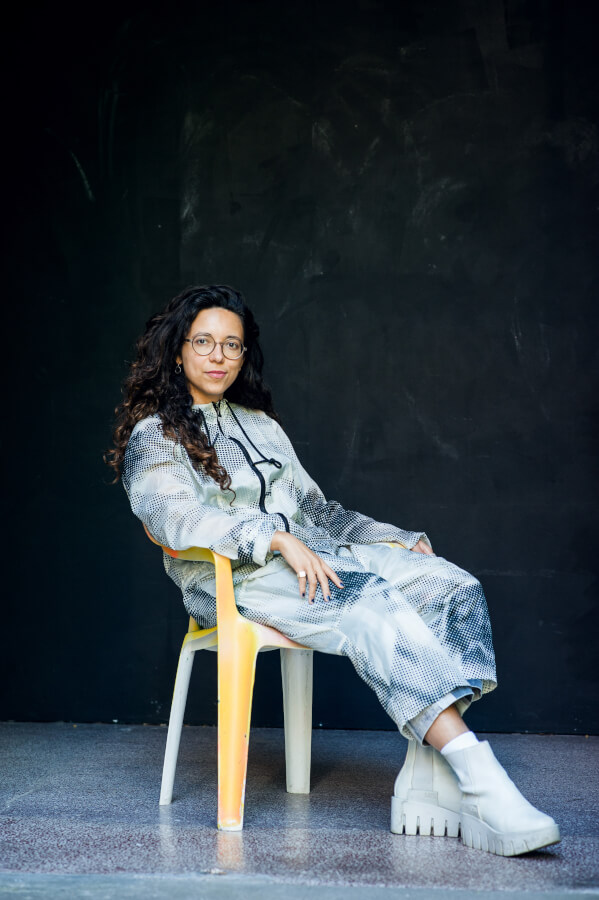
The artist duo sikau/pubalova was founded in 2020, exploring the intersection of media arts, speculative research and experimental sound theater. They have been commissioned by Ars Electronica Festival, Science Gallery Bangalore, Climate Week NYC, European Commission, S+T+ARTS, LABoral, IMPAKT, Transmediale, Ensemble Modern and Ligeti Center.
As artist-researcher, Dr. Lea Luka Sikau (she/her) situates herself at the intersection of sound, music theater and media art. As the Curator for Music and Sound Art at the ZKM Hertzlab, Dr. Lea Luka Sikau (she/her) shapes the sonic profile of artistic research and programming, responsible for the artist residency programs and the performance series at KUBUS. Having received a doctoral degree from the University of Cambridge for her research on posthumanism, rehearsal ethnography and new opera, she became a Fellow at Harvard University’s Mellon School for Performance Research and was awarded with the Bavarian Cultural Award for her research at MIT’s Center for Art, Science and Technology. She has worked with Romeo Castellucci, Marina Abramović and Rimini Protokoll.


Stella Sofokleous holds a PhD from the Department of History and Philosophy of Science at the National and Kapodistrian University of Athens (NKUA), supervised by Associate Professor Eleni Gemtou. Her research focuses on the history and philosophy of digital art. After completing an MA in History of Art at the University of Edinburgh, she worked at the National Gallery of Scotland. She received scholarships for both her MA and PhD studies from the A.G. Leventis Foundation. Her work has been published in conference proceedings and scientific journals (DRHA2020, RISE IMET 2021, ISEA 2022, Automaton). In 2022, she translated 19 texts into Greek for the volume Digital Technologies & Arts, edited by Assistant Professor Vassiliki Lalioti (NKUA). In 2023, she joined the network of the TECHNO-LOGIA project (ASFA & Dept. of PHS).
PhD, Department of History and Philosophy of Science
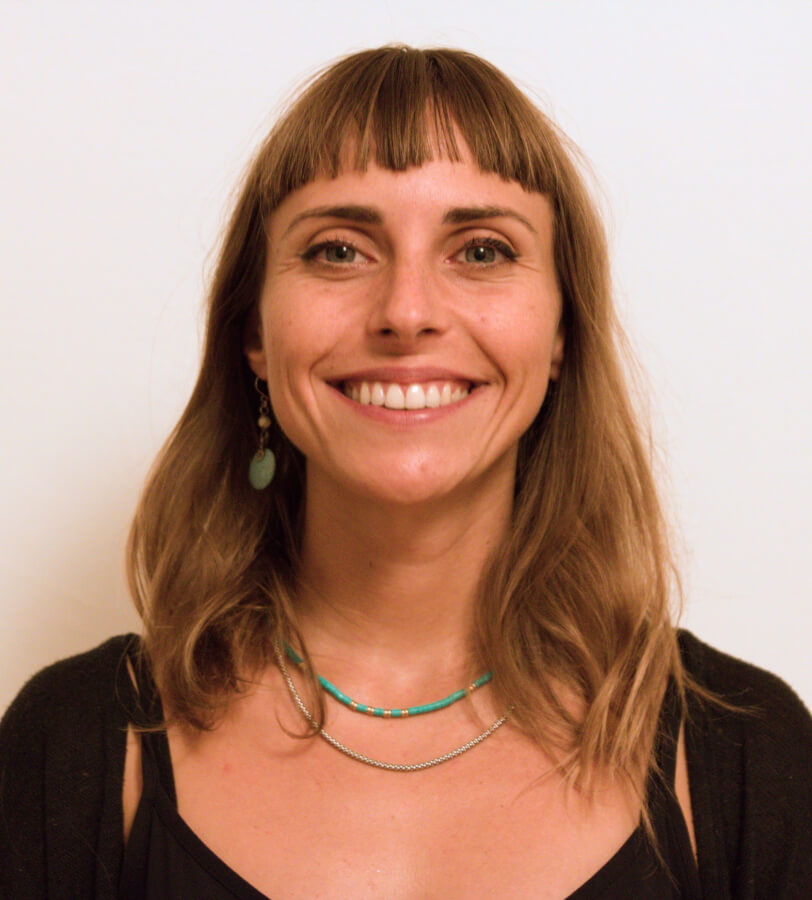
Laura Sordini is a fourth-year PhD student in Bioengineering – Cell Therapies and Regenerative Medicine, at Instituto Superior Tecnico, Lisbon, Portugal. Her work always focused on the regeneration of the human nervous tissue, through the use of biomaterials, smart conductive polymers, 3D-bioprinting technique, and electrical stimuli. In particular, her PhD is focused on the delivery of electrical signals in a wireless mode, without the use of invasive electrodes, for the stimulation and differentiation of stem cells into neural tissue.
Nowadays, her academic research has been "contaminated" by artistic practices, biohacking tools, transhackfeminism, and withcraft. After completing a course in Neuroscience and Art, she transitioned from regenerative medicine to regenerative cultures, regenerative design, regenerative thinking.
She is currently involved in a transfeminist collective working at the intersection between education and artistic practice, to challenge the sexist, patriarcal, colonialist and racist root of gynecology.
The collaboration between the tattoo artist and friend Isadora Regis resulted in a fusion of millennia-old body art modification practice, tattooing, with cutting-edge technology from the bioengineering field, aiming to expand the worlwide access to pleasure as a human right.

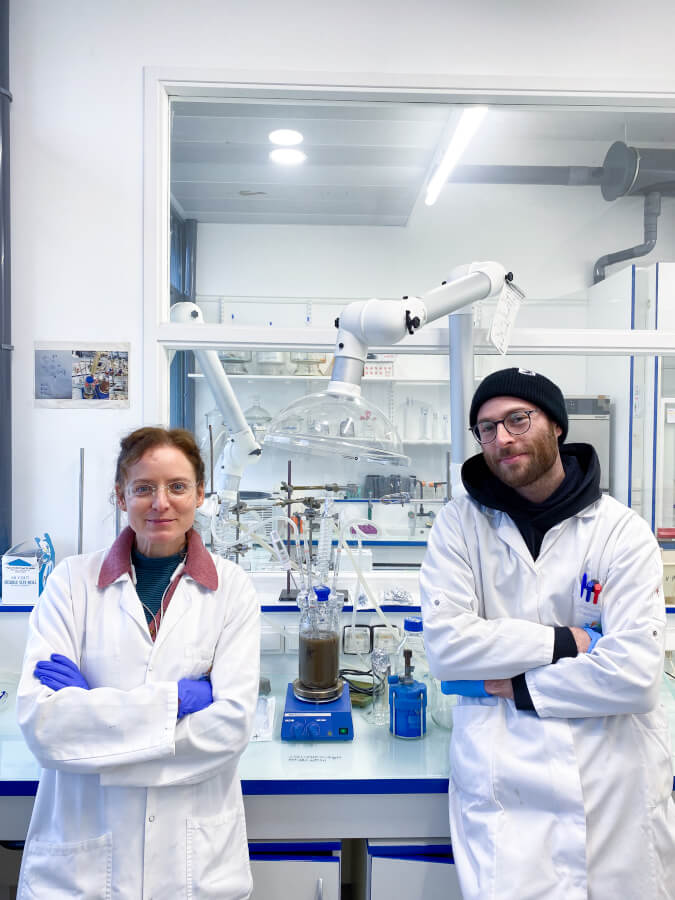
Anna Steward is a transdisciplinary multimedia artist. Her practice combines performance, installation, and scientific collaboration, with a focus on microbiology, neurology, and a growing passion for astrobiology. She trained at Arts Educational Schools London in 2000 and initially worked as an actor before shifting to Live Art in 2007. Anna graduated with honours from the Academy of Fine Arts Nuremberg in 2023, where she now lectures. Supported by a scholarship from the Bavarian State Ministry of Science and the Arts, she collaborated with the German Archaea Centre at the University of Regensburg, Germany, where she remains a visiting artist. Her 2024/2025 Arts-Science Residency at the Center for Molecular Biophysics (CBM)–CNRS Orléans and École Supérieure d'Art et de Design Orléans, hosted by LE STUDIUM Loire Valley Institute for Advanced Studies (France), sparked an ongoing partnership with CBM’s Exobiology and Synthetic Protein and Bioorthogonal Chemistry teams. Together, they explore microbes, meteorites, and molecules.
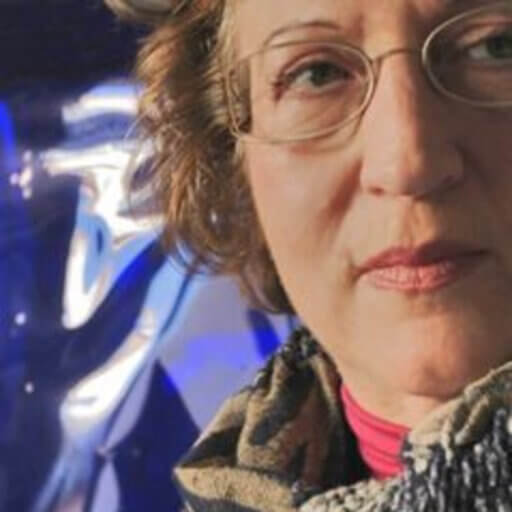
Marianne Strapatsakis (b. Athens, 1947) received her first degree from the Athens College of Technology in Interior Architecture. She continued her studies in Paris, with a five-year grand from the Academy of Athens, where she graduated with degrees from the École Nationale Supérieure des Beaux-Arts (diploma in painting and a certificate in sketch). She also received a certificate in History of Art from the Ecole du Louvre and a diploma in Plastic Arts from the University of Sorbonne, Paris I. Since 1980, she has been a pioneer in video art in Greece, with emphasis on video installations in which she incorporates painting, sculpture and video. From 2004 she was inspirer, founding member, professor and president of the Department of Audio and Visual Arts of the Ionian University, Greece. In 2005, she was appointed as visiting professor at the Athens School of Fine Arts. She continues her work by focusing on the possibilities of coexistence of moving images, sound and digital art, on the dialogue between contemporary digital art and civilisations of the past and on the presentation of large size digital works in public spaces (projections mapping). She has presented 44 solo shows in Greece, France, England, Germany, Italy, Chile, Turkey, and has participated in 77 group exhibitions in Greece, France, England, Germany, Spain, the Netherlands, China among of which is the exhibition The Tides of the Century at the Ocean Flower Island Museum in China, with Greece as an honoured country 2021. Works of her are located in Greece: at the Ministry of Culture, at the National Art Gallery, at the National Museum of Contemporary Art, at the Museum of Modern Art of Elizas and Vasilis Goulandris, at the Municipal Gallery of Rhodes, at the Center of Modern Art of Rethymno, at the Municipality of Rhodes, at the Museum of Contemporary Art of Crete, at the Macedonian Museum of Modern Art, at the Museum of Byzantium Culture of Thessaloniki, at the Viannou Art Gallery in Crete, at the Syros Art Gallery, at the Municipal Art Gallery of Chania, at the collection of Harry Antoniou, at the collection of Perikli Sahini, at the collection K.Fix in Austria, at the collection of T. Karavia in New York and at others collections in Greece, France, Germany, Switzerland, Egypt and the United States. She lives and works in Greece.
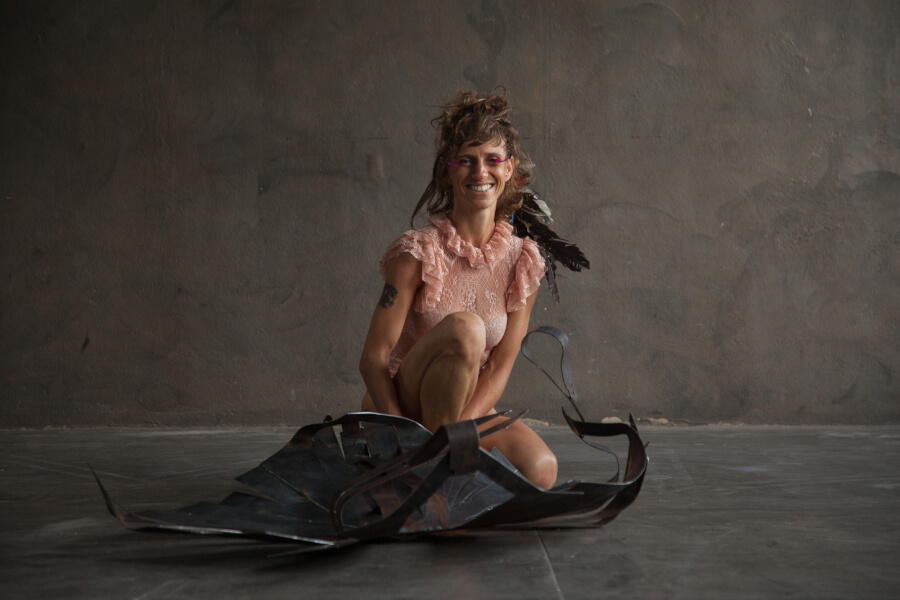
Carolina Sudati a.k.a. Translúcida Bruta
Brazilian dance and performance artist who investigates the relationship between the body and wearable devices, converting psycho-emotional limitations into expansions of movement. The successive creation of feminine dimensions appear in her projects Noiva (2011), Mosca-Branca (2016), Ave ou Penas (2017), SUCESSO estudo para o fracasso (2017), Experimento Cyborg Mulher-Planta-Máquina (2018), Perfeita e a Corrida do Ouro (2021), and Ex-Babilônias (2023). Explores ruptures and reconnections with rhythm and the natural environment at the intersection of territory.prosthesis.body.
Alongside associated artists, especially visual artist and designer Leo Ceolin, multi-instrumentalist Jose Bárrickelo, and photographer Mayra Azzi, she creates creates performance-installations, video performances, and wearable devices in various contexts and forums such as ACCC, Arte Serrinha, Mas Els Igols, Sesc, Contemporary Dance Festival, MinC, and ProAc. She maintains a constant artistic exchange with sound researcher and architect Cristian Espinosa and choreographer and dancer Manuela Aranguibel. She increasingly dedicates herself to the study of dark ecologies that emerged from vegetal hacking processes and material manifestations linked to mining, neo-extractivism, post-industrialism, and artistic investigation through specific parameters, including trance practices. She shares her research through workshops that arise from the subtle field of collectives and communities converted into raw wearable manufacturing, generating collective dances and performative actions. She is currently developing the initial stages of her new project titled Ex-Babilônias: Prologue of a Planting, funded by Finac, taking place between Piracaia and Bragança Paulista. This project aims to trigger dances for planting in areas of environmental degradation.
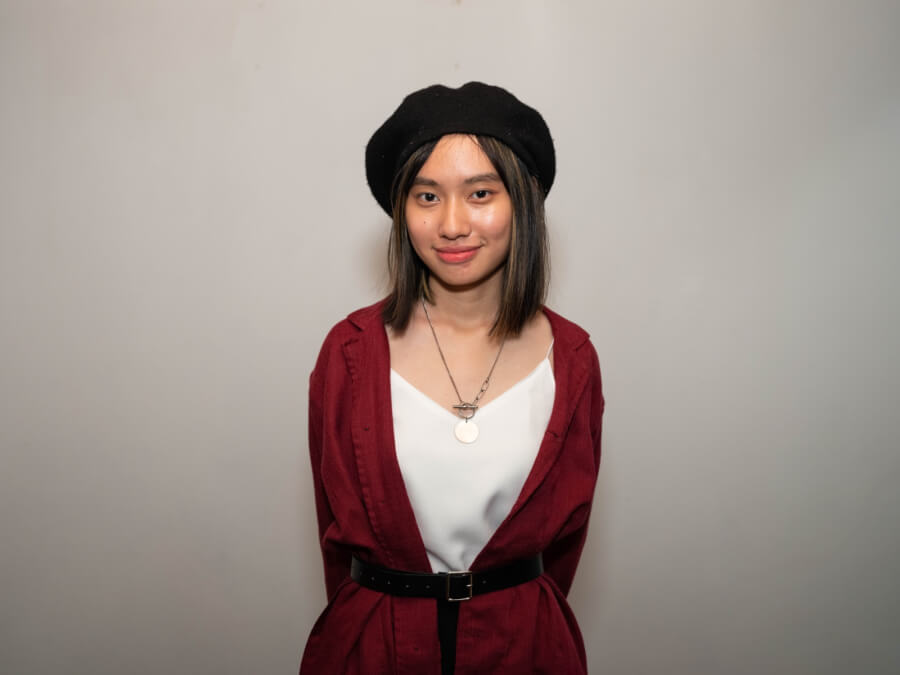
Angela Sunaryo (b. 2002, Indonesia) is a multidisciplinary artist whose work explores themes of identity, heritage, and interconnectedness. Raised in the dynamic city of Cikarang, she draws inspiration from her Indonesian, Chinese, and Dutch heritage, combining sound, performance, and photography to create thought-provoking works. Her artistic approach reflects a nuanced understanding of cultural intersections and the evolving dynamics of human relationships.
A pivotal moment in her practice occurred in 2023 during the Indonesian International Student Mobility Award, where her encounter with Indonesian exile Soegeng Soejono deepened her engagement with diaspora narratives. Angela’s exploration is further informed by her interest in "quantum listening," a concept she integrates into her practice to investigate the interplay between human experiences and environmental contexts.
Angela’s works address contemporary global challenges, including climate change and the future of humanity, through layered and immersive experiences. By fostering dialogue and community participation, she seeks to bridge gaps and create shared spaces for reflection and understanding. Her practice emphasizes balance and coexistence, encouraging audiences to navigate the complexities of modern life with heightened awareness.
Currently pursuing a degree in Fine Arts at the Bandung Institute of Technology, Angela continually expands her artistic scope. Her practice is marked by intellectual rigor and an acute sensitivity to societal and environmental issues, positioning her as a compelling voice in contemporary art. Through her multidisciplinary approach, Angela offers a profound commentary on the shared challenges and aspirations of humanity in an interconnected world.
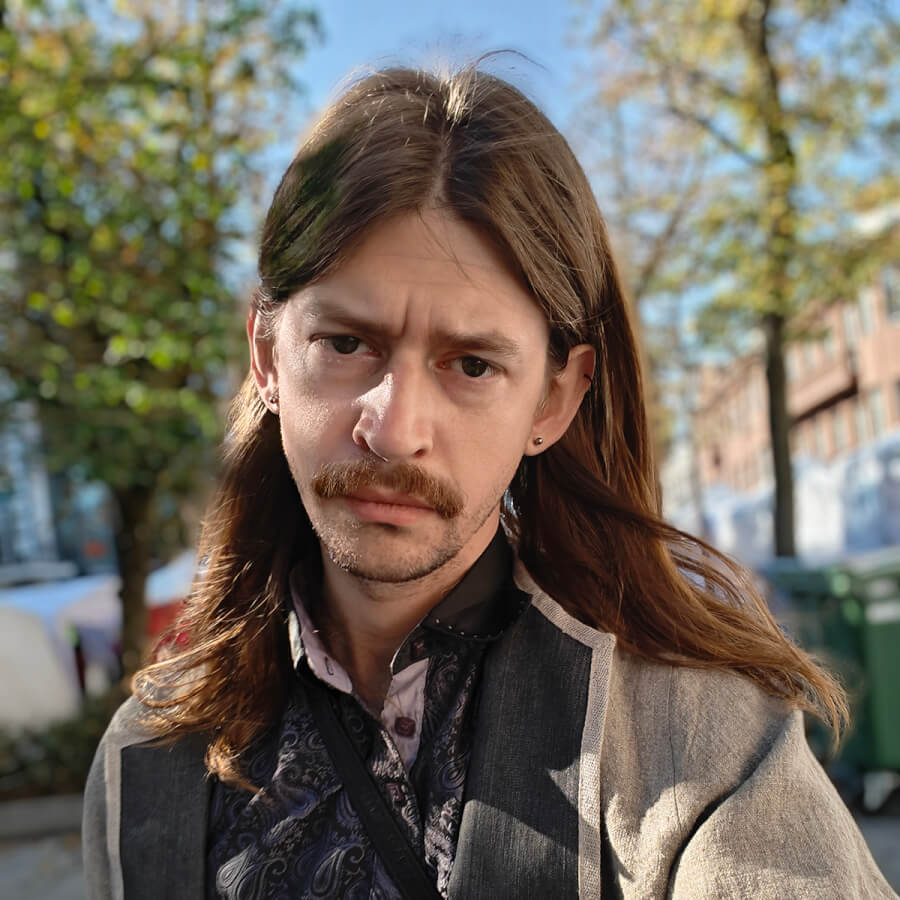
Paul Sutherland is a PhD candidate at Curtin University, Australia. His research is on the aesthetic-ideological vectors emerging from online visual culture in the post-truth era. Sutherland has taught and lectured in media art, photography and extremism studies, presented at numerous conferences and has published in Do Not Research.

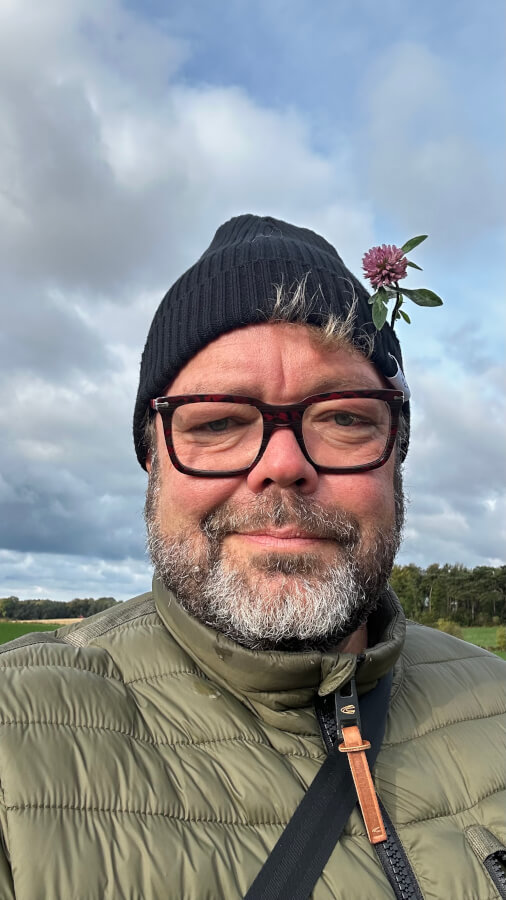
I am a researcher and internationally acclaimed Media Art Curator at Aalborg University, Denmark. On top of my own sound/design practice, I am presently engaged with sound curation at the Momentum Festival in Norway.
I am Co-founder of conference series, including POM – Politics of the Machines conference series (with Laura Beloff) (since 2017) and RE:SOUND MAH2019 in Aalborg 19-23 August 2019.
I have published and curated several international exhibitions since 1994, including Kiasma, ZKM, Rupertinum, Ars Electronica, Eyebeam NY, Utzon Center Aalborg, Kunsthal Aarhus, and Museum of Contemporary art in Roskilde.
I generally work with media and sound in transdisciplinary, constructive, critical and creative maker settings and developing theory and ideas from those settings. I have a background as a professional curator at the Museum of Contemporary Art (Roskilde) with a focus on sound art (via the legacy from Fluxus mostly). And more currently (last 15 years or so), I teach Music, Sound and Media Art and Curating in theory and practice. Recently, my focus seems to have shifted a bit towards two trajectories: 1. sound curation in a new context, post-curating or uncurating of sorts. Bigger venues and festivals. 2. towards a sound practice drawing it seems on my early background as a sound practitioner (and singer) in the 80s and early 90s in transinternational exchange with other sound artists, cross-boundary, with a certain focus on words and sound as social agencies.

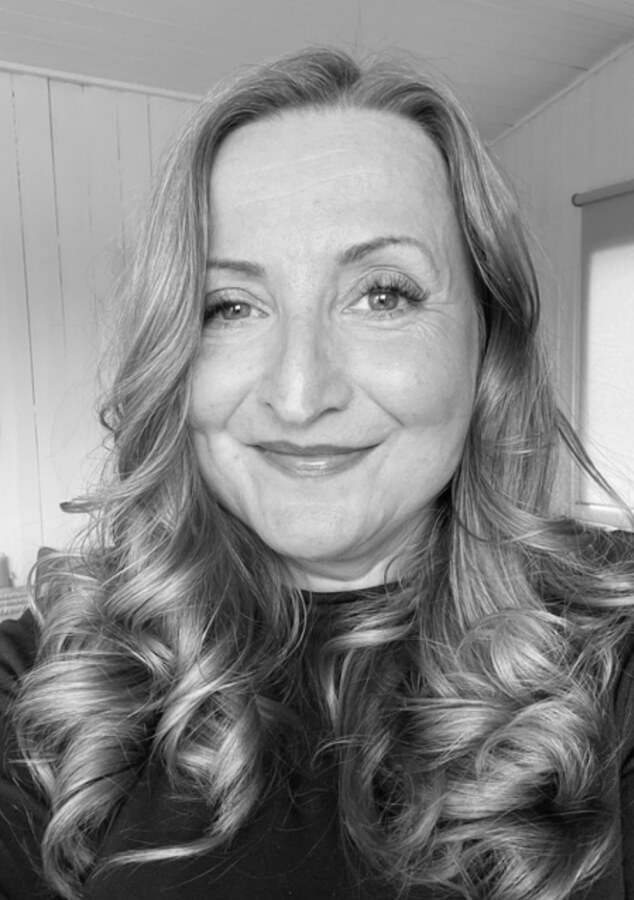
Norwegian artist, curator and researcher operating at the intersection of art, technology, and biological speculation. Her practice explores how humans, machines, and metabolic systems are entangled in processes of control and commodification and care. For over two decades, her provocative, research-driven works have been exhibited internationally, from Ars Electronica to PST ART at Beall Center for Art & Technology.
Tapio is the founder and director of i/o/lab – Center for Future Art, where she curated the Article Biennale (2006–2016), a platform for unstable art and critical, speculative engagements with emerging technologies. Recent curatorial work includes the exhibition Caring Futures, an inquiry to technology-mediated care and its societal implications. She has played a pivotal role in shaping the bioart discourse in Norway, cultivating a critical and process-oriented perspective. She spearheaded Norway’s first Bioart Masterclass in collaboration with SymbioticA in 2008, and contributed to the early development of the Norwegian Bioart Arena (NOBA).
Tapio is currently an associate artist for the Metabolic Art Gathering Program at Medical Museion in Copenhagen, and a contributing researcher with the Futures of Living Technologies (FeLT) project, including PhD research in Innovation for Sustainability (PINS) program at Oslo Metropolitan University. From making her own biofuel to speculative emotion prosthetics – Tapio advocates for artistic practice and research to challenge dominant paradigms and to push the boundaries of art and science.
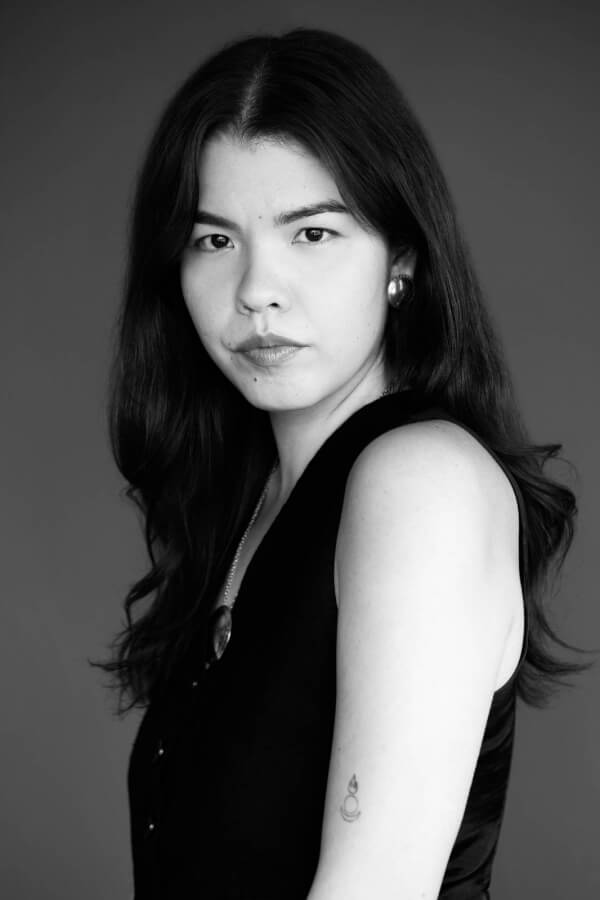
Daria Testo is a Buryad-Mongolian (Khori Buryad) Indigenous curator and storyteller, deeply engaged in amplifying marginalized and more-than-human perspectives through her decolonial lens. Her practice is anchored in the preservation of both tangible and intangible heritage, where Traditional Ecological Knowledge (TEK) and Indigenous Knowledge serve as guidance.





Anastasios Tsakaliadis-Sotirakoglou was born in 1995 in Thessaloniki, but is currently based in Athens. He is the owner of a bachelor’s and a master degree from the Department of Art Theory and History at the Athens’ School of Fine Arts. He is currently a Ph.D. Candidate at the Department of Cultural Technology and Communication at the University of the Aegean. His academic interests include aesthetic philosophy, art theory and critique, as well as digital aesthetics. As of today, he has participated in various international conferences, many of which were organised by the Ionian University.

Johannis Tsoumas earned his MA in History of Design from Middlesex University (1993) and a PhD in Art History from the Aristotle University of Thessaloniki (2002). He has published extensively in scientific journals and is the author of four books on design and visual culture, including The History of the Decorative Arts and Architecture in Europe and America (1760–1914), The Emergence of Plastics Culture in Greece (1950–1970), Women in Greek Advertisements in the 1960s, and Japan and the West: Mutual Influences in Applied Arts (1540–1960). He currently teaches at the Department of Interior Architecture at the University of West Attica as an Art and Design Historian and Fine Arts Tutor. His research interests include nineteenth-century design and twentieth-century European visual and material culture.
Adjunct Associate Lecturer


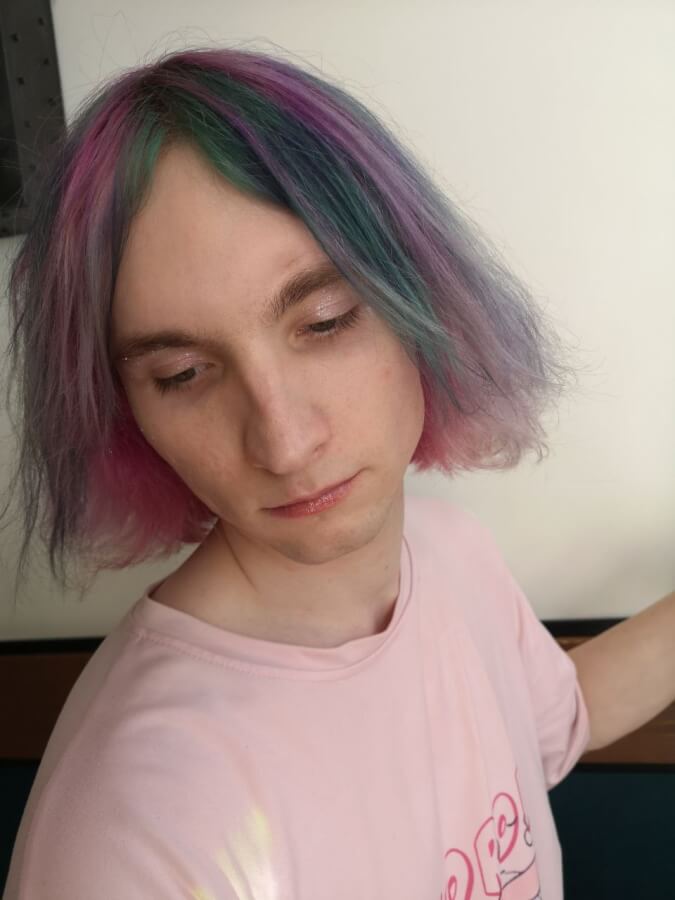
Glikery Ulunov is an STS scholar, poet, and media artist whose work focuses on the material practices of stigmatized phenomena—substance use, self-harm, and suicide. Their research explores the boundaries between authorized and unauthorized domains, particularly psychiatry and biohacking/misuse. Their studies and poetry seek to capture ruined, fragmented landscapes of post-Soviet territories and worlds.
Glikery is a research assistant for the Russian Psychiatry in a Transnational Context project at the Higher School of Economics. They hold an MA in Sociology from MSSES and the University of Manchester.

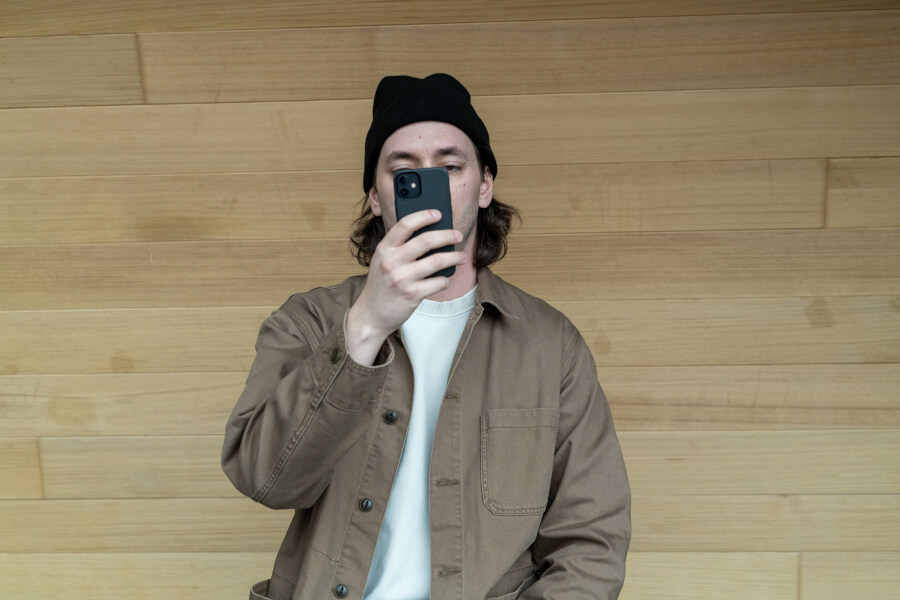
Michael Valiquette is a multidisciplinary artist, photographer, book maker, and graphic designer, based in Troy, New York. Michael makes photographs that integrates border politics, accessibility, separation, secrecy, intimacy, and the complexities of human nature. He holds a Bachelor of Arts degree from Siena College and has worked as a Graphic Designer and Photographer at the Experimental Media and Performing Arts Center (EMPAC) at Rensselaer Polytechnic Institute (RPI).



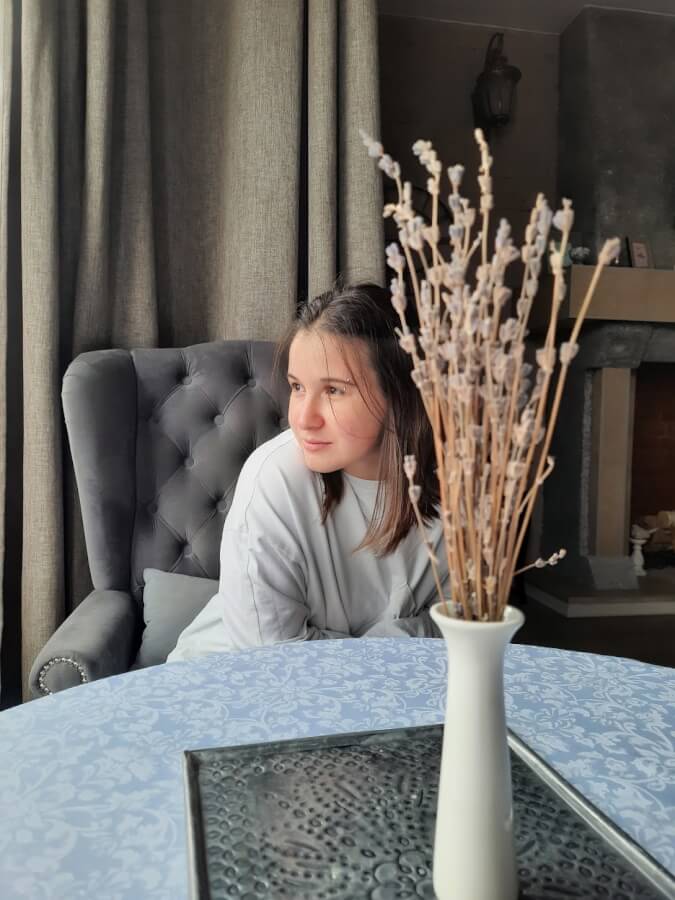
Natalia Vereshchagina is a senior lecturer in the Institute of Media at the National Research University Higher School of Economics (Russia). She works at the intersection of cultural studies, media theory, and film studies, with a focus on narrative analysis. Her research interests include posthumanism, othering and media representations, and film theory. She has participated in projects related to posthumanism and media, outer space and media.



Gwendolyn Miles Smith Professor of Philosophy at Trinity College (CT, USA) and Privat-Dozent of Philosophy at the University of Vienna. Author/editor of 26 books; author of 80+ articles and book chapters; translator of 11 books and of 90+ articles; he works primarily in the area sof aesthetics and political theory. Most recently, he published a book about the Austrian writer Peter Handke (2025). He is completing a volume examining the question of the arts (literature and theater, music, painting) in Alain Badiou's seminal work. This volume succeeds recent volumes on "Slavoj Zizek und die Künste" and on "Jacques Rancière und die Literatur". Furthermore, he is completing a volume that examines the contemporary constellation of biopolitics, aesthetics, and art by gathering theoretical and artistic perspectives from and/or on China, Japan, Turkey, Australia, Brazil, Russia, Italy, France, Austria, and Germany. Publication date for both volumes will be end of 2025. Finally, he has begun working on a book addressing the disarticulation of "great literature" in the work of Elfriede Jelinek.

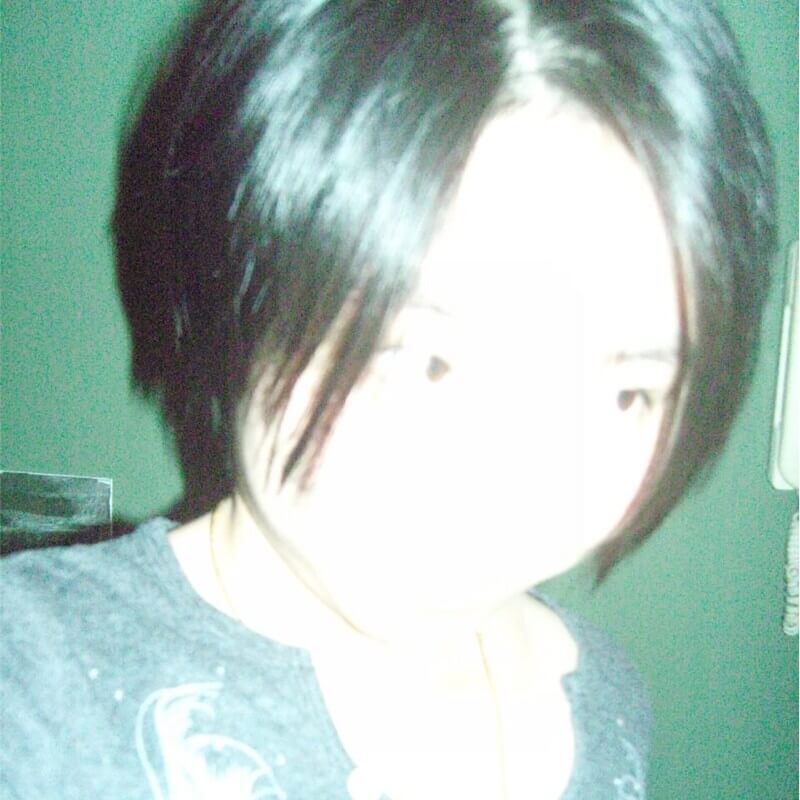
Trained as an architect in Hong Kong, Yidi’s work explores future infrastructure’s intersection with ecosystem and biointelligence. Inspired by collective behavioral analysis in social science, Yidi participated in research on cooperatives in the historic colonial context. Now exploring the ocean inspired by marine animality, Yidi gathered an interdisciplinary group meandering through art, architecture, future governance, climate advocacy, and ocean biodiversity conservation.
Scientific and Sustainability Connections: Now affiliated with FXB International Climate Advocacy, Fab City Global Initiative, and Distributed Design Platform, Yidi brings her creative aesthetics into biointelligence and sustainable work to empower citizen science and interspecies interaction.



Agnieszka Anna Wołodźko, PhD, is a lecturer and researcher teaching contemporary philosophy and art-science at AKI Academy of Art and Design ArtEZ since 2017. At AKI she has founded a biolab kitchen space and the BIOMATTERs, an artistic research programme that explores how to work with living matters. Her research focuses on post-humanism, ecocriticism, affect theory and new materialism at the intersection of art, ethics and (bio)technology. Selected publications include: “On Špela Petrič’s Performative Ethnography or How to Contaminate Automation” in Šum 2024; Špela Petrič and Agnieszka Anna Wołodźko, “Awkward Intimacies” in Antennae 2024; Affect as Contamination. Embodiment in Bioart and Biotechnology, Bloomsbury 2023; “Ars Demones*2022*Manifesto,” in Footprint. Delft Architecture Theory Journal; “Demonological re-enchantments – or how to contaminate through intimate stories of commons without consensus,” in Technoetic Arts: A Journal of Speculative Research; ‘Living Within Affect As Contamination: Breathing In Between Numbers’ in Capacious: Journal for Emerging Affect Inquiry.

Juntao Yang is a researcher, writer, and artist. Yang's critical writings and artistic practices focus on the traces of the operations of micro power in the specific field of visual and material culture, the visible or invisible conflicts and violence in daily existence, and the organization and fluid of the proxy of power. Yang is committed to resorting to Speech, sometimes hysterically, counteracts the silent power of ideology and the pervasive political apathy. Yang's current research focuses on planetary cinema and geological thinking, as well as toxicity and catastrophe media. Yang is currently based in New York and Nanjing.
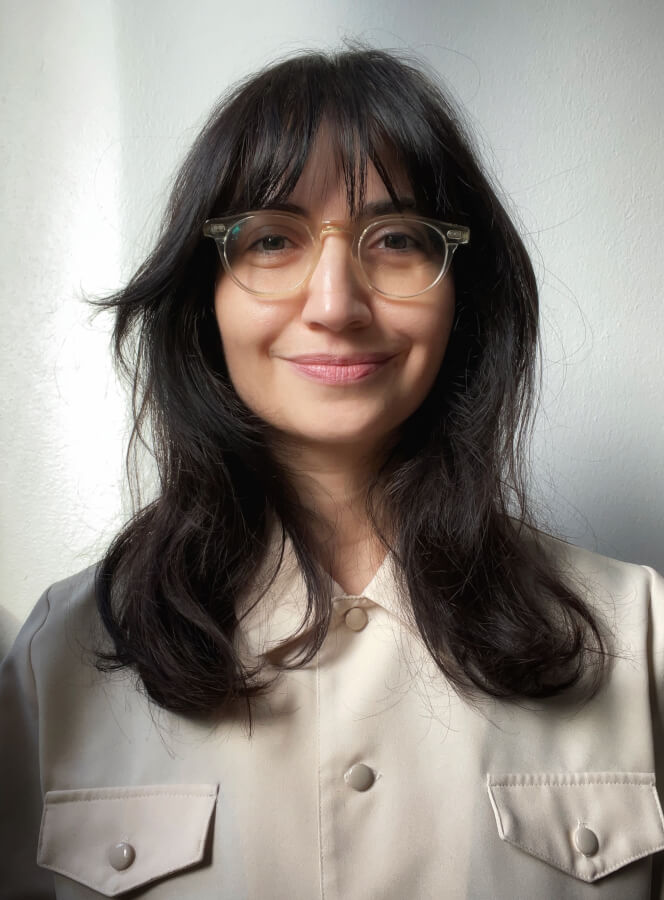
Müge Yıldız is an artist-filmmaker and researcher at Aalto University. She has a BA in Cinema from Galatasaray University, further expanded her cinema education as an Erasmus exchange student at Paris 3 Sorbonne Nouvelle, and completed her MA in Visual Cultures, Curating, and Contemporary Art at Aalto University on a Finland Scholarship. Her work blends experimental filmmaking with hybrid techniques while emphasizing sustainable practices. Her work has been showcased at major international film festivals, including the BFI London Film Festival and Images Festival in Toronto. She also participated in the Oberhausen Film Seminar and Istanbul Biennial Production and Research Program.


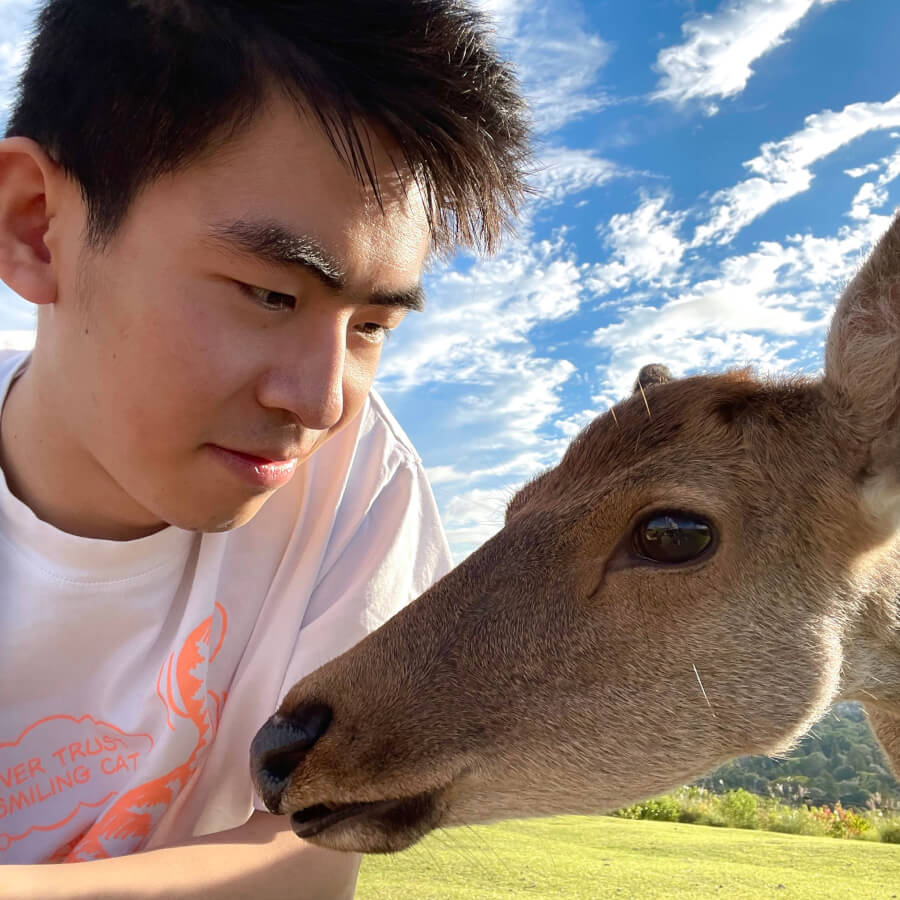
Annan Zuo is a more-than-human researcher and architectural designer. He holds an MPhil in Architecture and Urban Design from the University of Cambridge and currently works at Foster + Partners in London. In October 2025, he will begin a PhD in Geography and the Environment at the University of Oxford. His research focuses on post-phenomenology, intersubjectivity, more-than-human architecture, landscape recovery, empathy, and care.
Annan’s work has been featured at international platforms including the Venice Biennale, Edinburgh Fringe, the Media Architecture Biennale, and exhibited in institutions such as the Shanghai Ming Contemporary Art Museum and Austin Unchained Gallery. He is the recipient of the 2024 BioDesign Challenge Grand Prize and has published with Springer Nature and Innovation: The European Journal of Social Science Research. He has presented at conferences across cybernetics, systems design, bio art, and architecture, including RSD12, ASC60, and ISEA 2025.
He was nominated for both the RIBA Bronze and Silver Medals and is an active member of the American Society for Cybernetics and the Eco-centric Future Lab.

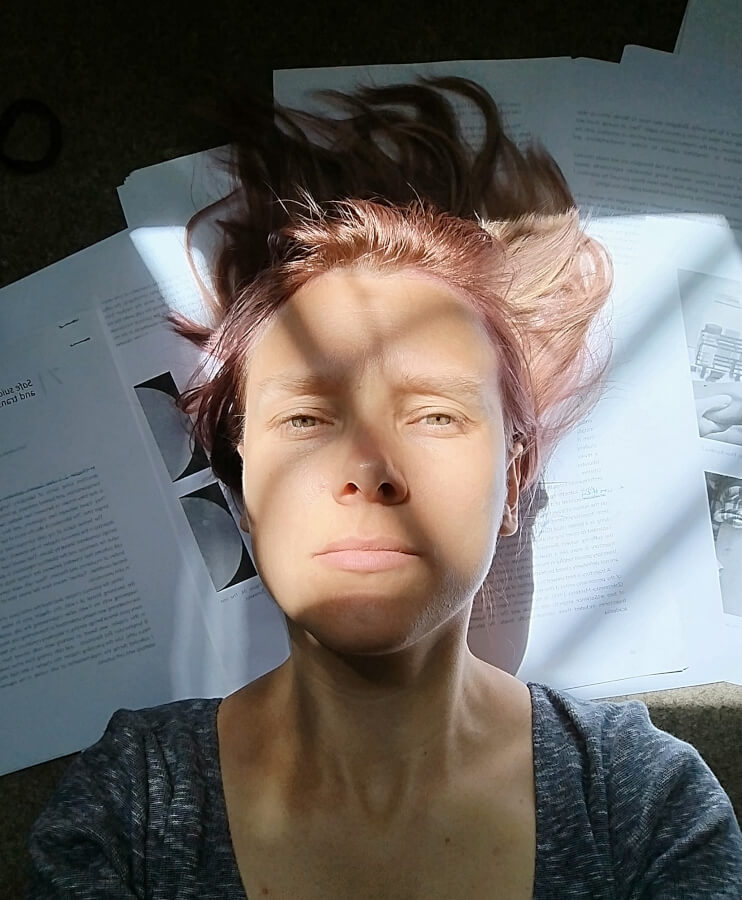
Karolina Żyniewicz (PL/DE) is a Berlin-based artist&researcher&educator, a liminal being, existing and performing between various contexts and disciplines. She is a graduate of the Faculty of Visual Arts of the Strzemiński Academy of Fine Arts in Łódź and holds PhD in cultural sciences (obtained in the transdisciplinary program Nature-Culture at Artes Liberales Faculty, University of Warsaw). While executing art&research projects based mainly on biotechnology and medicine, she also conducts ethnographic and autoethnographic observations. In her work, she underlines the epistemic and didactic dimensions of art. In 2016–2018, she cooperated with the education departments of the Museum of Modern Art in Warsaw and the Zachęta National Gallery of Art, running workshops and museum lessons for regular audiences and with accessibility for visually impaired and deaf visitors. She uses these educational experiences in her own liminal practice. The topics of her work are often related to broadly understood life and death and their social and biological dimensions. That is why she is a member of the Institute of the Good Death in Warsaw. Her work is strongly process-oriented, so she often participates in residencies, like the European Media Art Platform (EMAP) at Kontejner Zagreb or Coalesce in Buffalo, NY, and group projects, like Stretching Senses School by Humboldt Cluster of Excellence Matters of Activity. She exhibited internationally, for instance, at Kunstquartier Bethanien in Berlin, Kontejner Zagreb, or The Center of Contemporary Art Łaźnia in Gdańsk, Poland. Additionally, she is an associate reviewer of the Technoetic Arts journal.
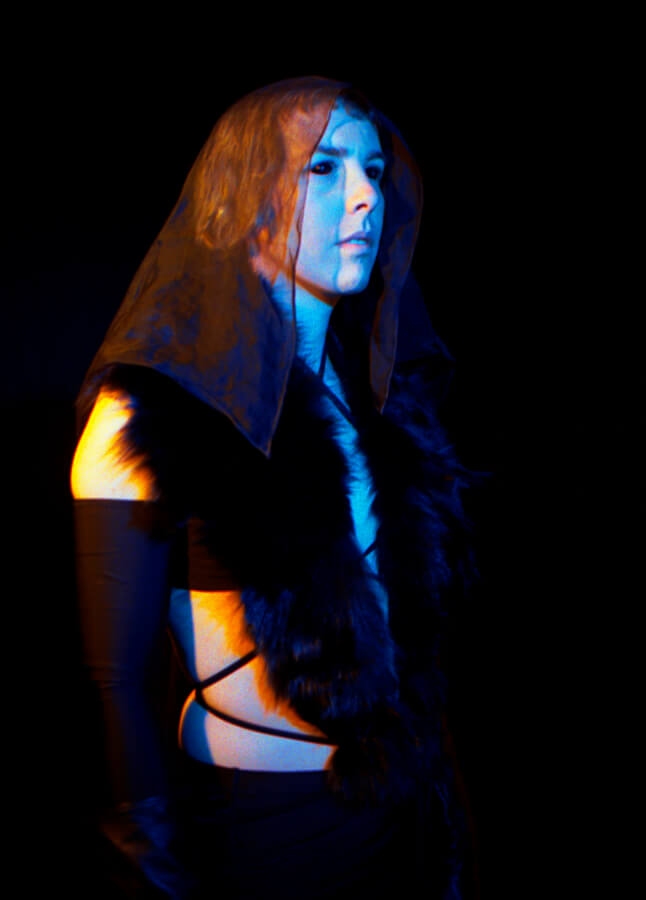
edna is multidisciplinary artist and scientist, blending sound art, experimental music, and digital performance. Her background in material chemistry and heritage sciences and her work on the origin of colours in the first colour photographic process resulted in her PhD graduation from the Ecole Normale Superieure (Paris) in 2018. In the framework of the SACRe doctoral program (Science, Arts, Création, Recherches) she initiated Arts/Sciences collaboration on photographic processes, and image formation. As an artist and trans woman, her work intersects vulnerability, body politics, and more recently AI. She uses DJing and live performances to challenge normative ideas about identity, technology, and censorship. Her recent performances in SOMA gallery in Marseille, Maloka Interactive Museum in Bogotá and Casa Bagre in Lima explored topics such as depersonalization, self-representation, and healing through collaborative, immersive sonic and visual experiences. Her scientific background uniquely informs her artistic practices and enables her to approach projects with a blend of analytical depth and creative experimentation.

Ionian University
Secretariat - Conference TTT Webteam
Tsirigoti Square 7, 49100 Corfu
Ionian Islands Region, Greece
av-ttt@ionio.gr

